All Tarot Card Meanings
This is your starting point for learning every tarot card meaning. From the Major Arcana to the Minor Arcana, you can explore each card in detail. Use this page to find quick links to individual card guides, so you can study one card in depth or compare several side by side for a richer, more layered understanding.
Major Arcana Meanings
The Major Arcana contains twenty-two cards that reveal the key archetypes and milestones in life. They represent big shifts, important lessons, and turning points that shape our personal and spiritual growth. These cards often highlight the defining moments that leave lasting impacts and transform how we see ourselves and the world around us.
They offer insight into the bigger patterns at work and can highlight transformative moments that demand our attention. The Major Arcana can point to life-changing themes and help frame a reading’s central narrative with depth and focus. Click below to explore the Major Arcana in detail and see the meaning of each card.
Minor Arcana Meanings
The Minor Arcana is made up of fifty-six cards across four suits. These cards focus on daily events, practical choices, and challenges, showing the smaller steps that make up a much bigger life journey. They add nuance and precision to readings, helping anchor the reading in the specifics of everyday experiences.
They work alongside the Major Arcana to tell a complete and balanced story, filling in the details that explain how bigger themes manifest in real life. The Minor Arcana reflects the smaller but equally important movements that influence the direction of your journey. Click below to explore the Minor Arcana in more depth.
Tarot Symbolism
The Rider-Waite-Smith tarot deck, illustrated by Pamela Colman Smith, is one of the most widely recognised and used in modern tarot, forming the foundation for the majority of interpretations and teaching resources used by readers worldwide today.
Its imagery is filled with layered symbols that speak on multiple levels, offering insights that are both accessible to beginners and rich for experienced readers. In my card breakdowns, I work from this deck because of its clarity and symbolic depth. Paying attention to these visual cues will make your readings more accurate and adaptable, helping you connect meaningfully with any deck you use.
How to Learn Tarot Card Meanings
When learning tarot card meanings, begin by studying each card individually. Focus on its core symbolism, imagery, and traditional meaning. Write your own notes, paying attention to what feelings or ideas the card sparks. Compare this with trusted resources, but let your own observations shape your understanding.
Practise by drawing a card daily and considering how its meaning could relate to your life that day. Keep a journal to track patterns and personal associations. Over time, you will build a memory of the cards that blends established meanings with your intuitive insights, making your interpretations natural and adaptable.
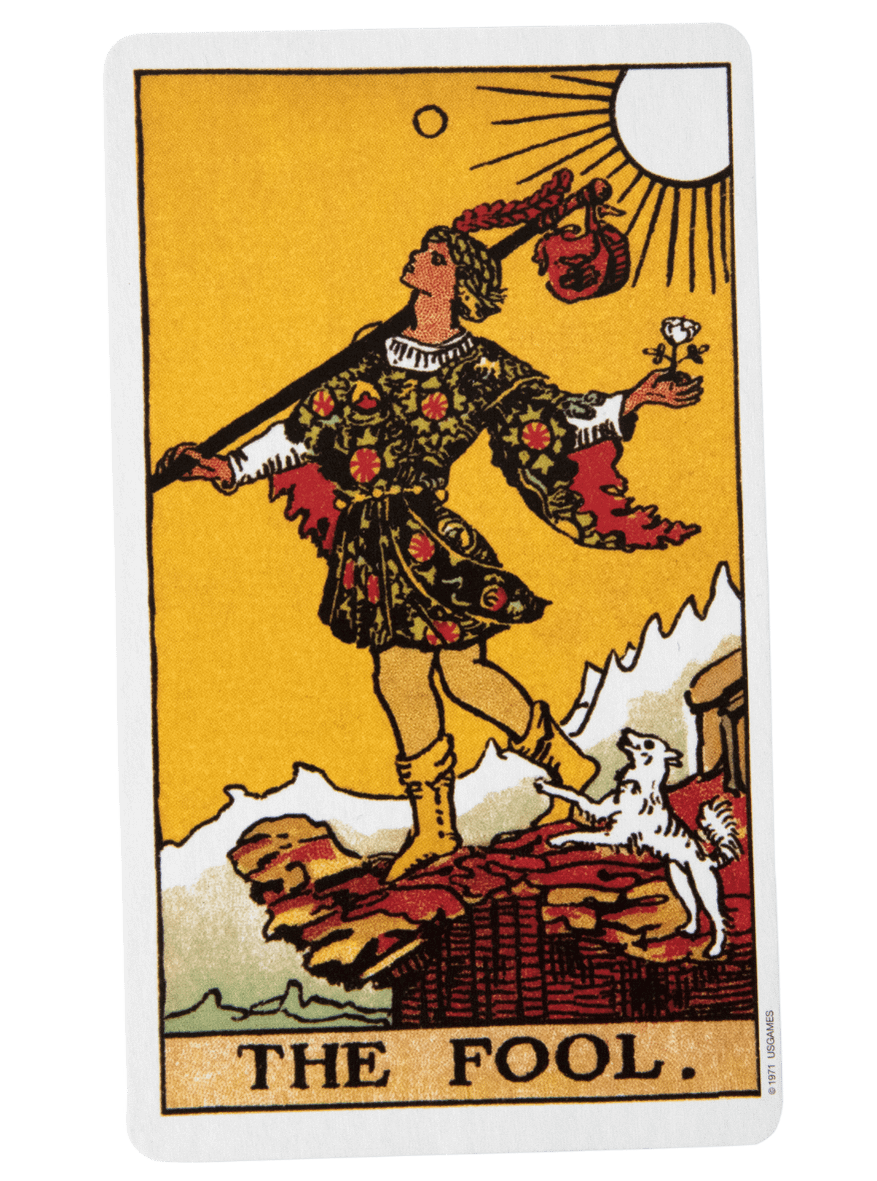
The Fool
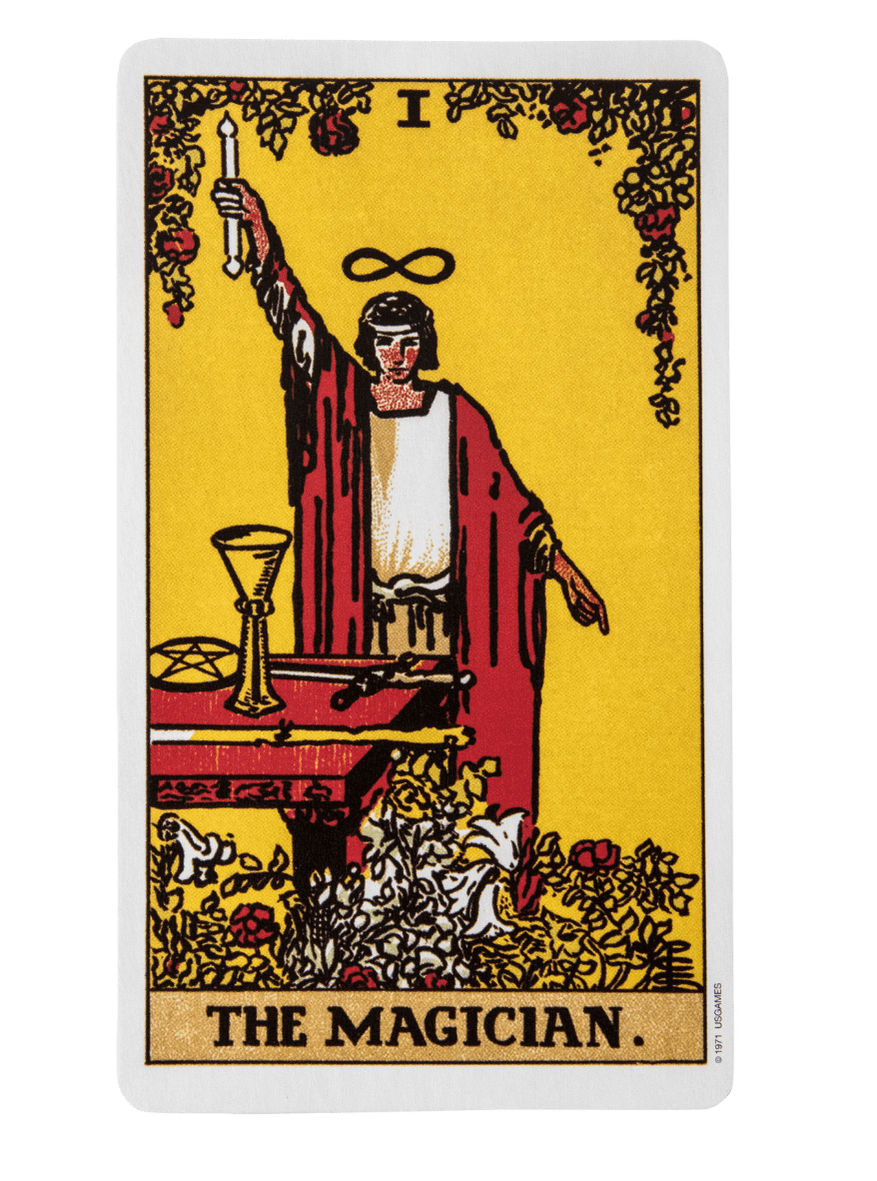
The Magician

The High Priestess
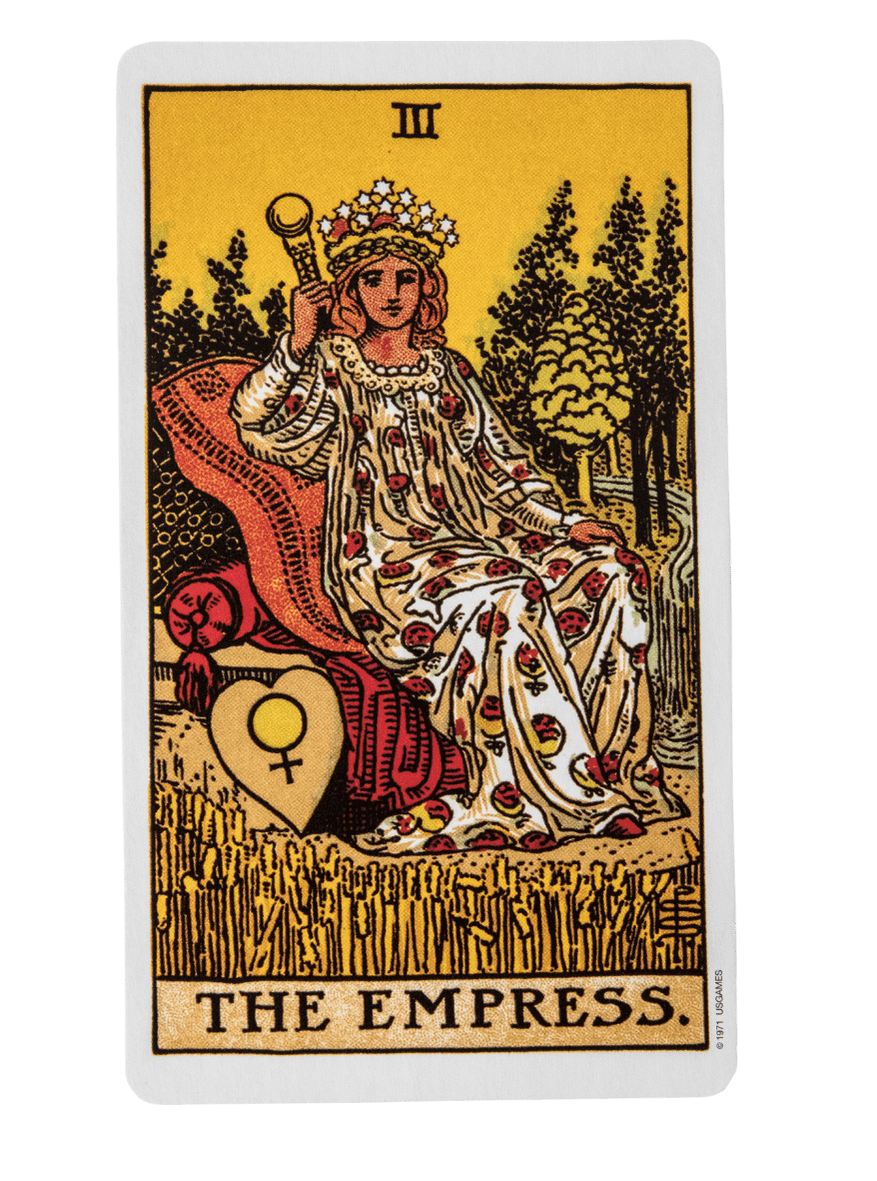
The Empress
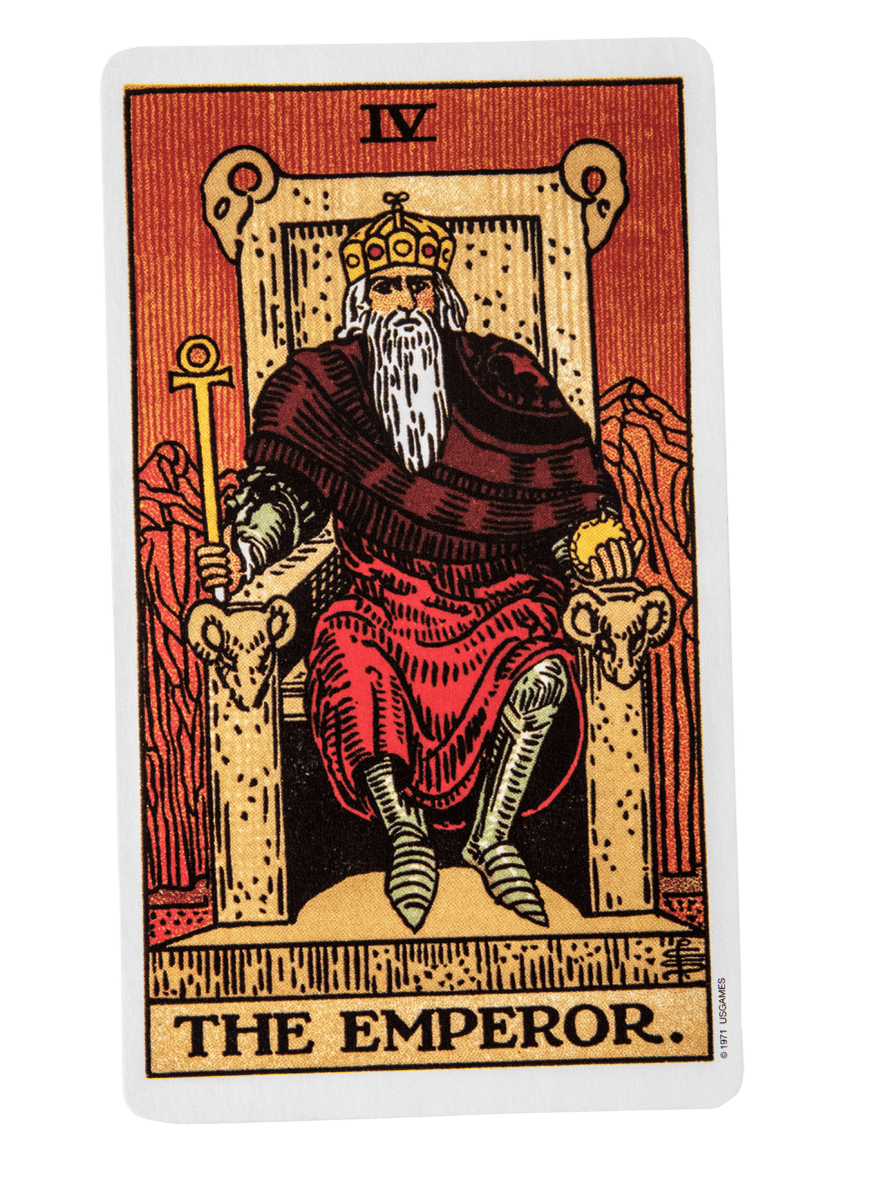
The Emperor
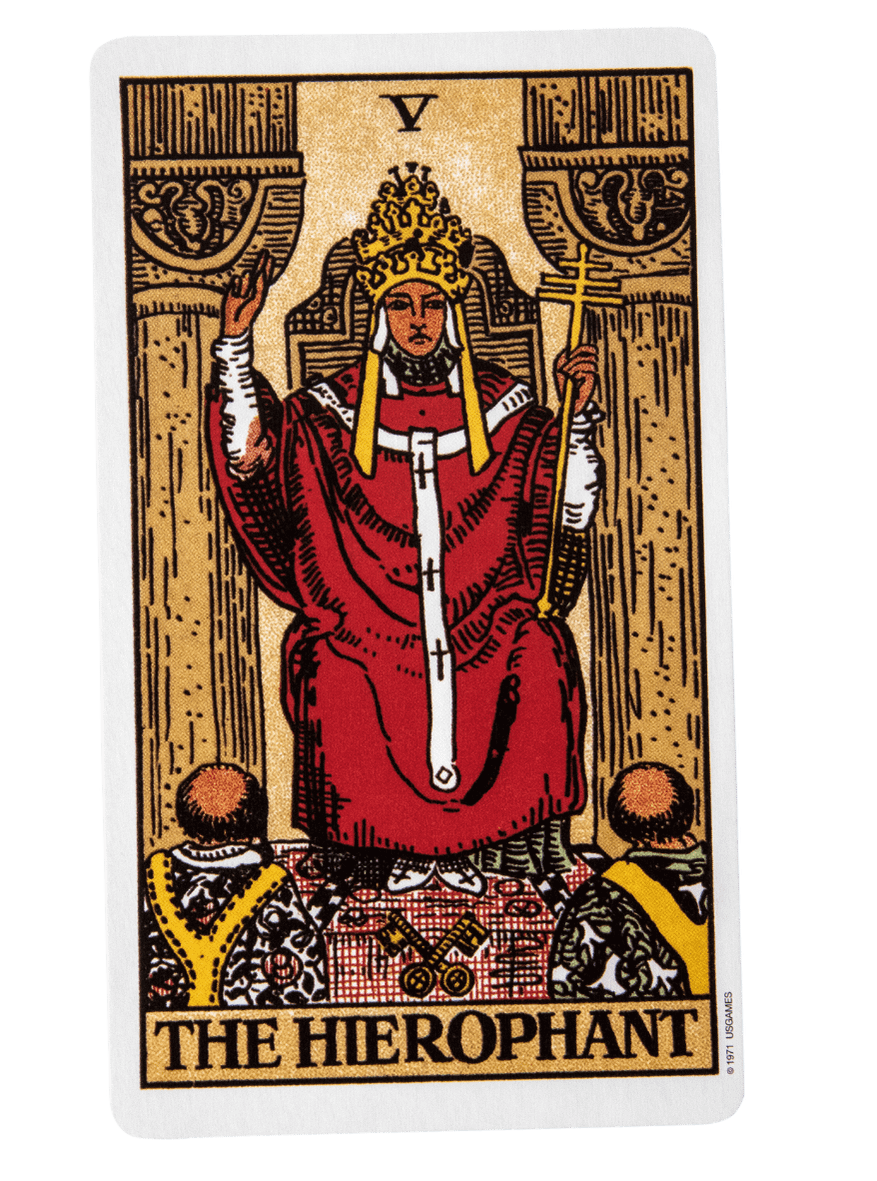
The Hierophant
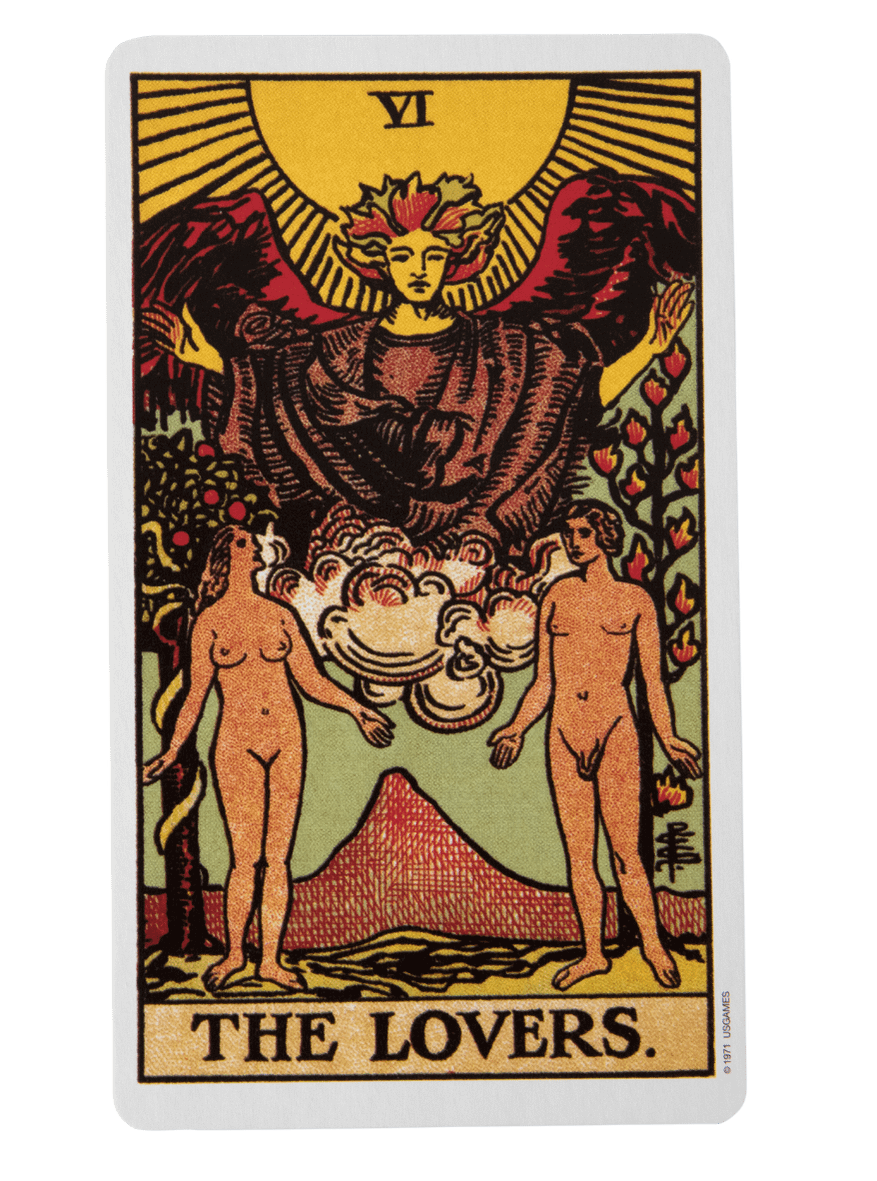
The Lovers
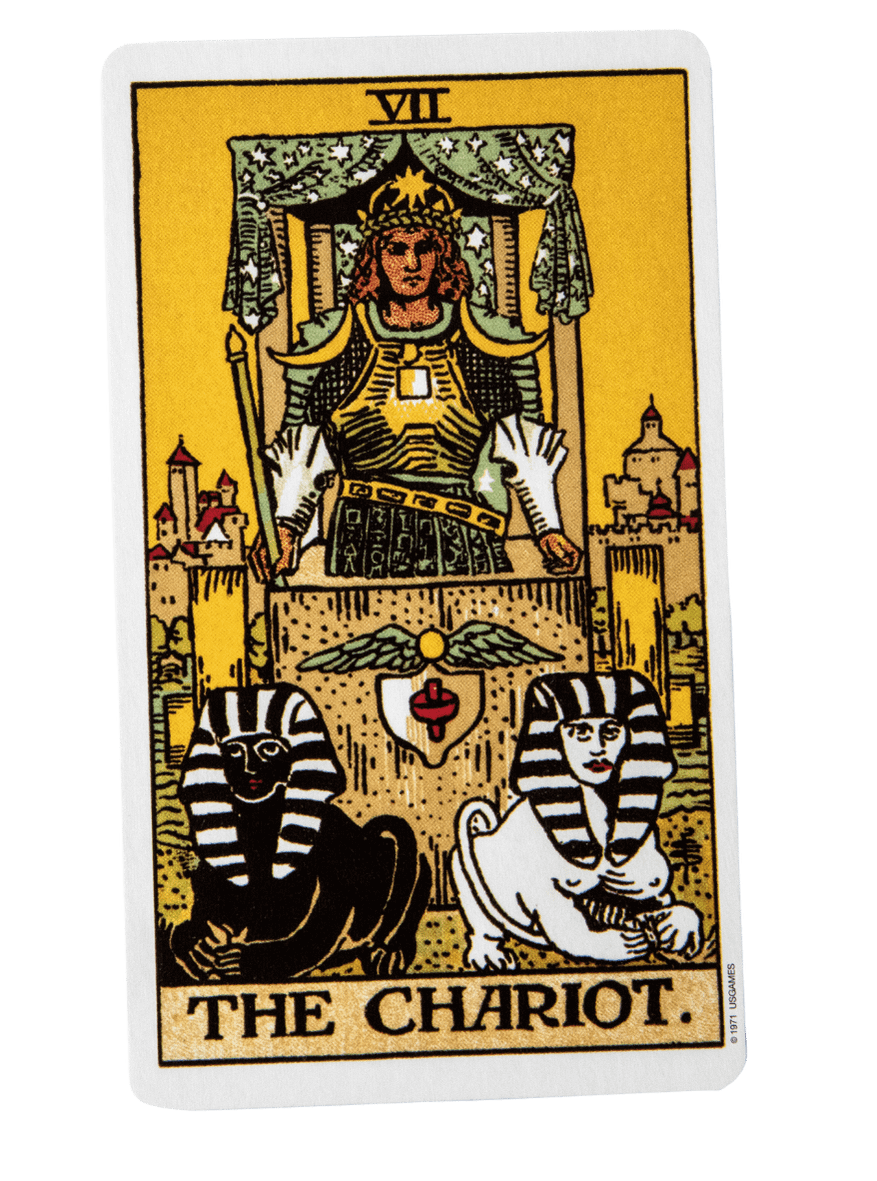
The Chariot
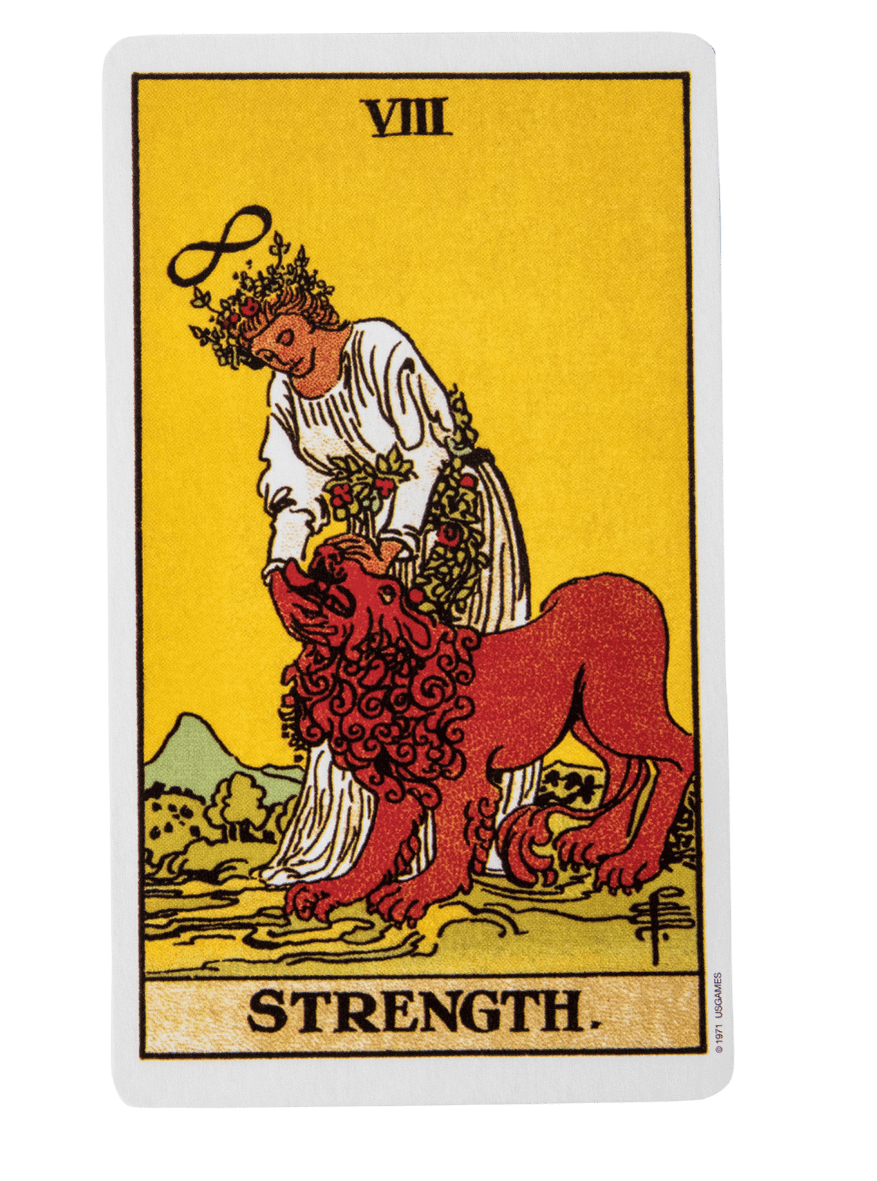
Strength

The Hermit
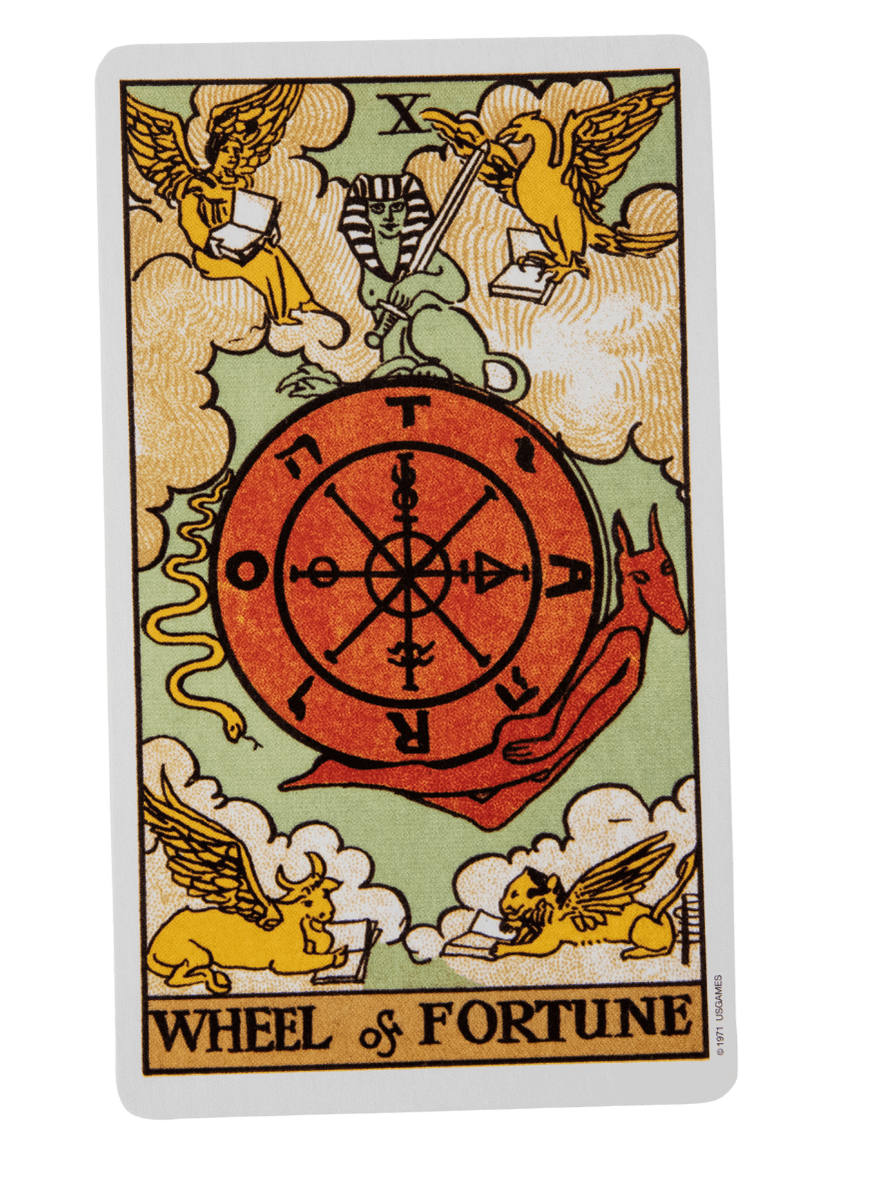
The Wheel of Fortune
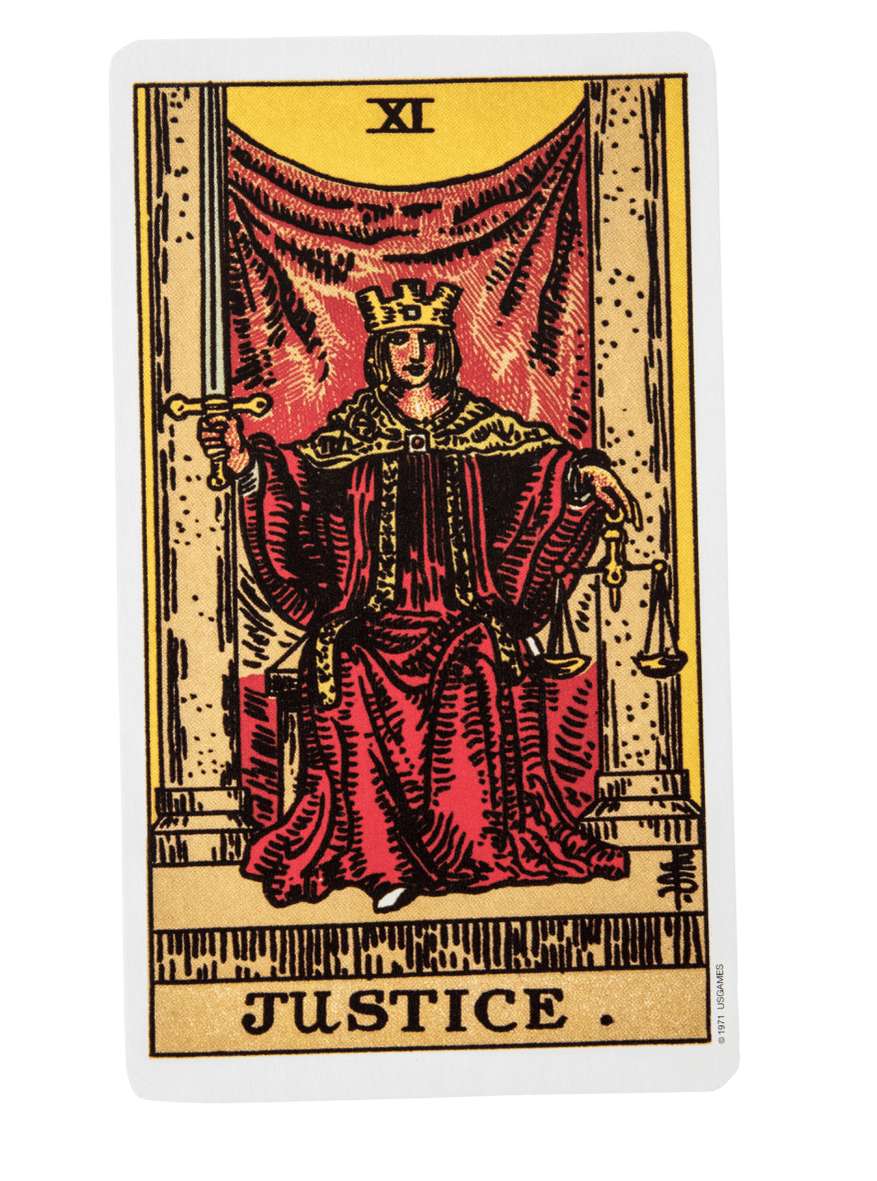
Justice
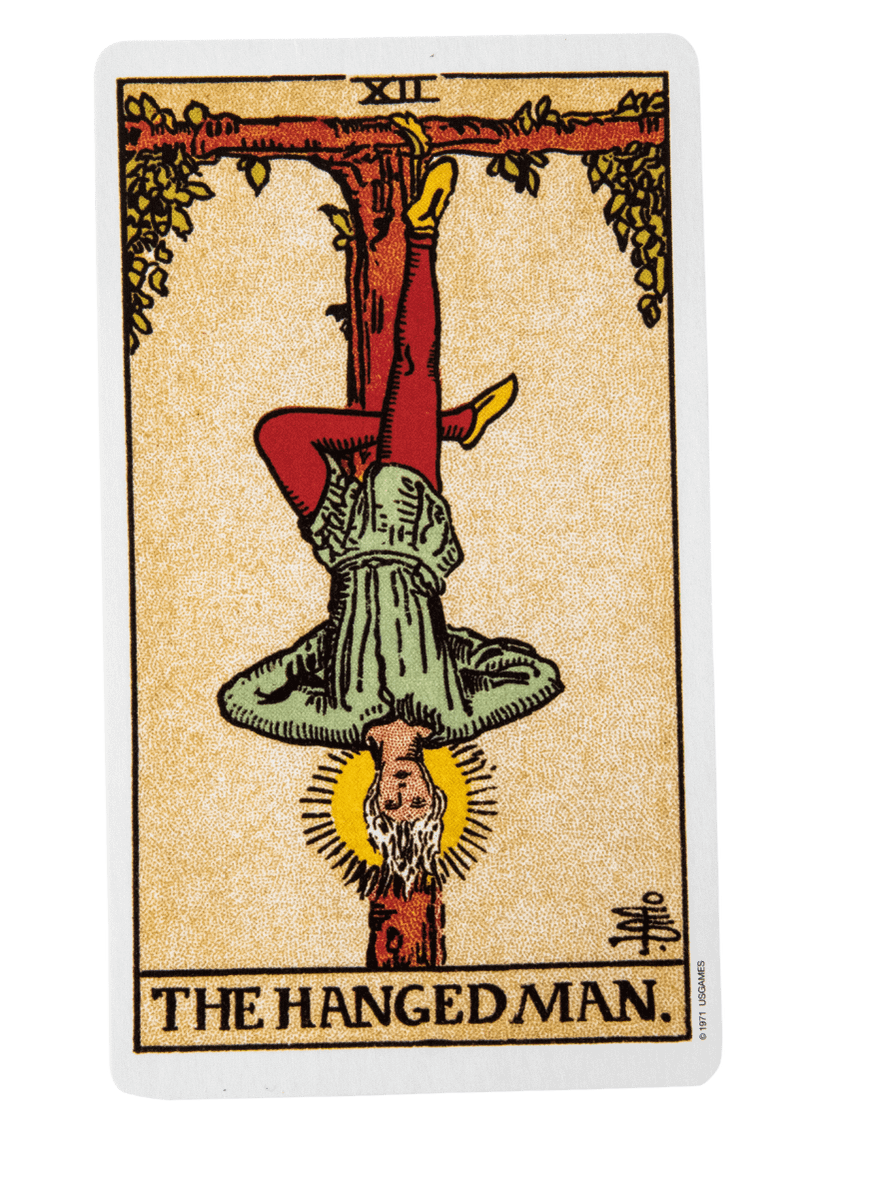
The Hanged One
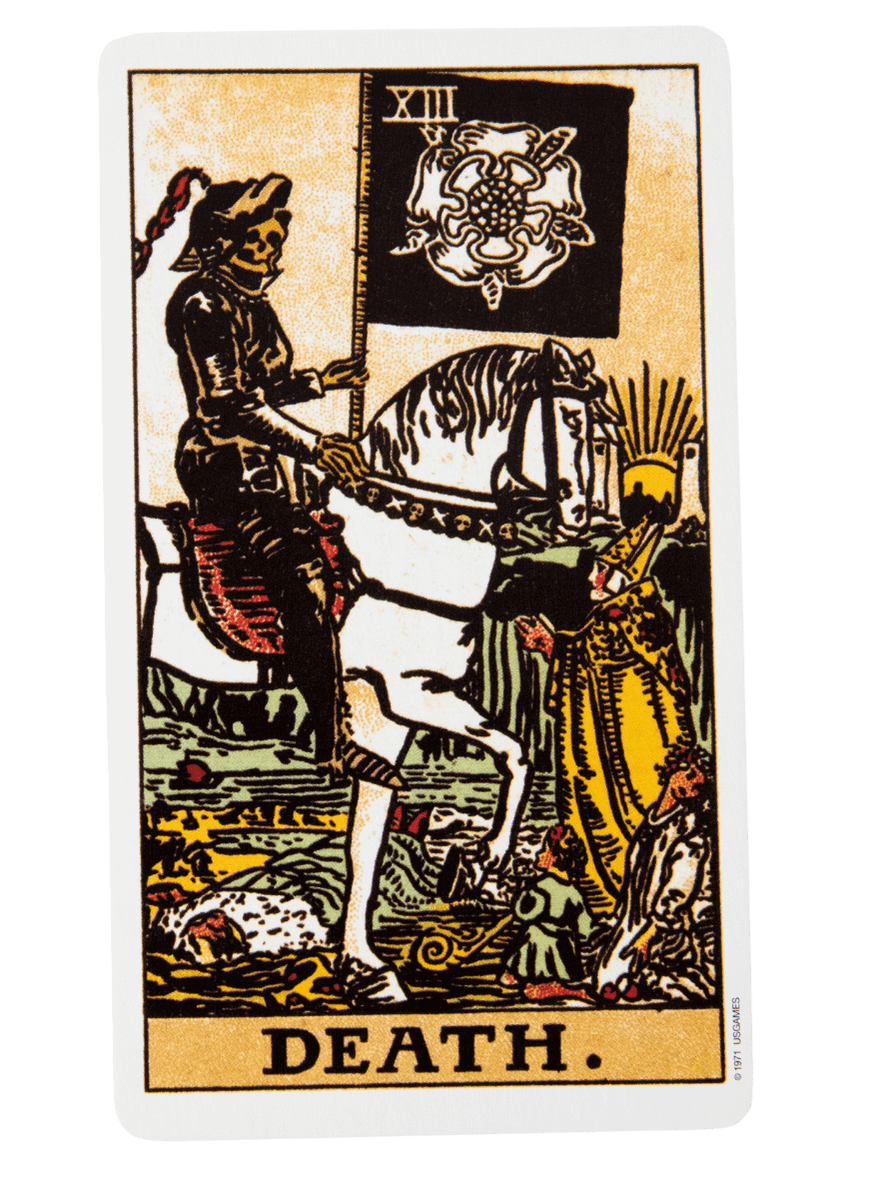
Death
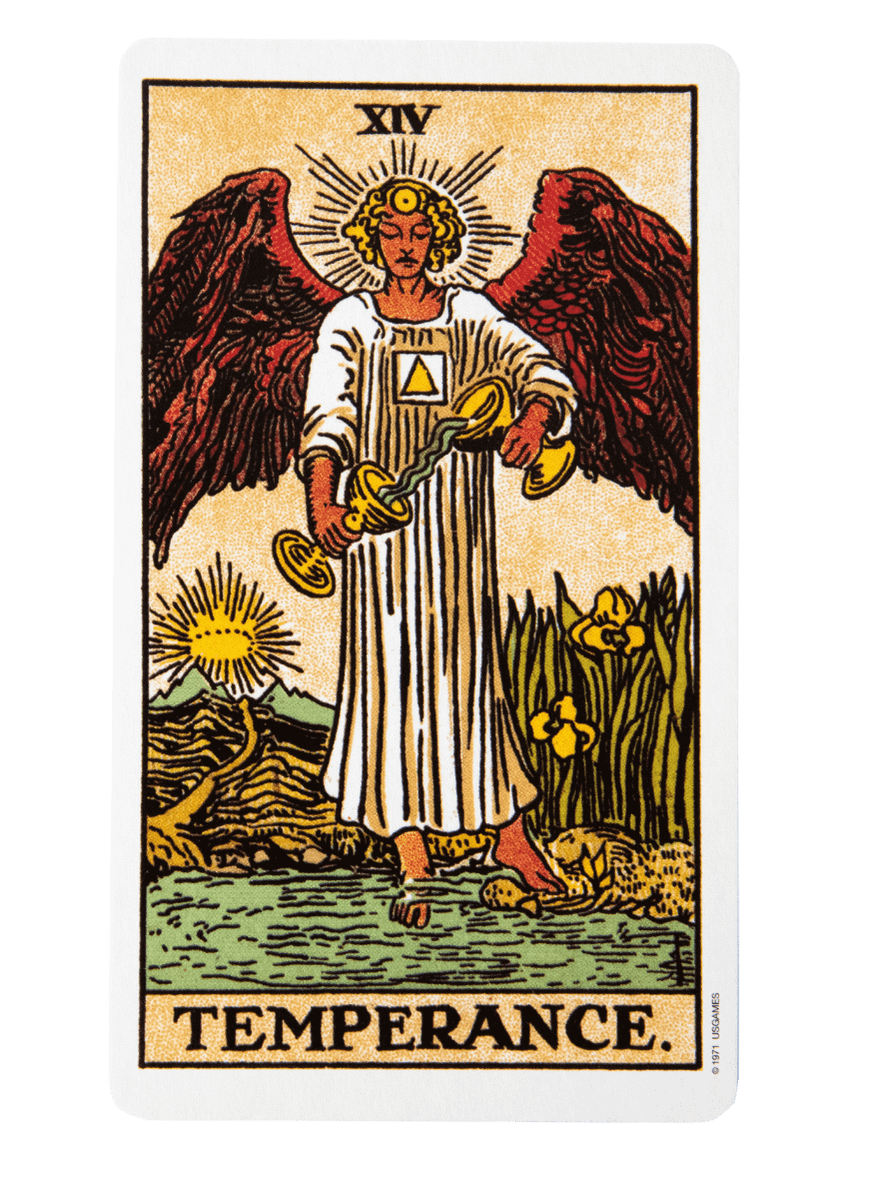
Temperance
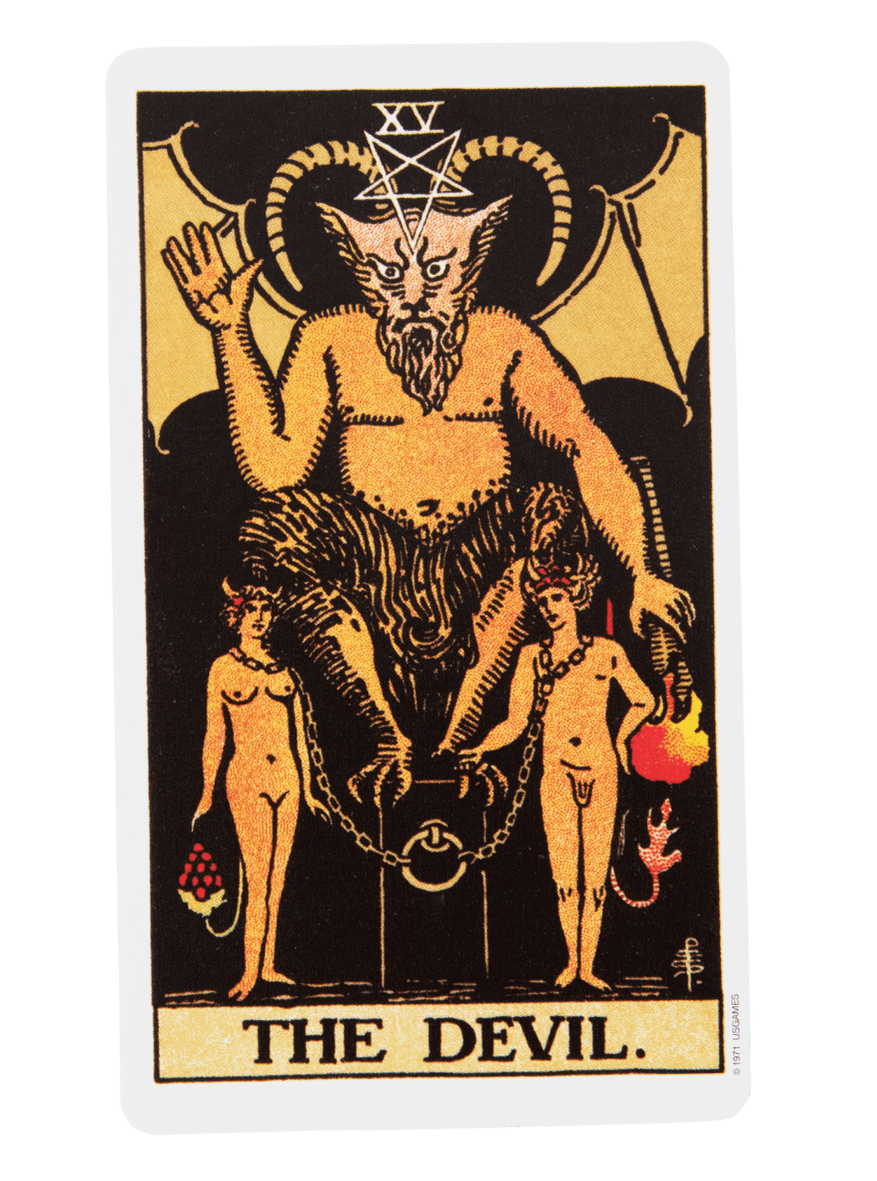
The Devil
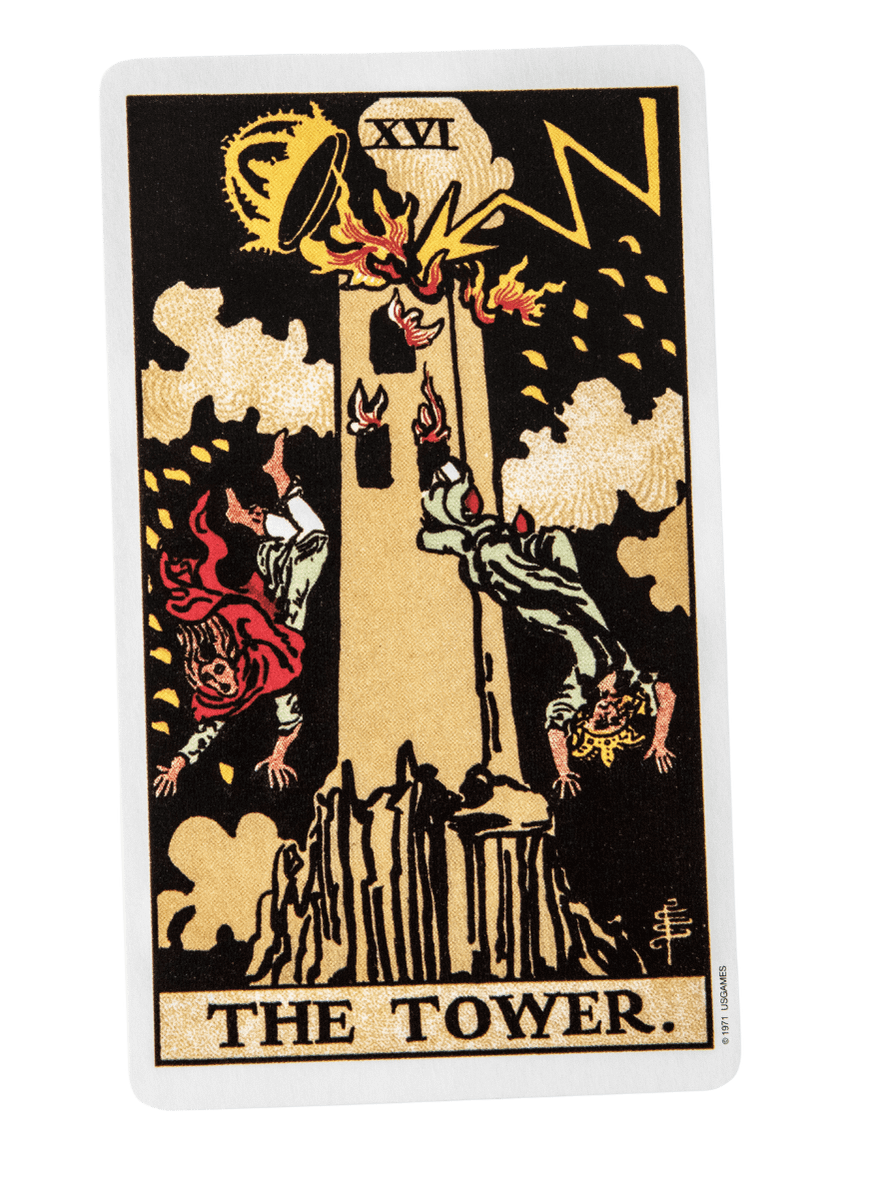
The Tower
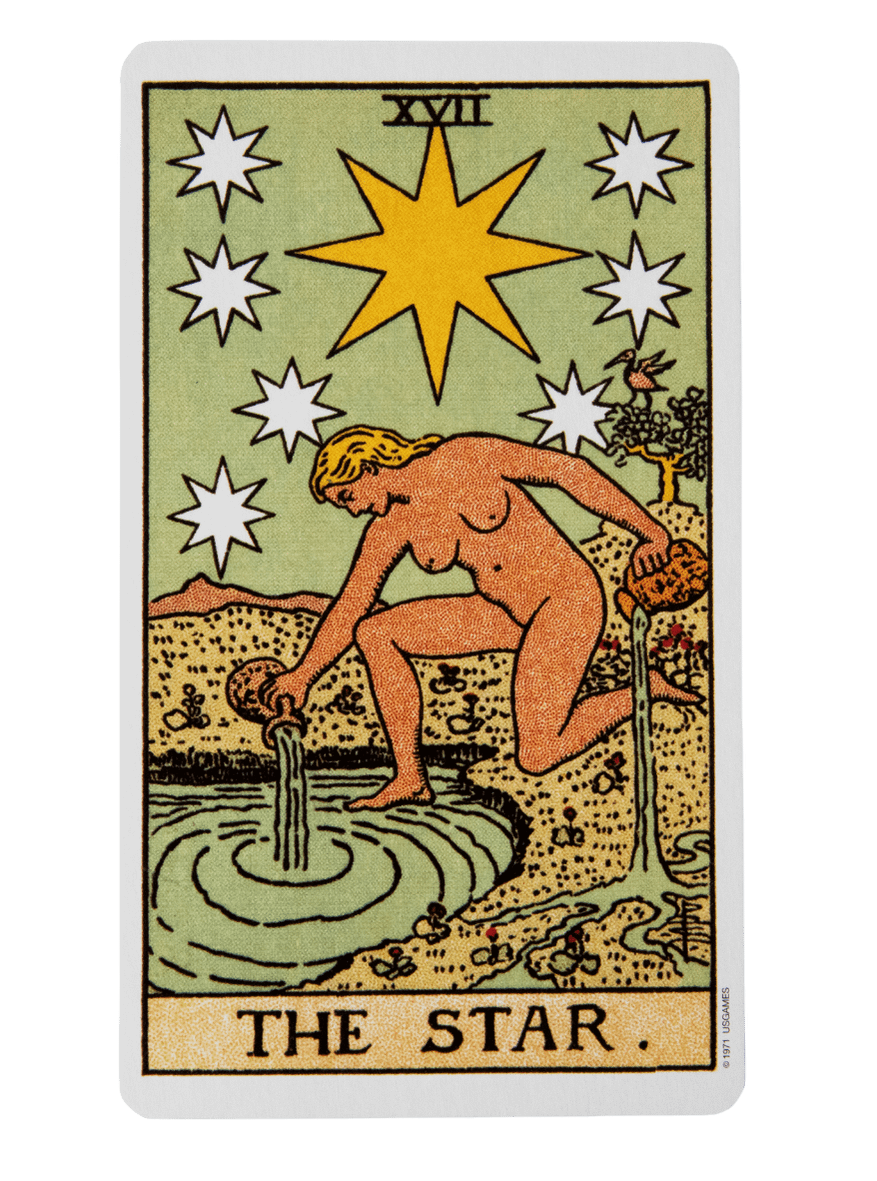
The Star
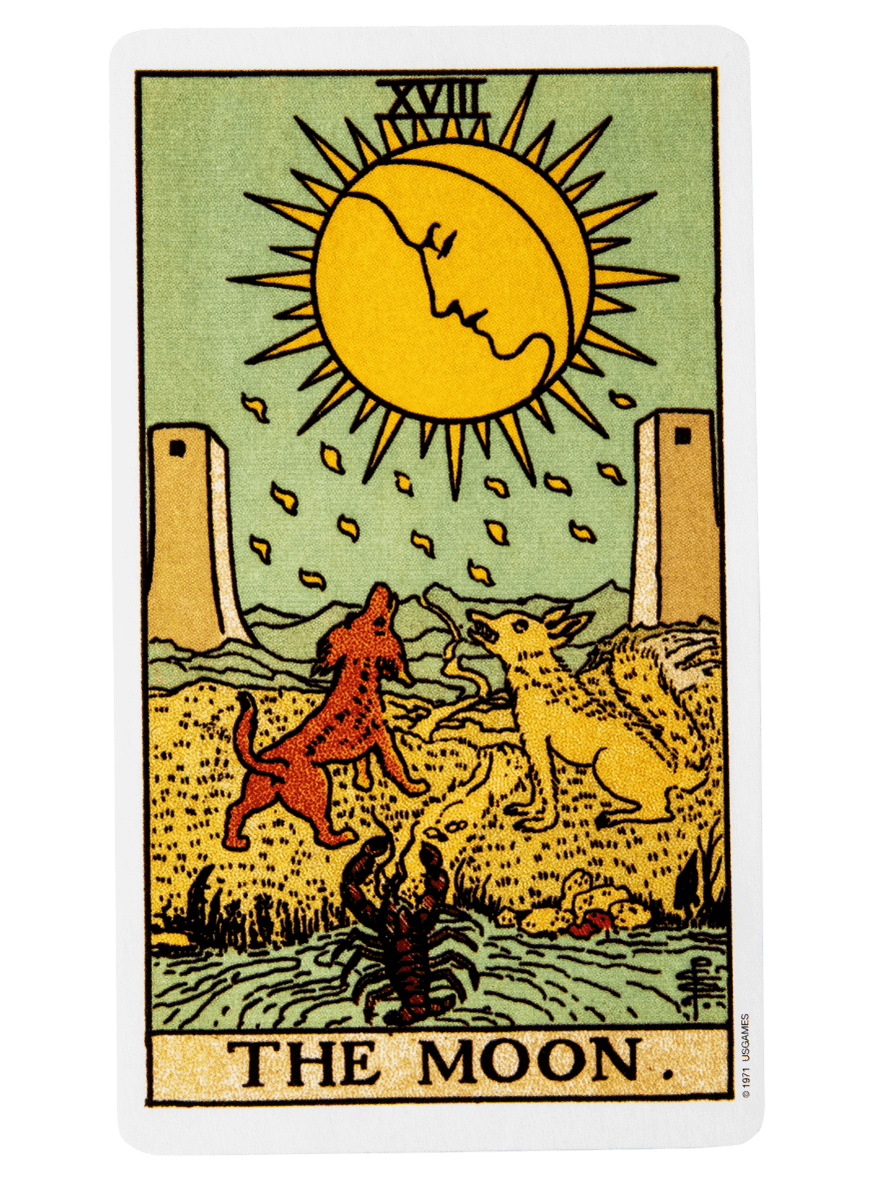
The Moon
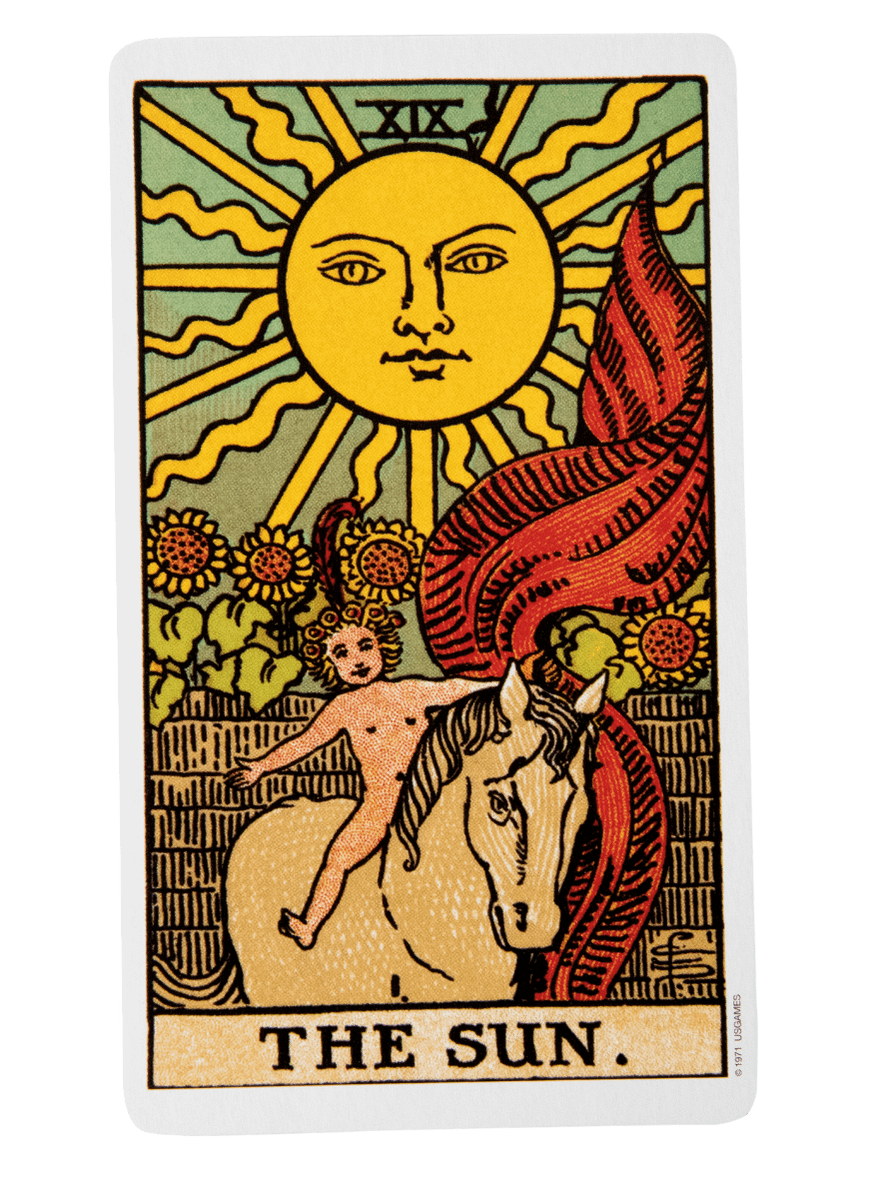
The Sun
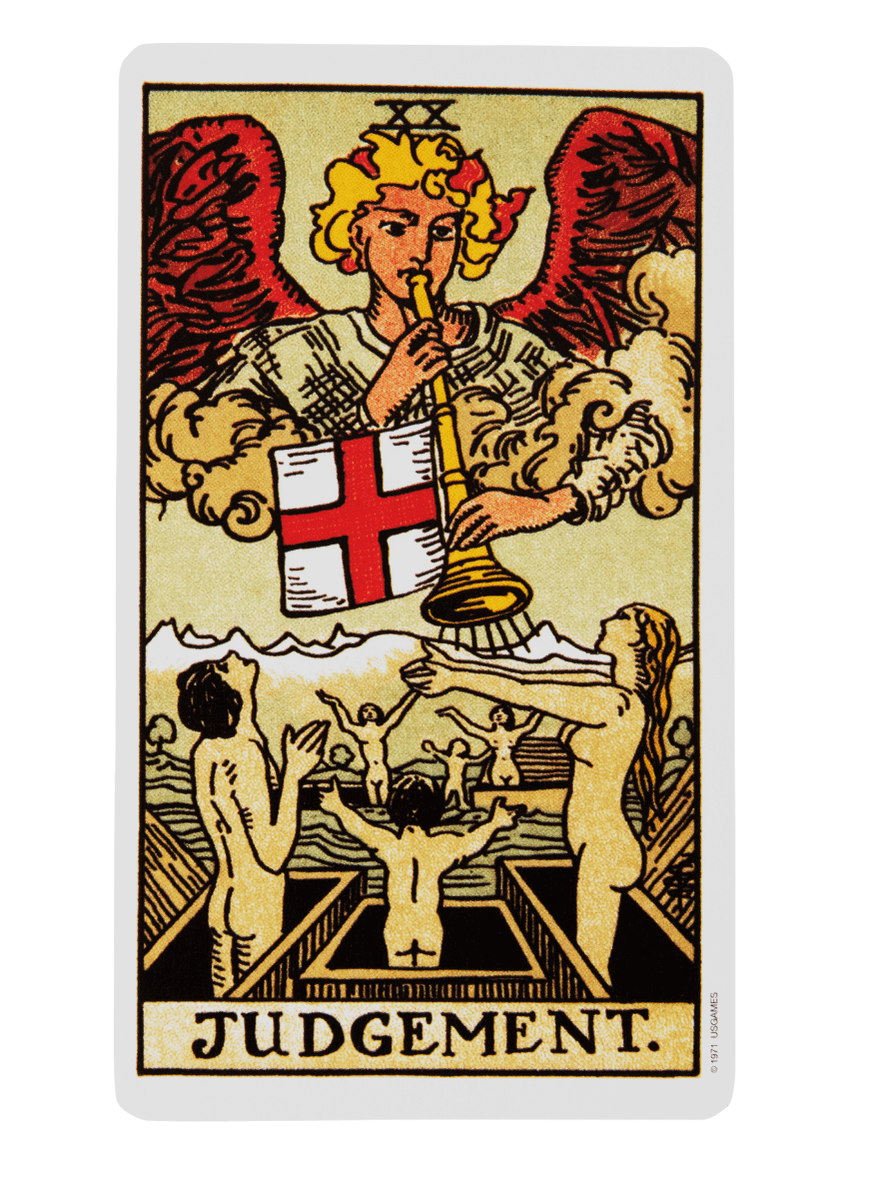
Judgement
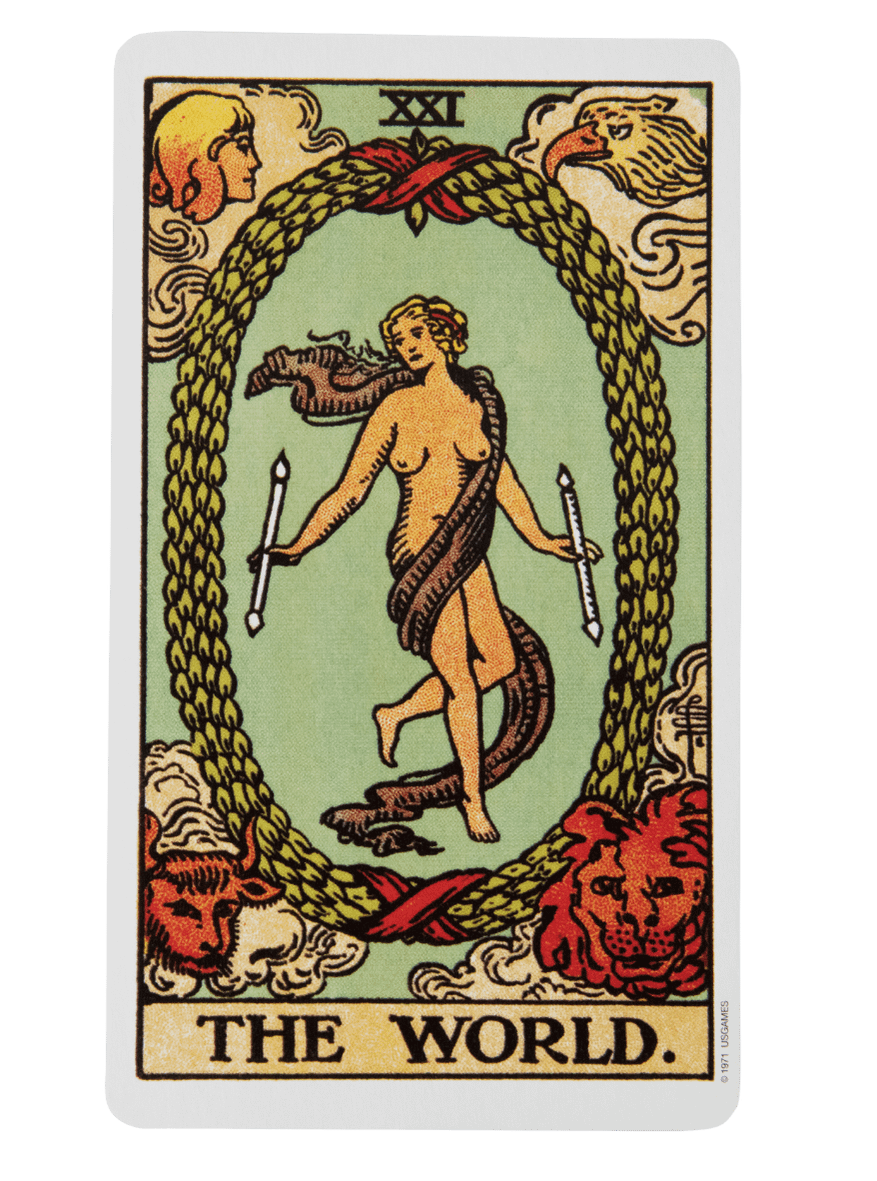
The World
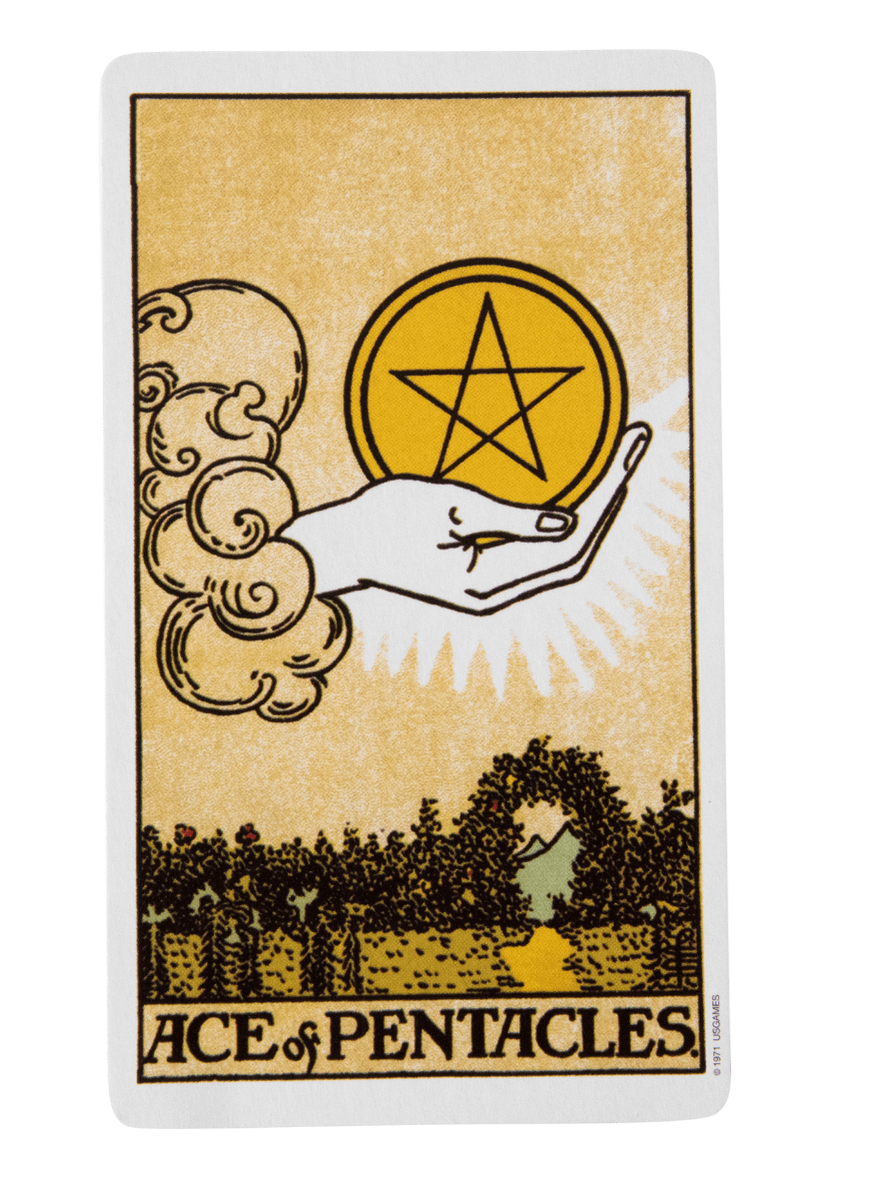
Ace of Pentacles
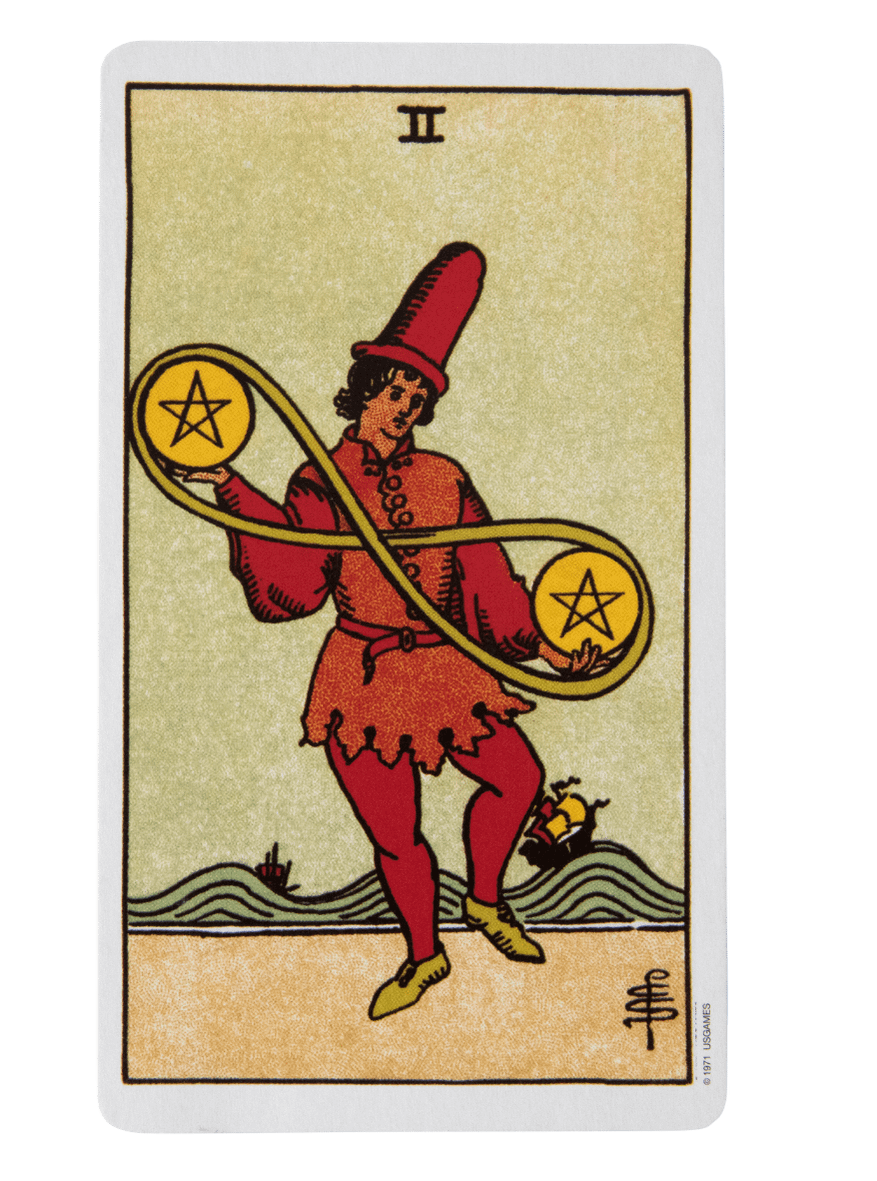
Two of Pentacles
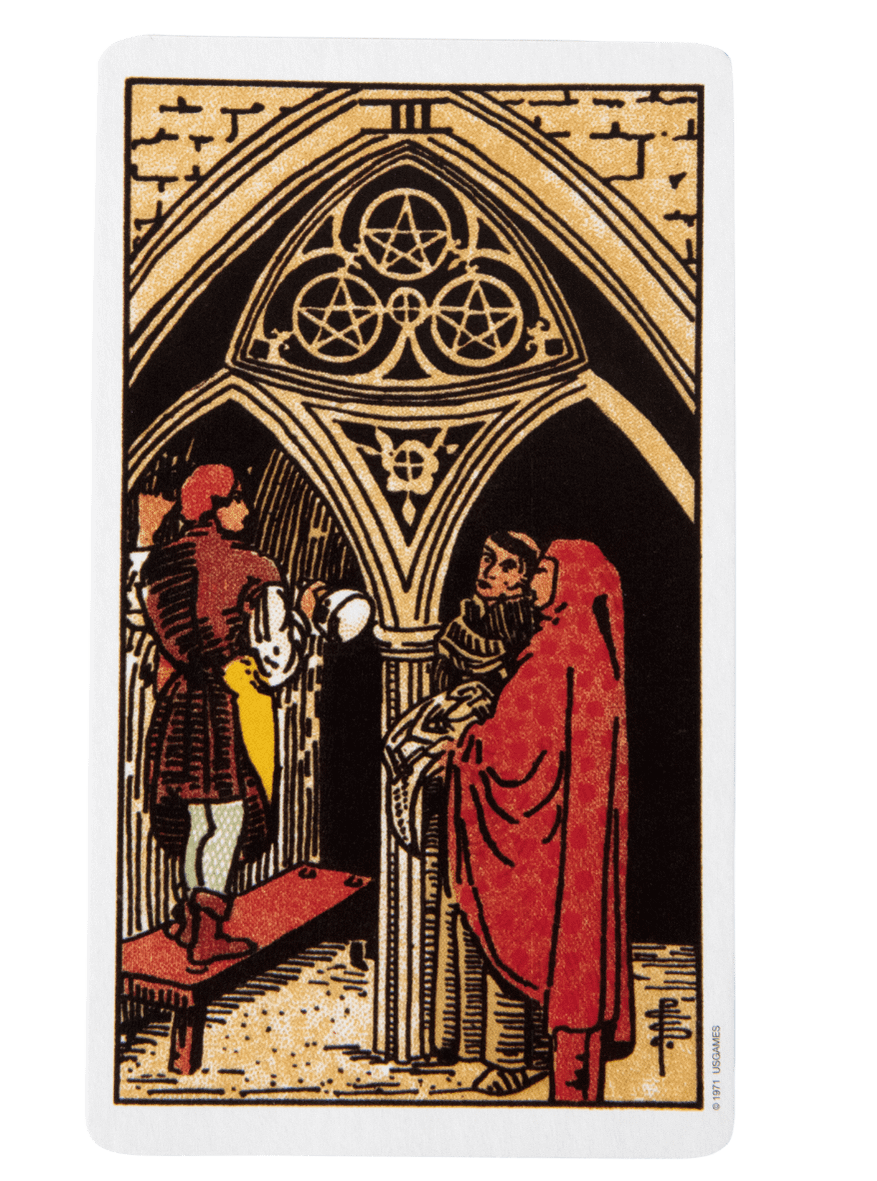
Three of Pentacles
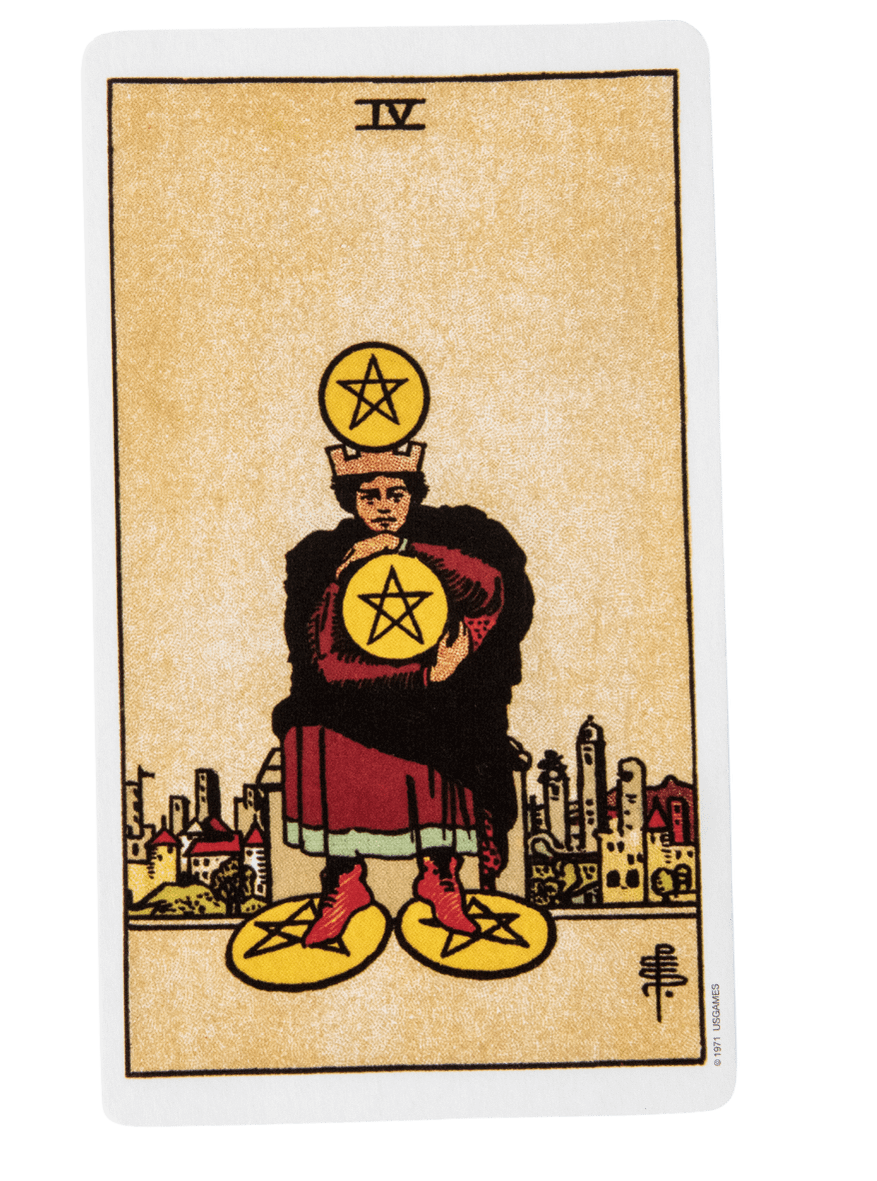
Four of Pentacles
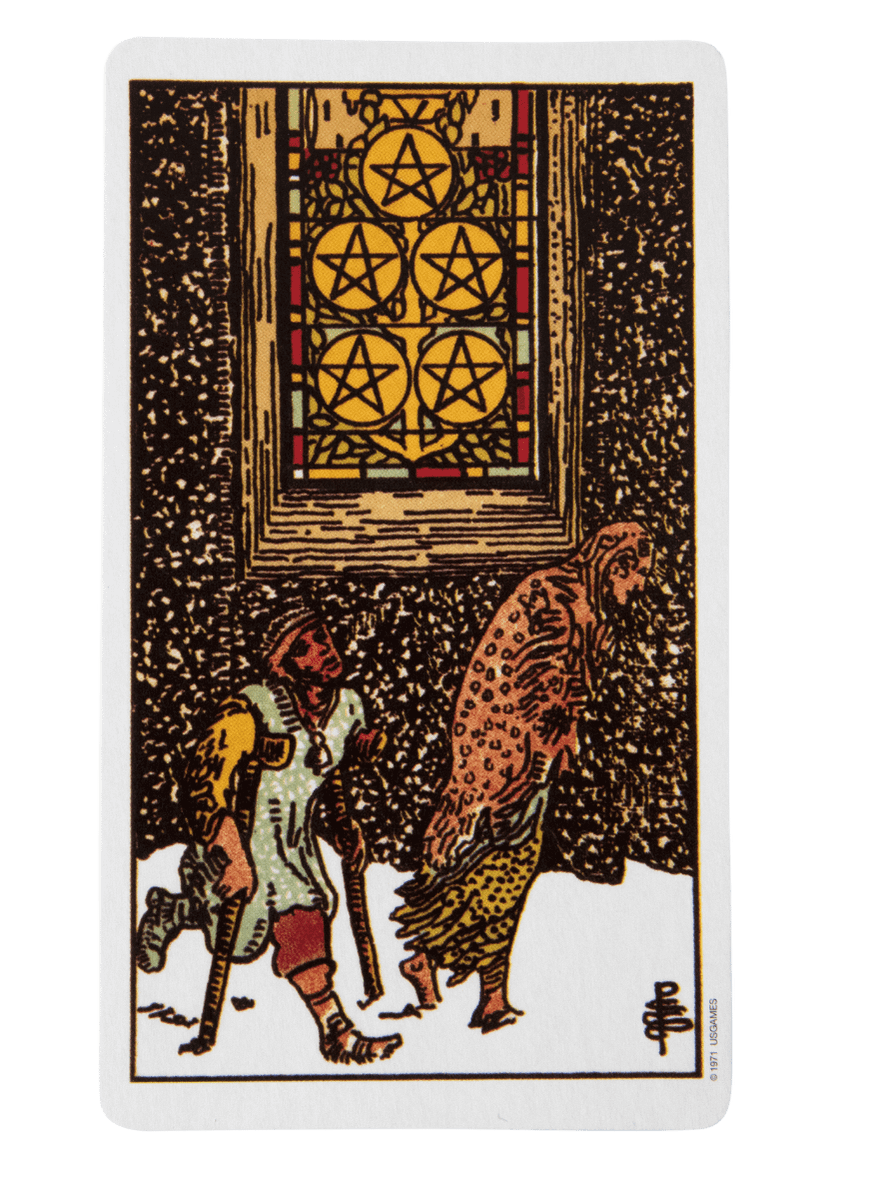
Five of Pentacles
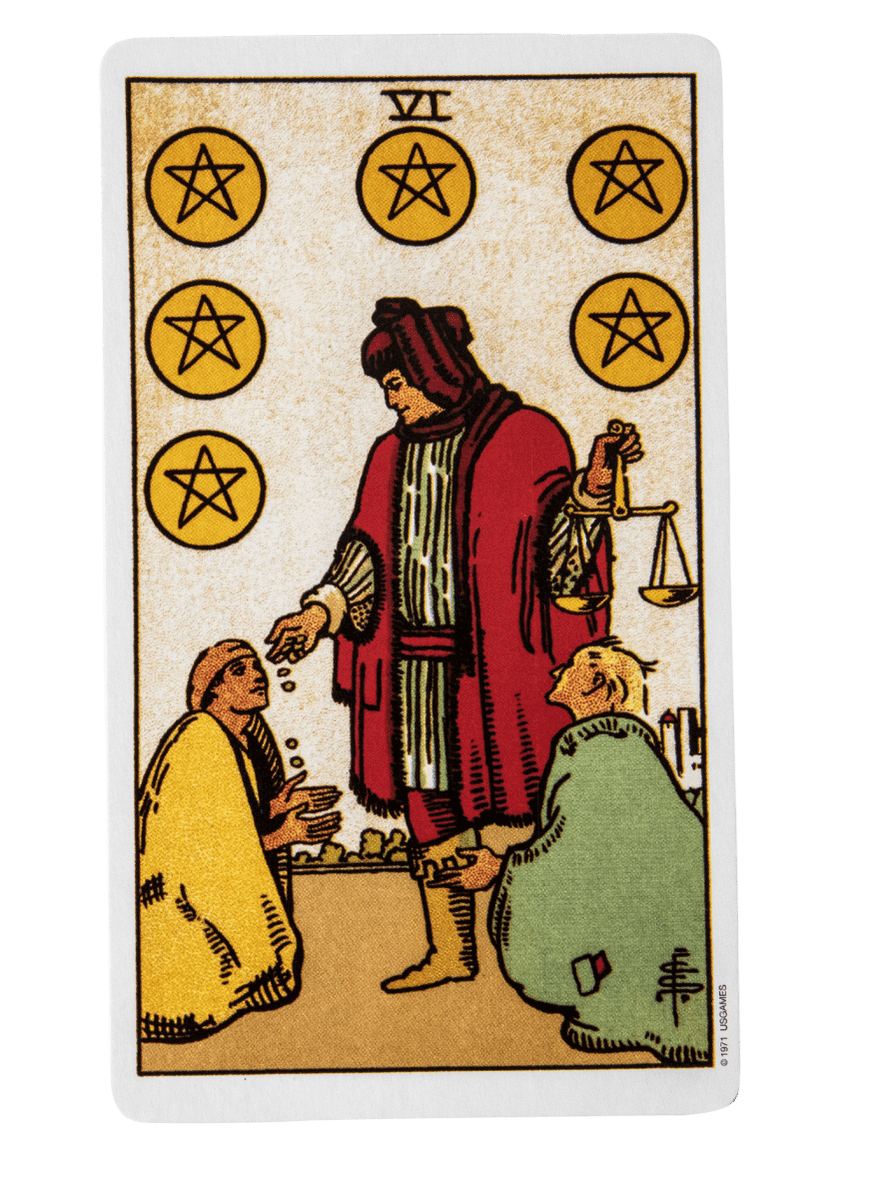
Six of Pentacles
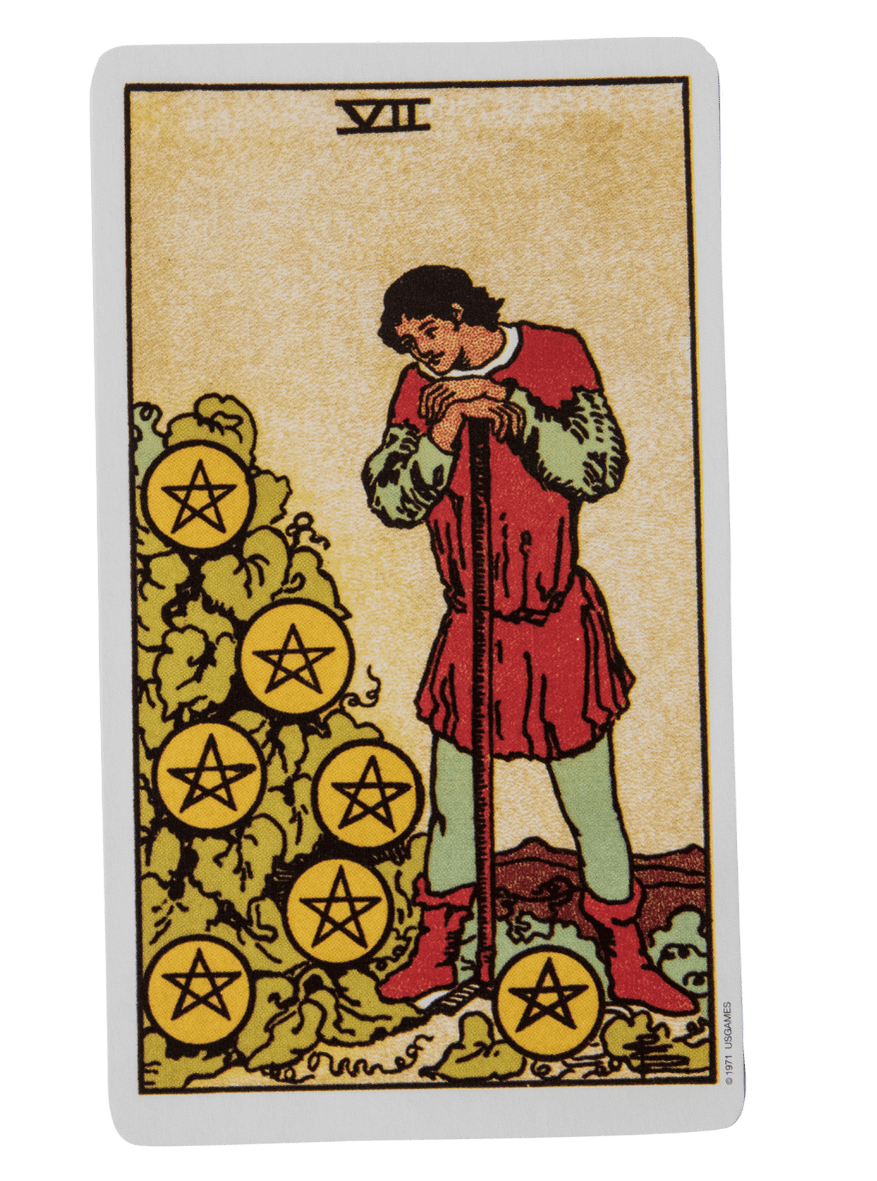
Seven of Pentacles
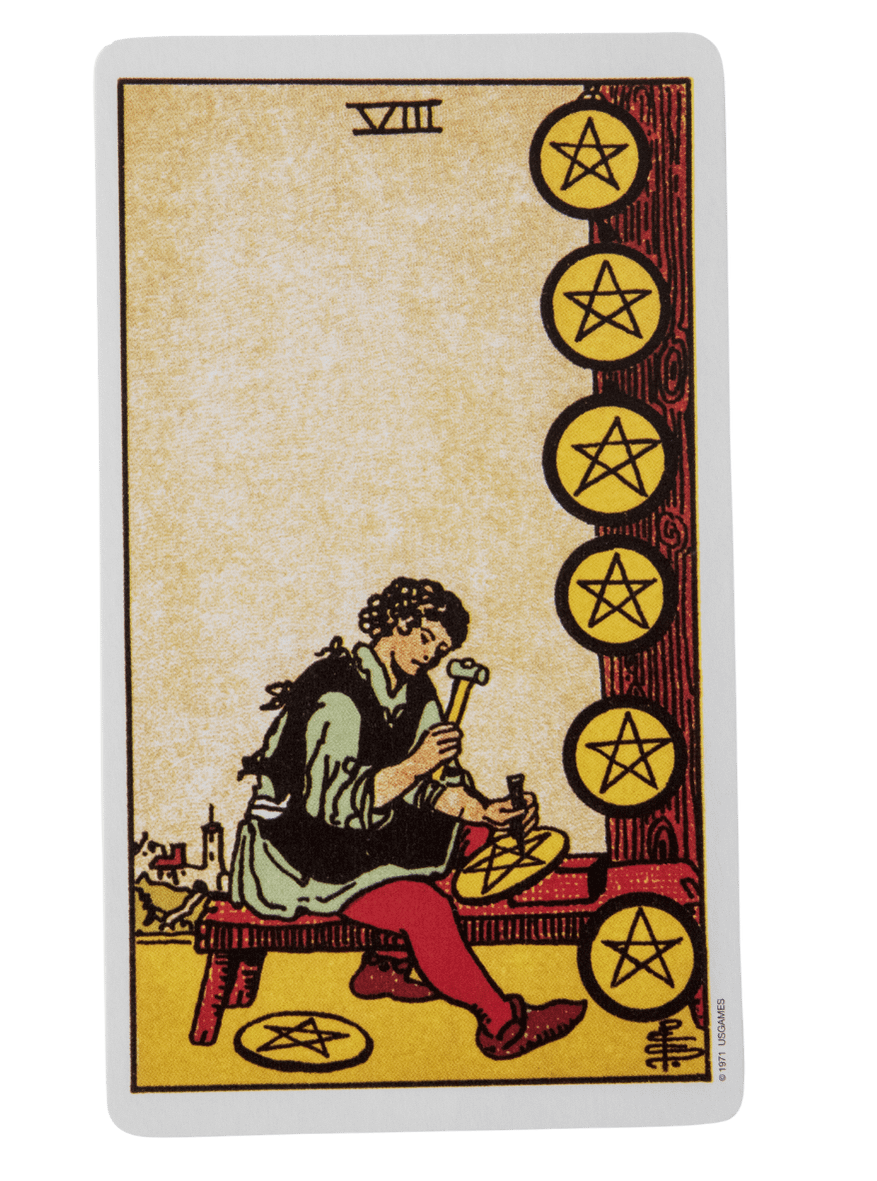
Eight of Pentacles

Nine of Pentacles
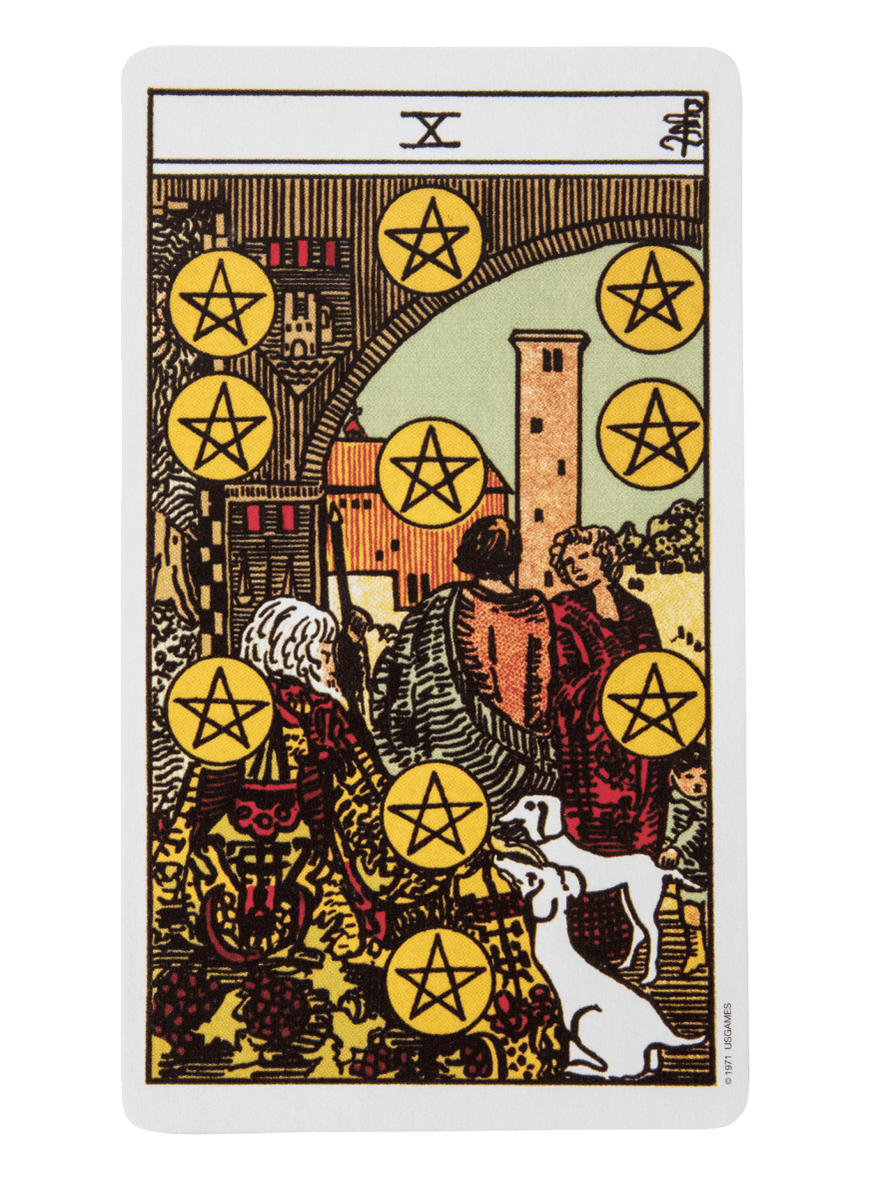
Ten of Pentacles
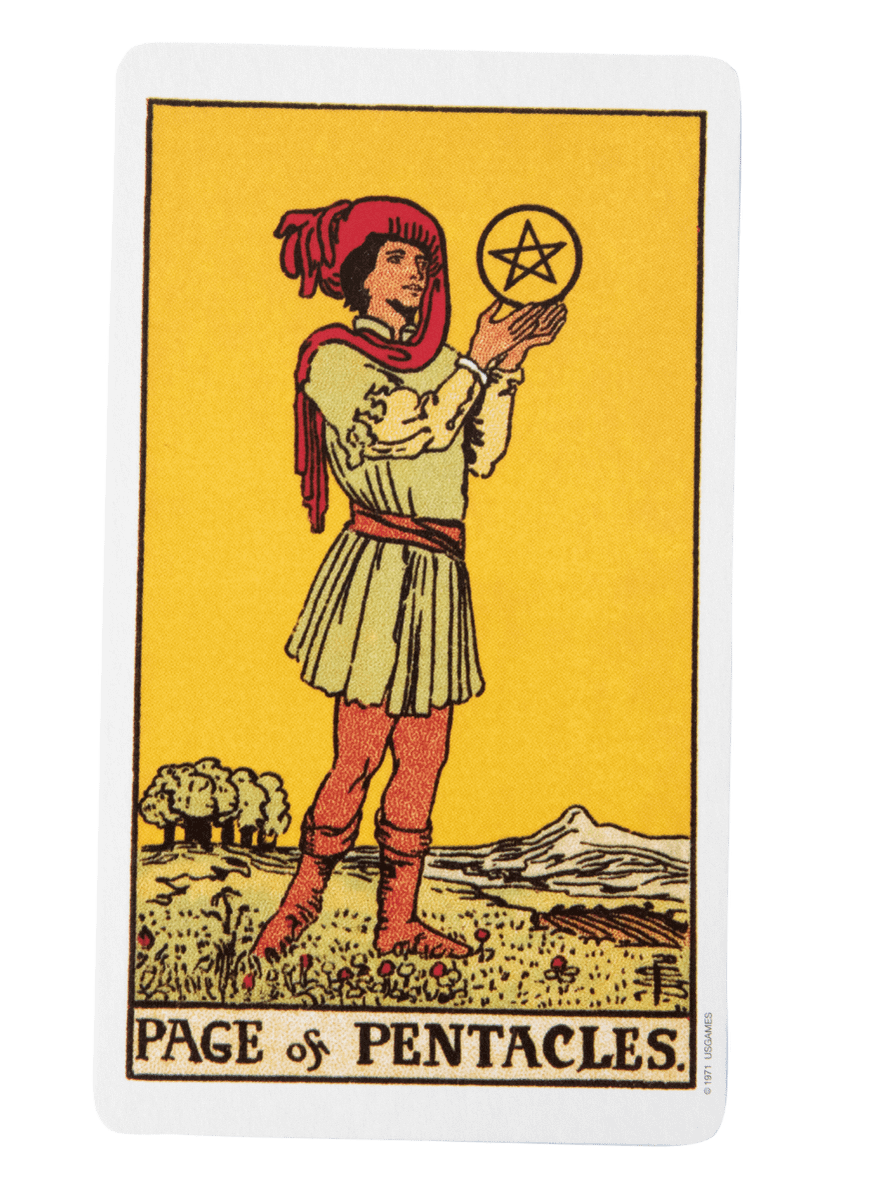
Page of Pentacles
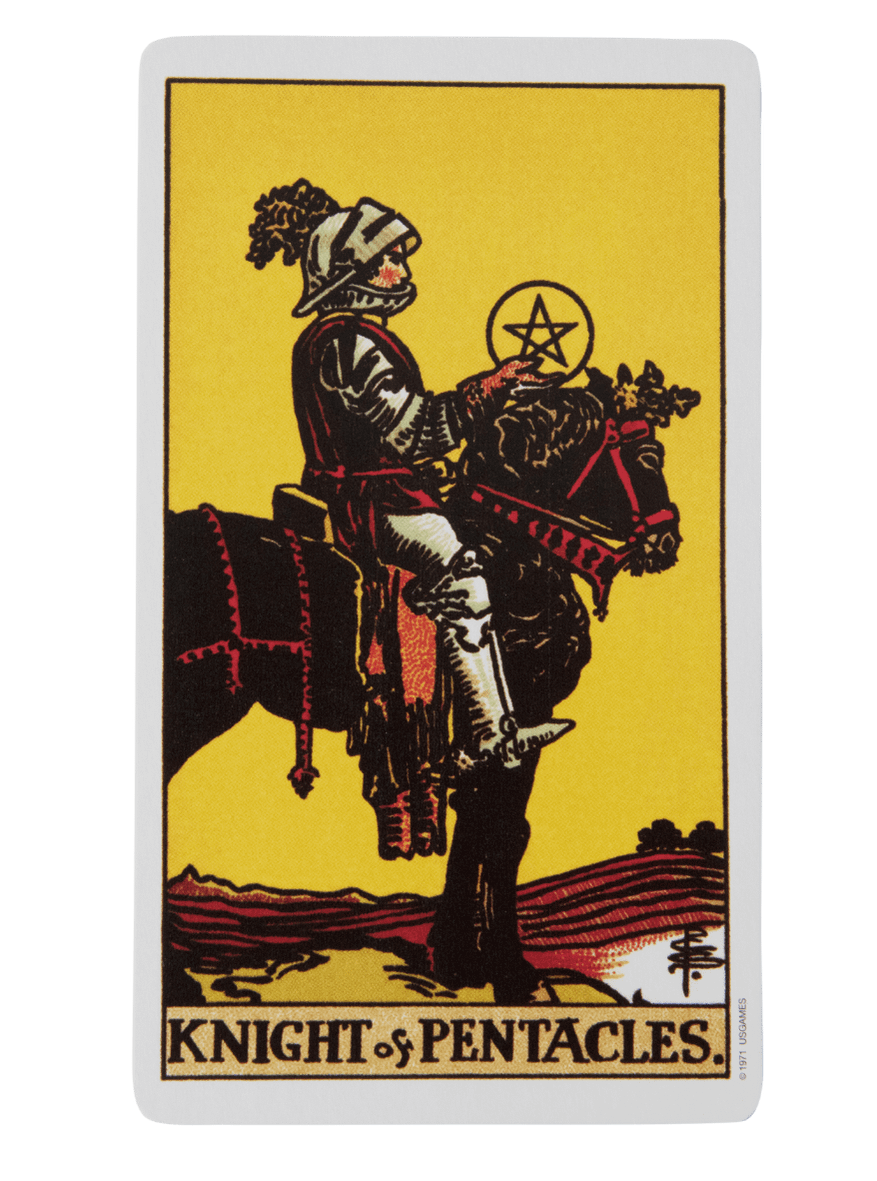
Knight of Pentacles
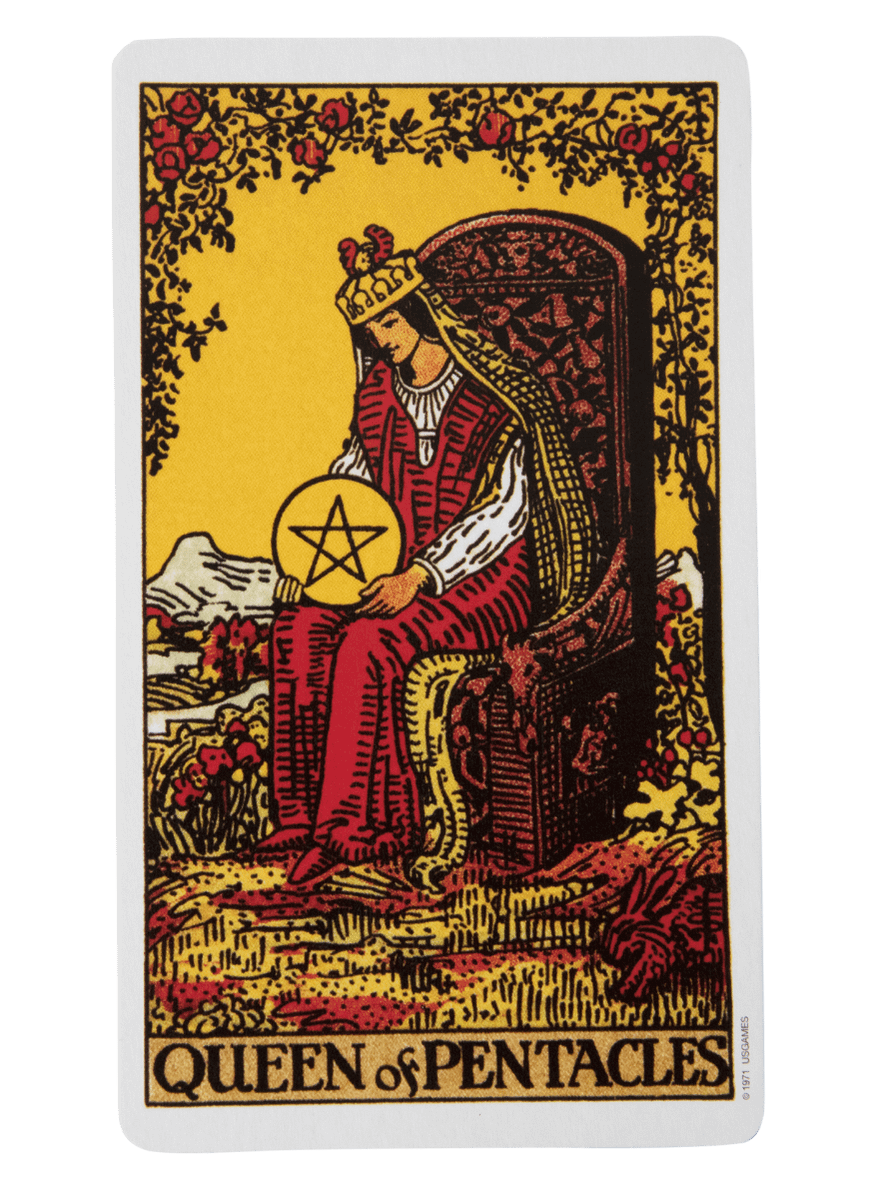
Queen of Pentacles
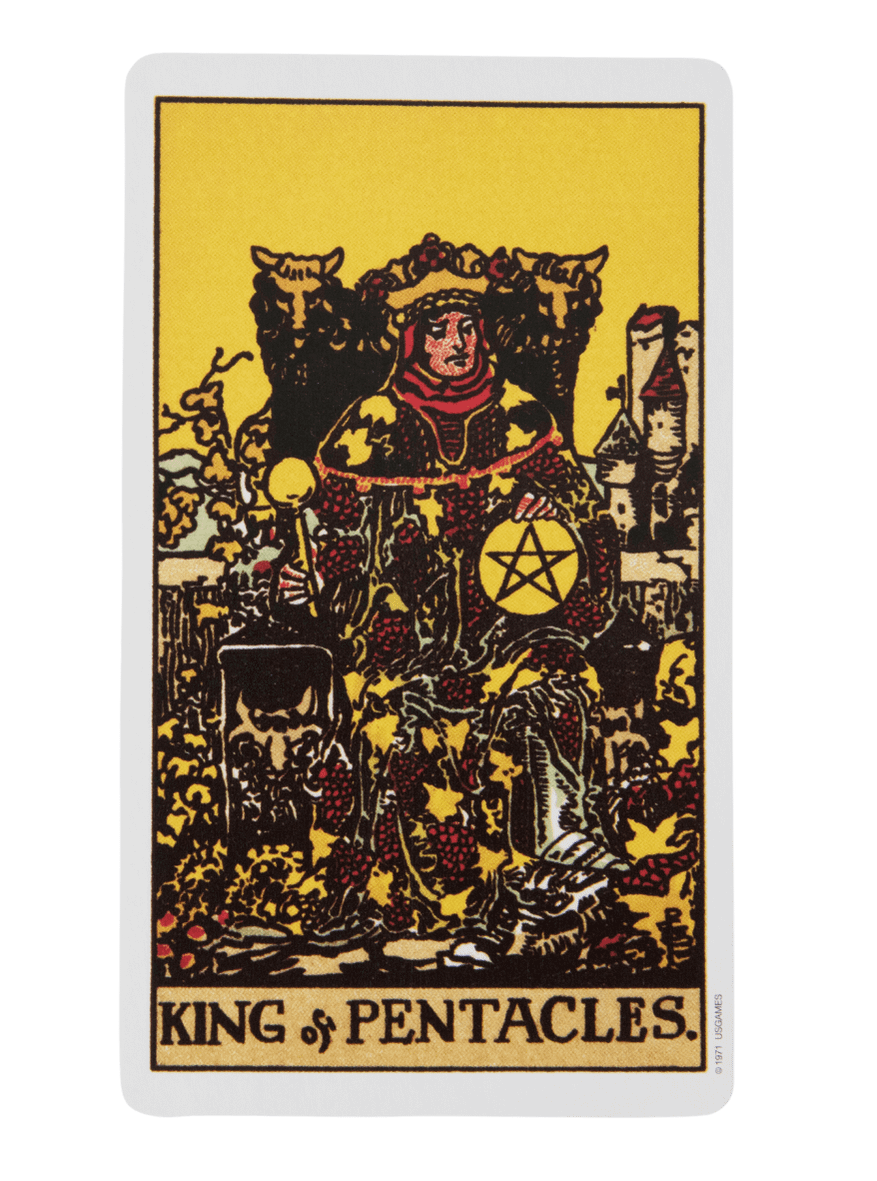
King of Pentacles
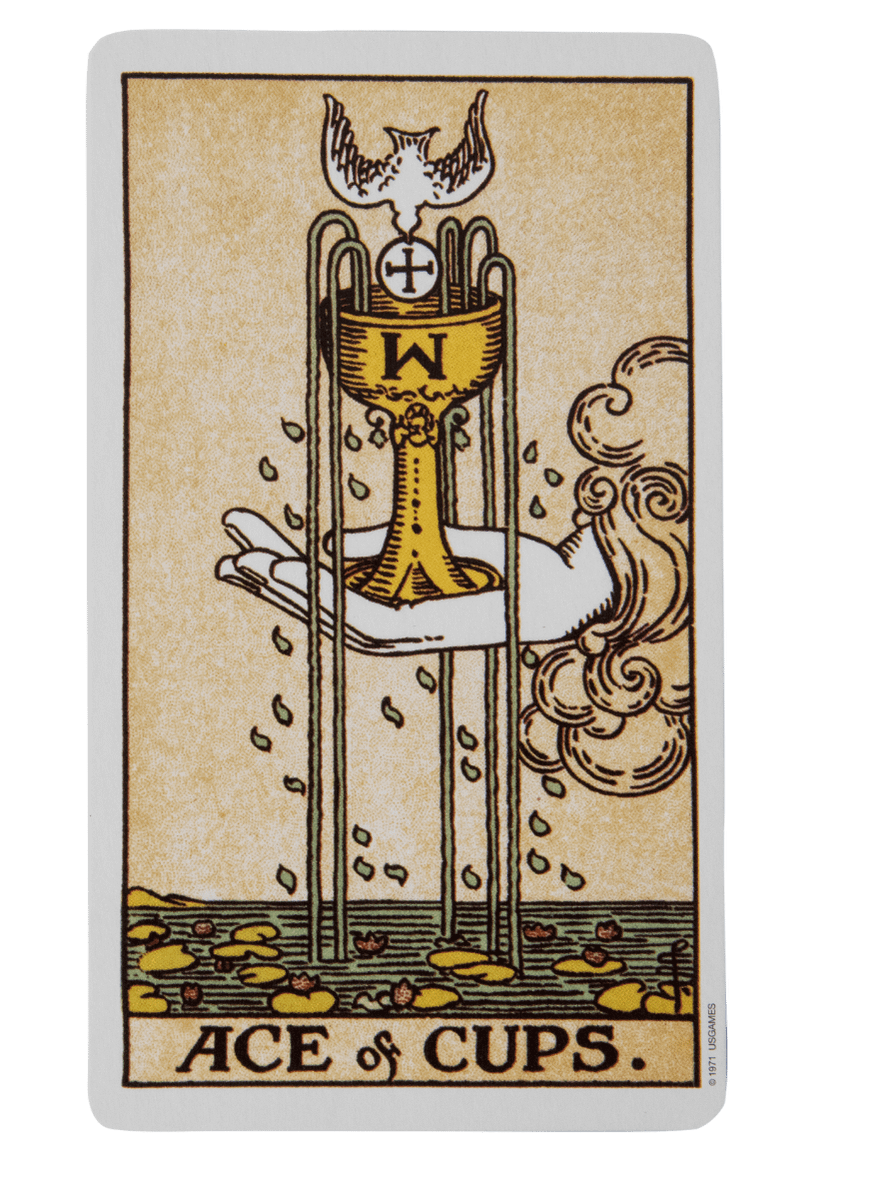
Ace of Cups
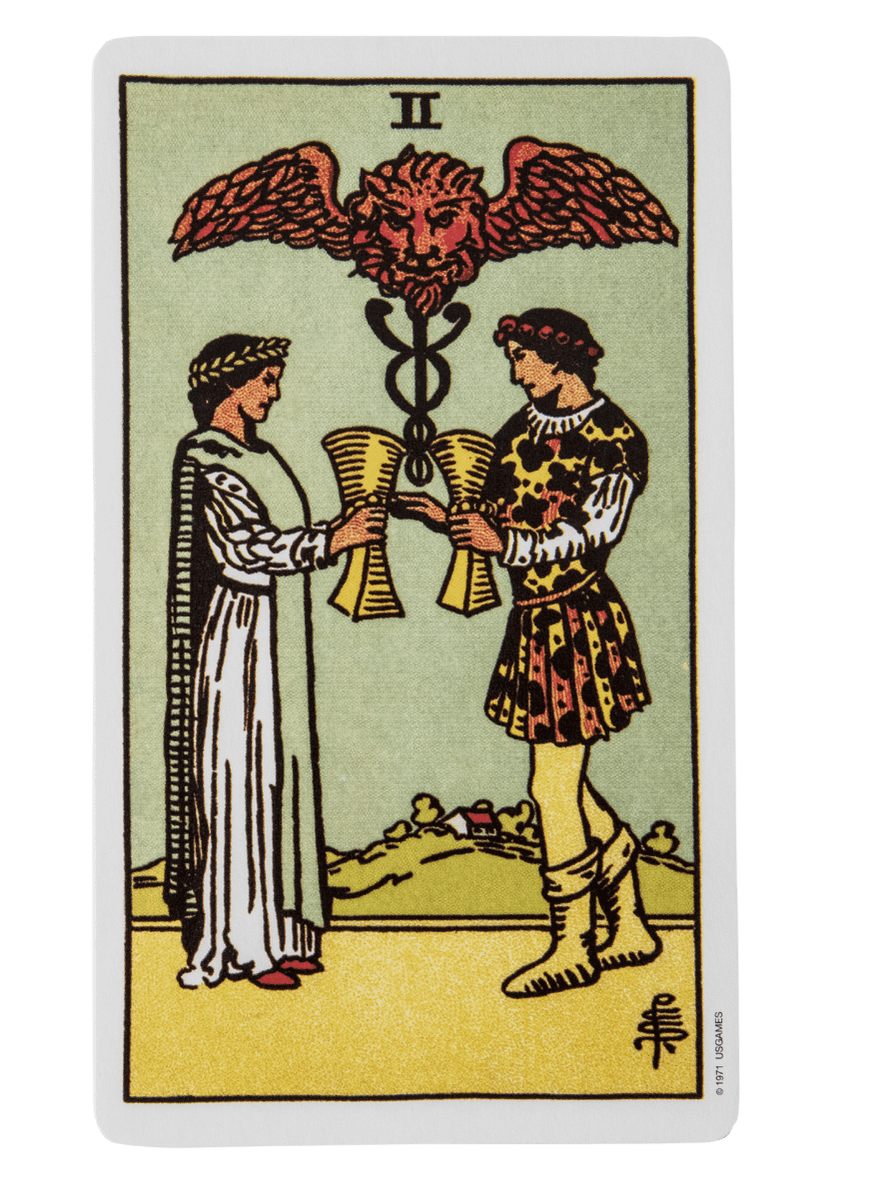
Two of Cups
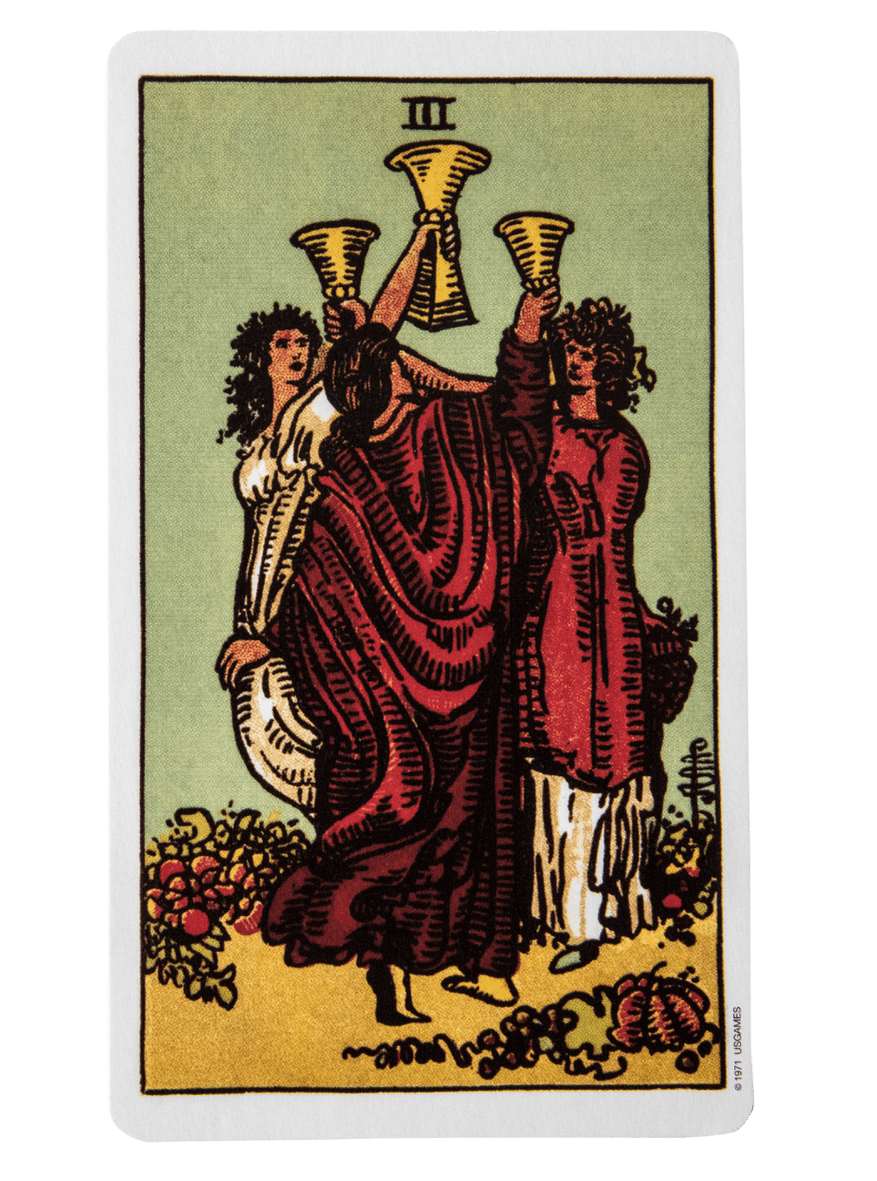
Three of Cups

Four of Cups
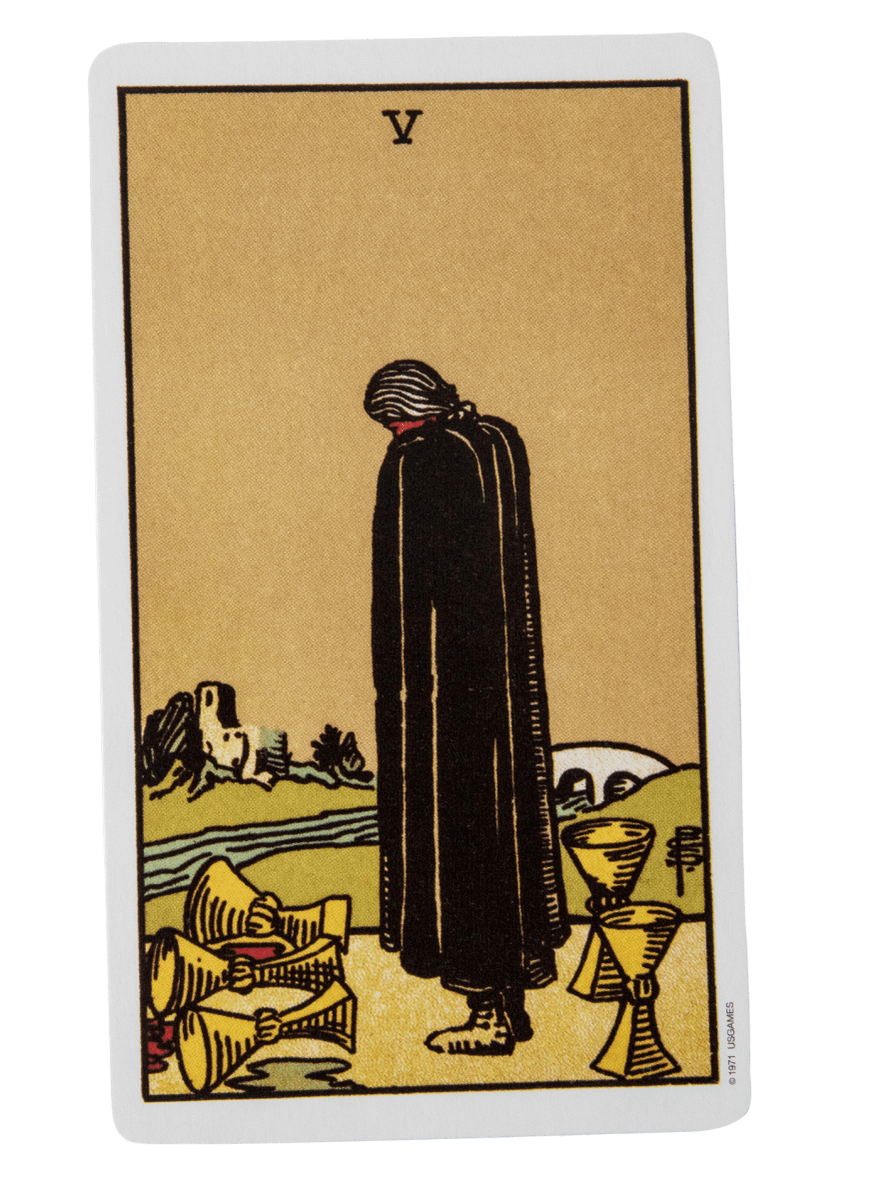
Five of Cups
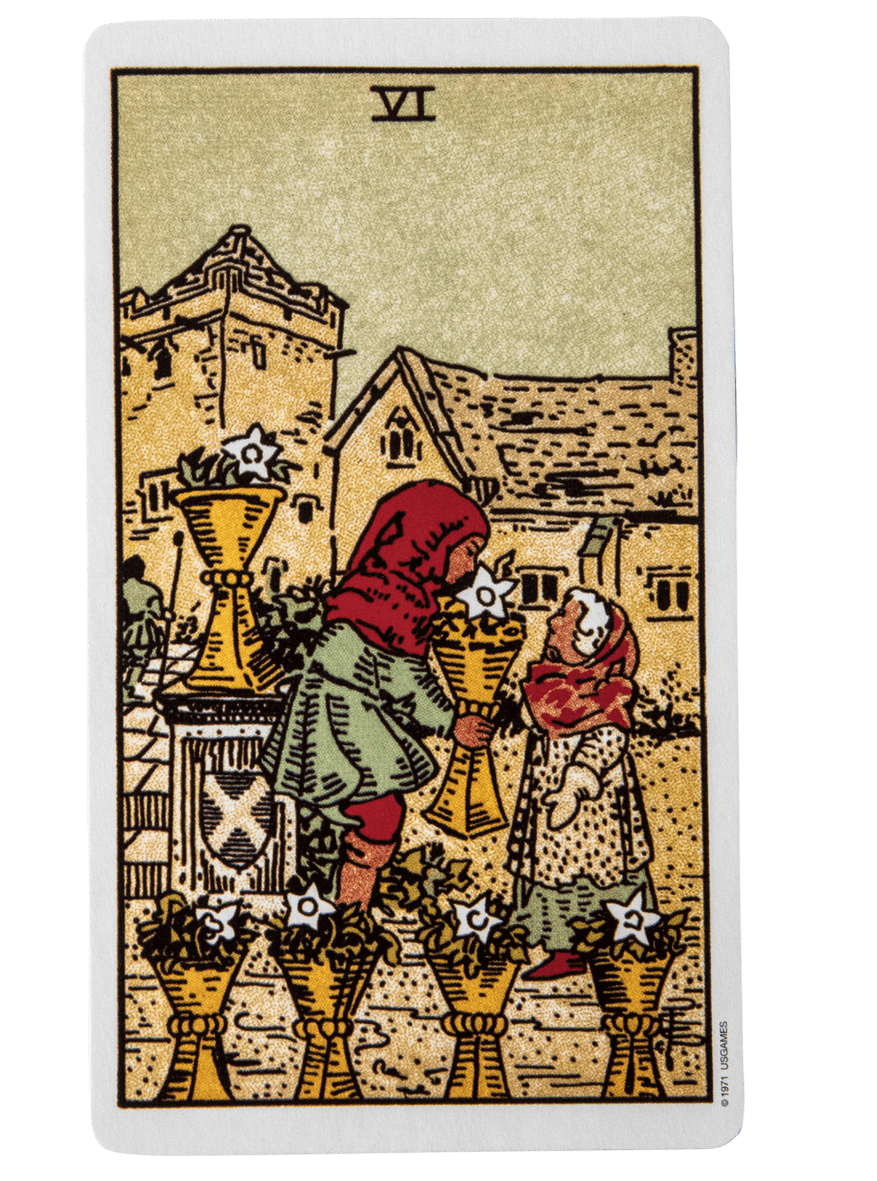
Six of Cups
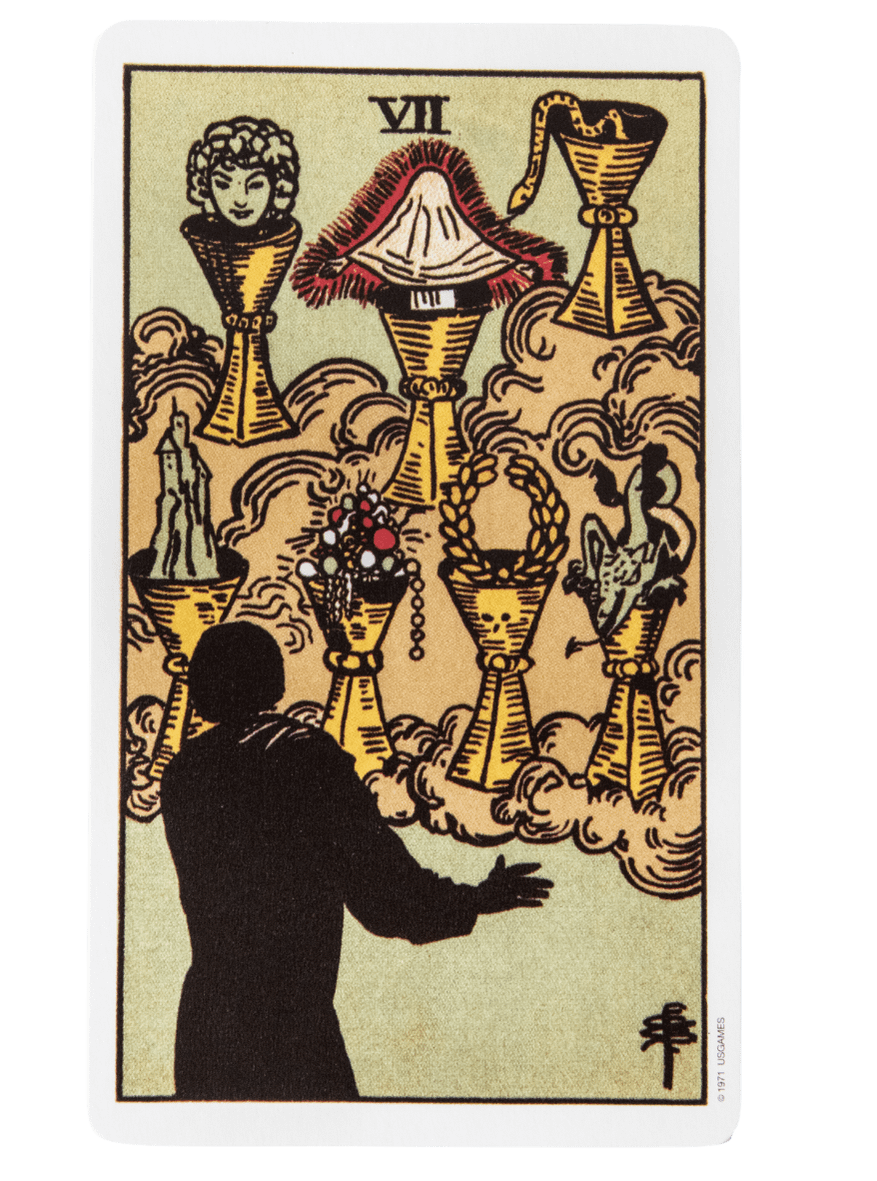
Seven of Cups
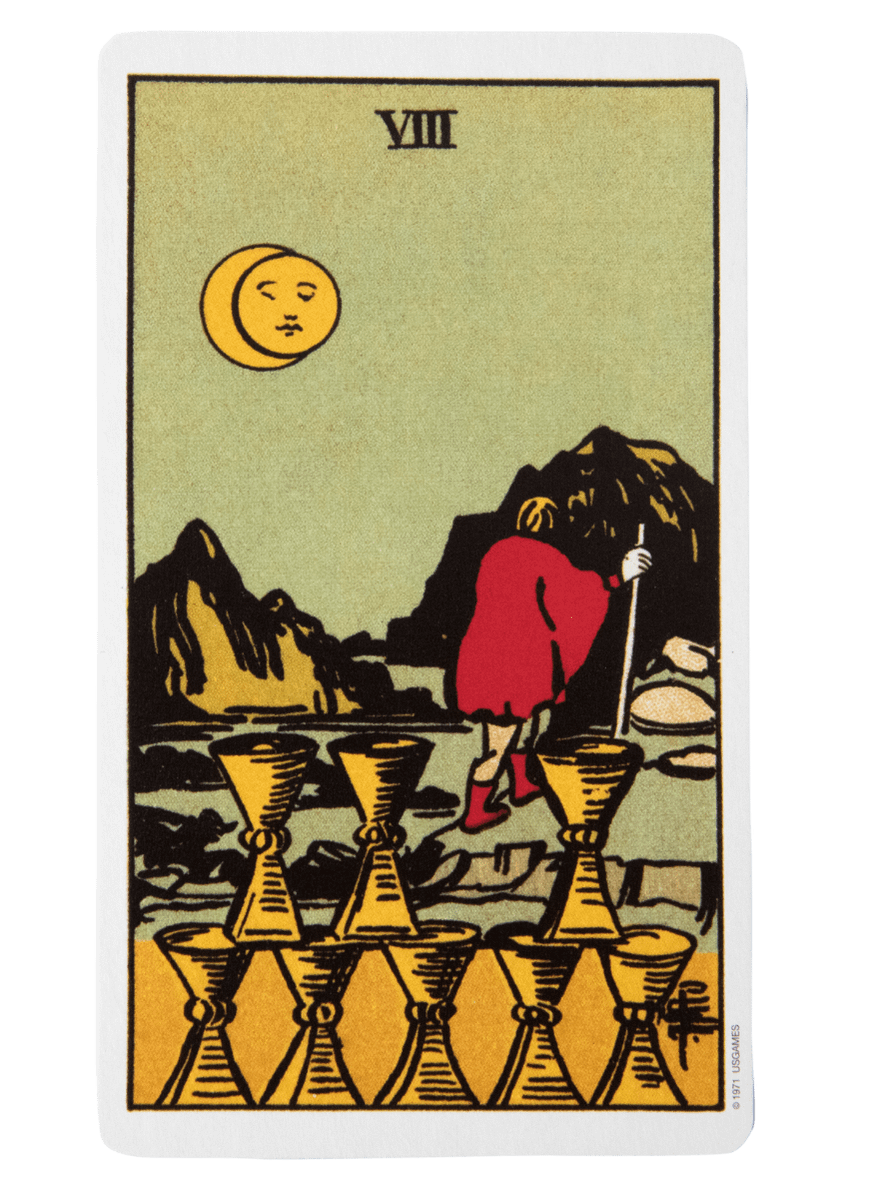
Eight of Cups
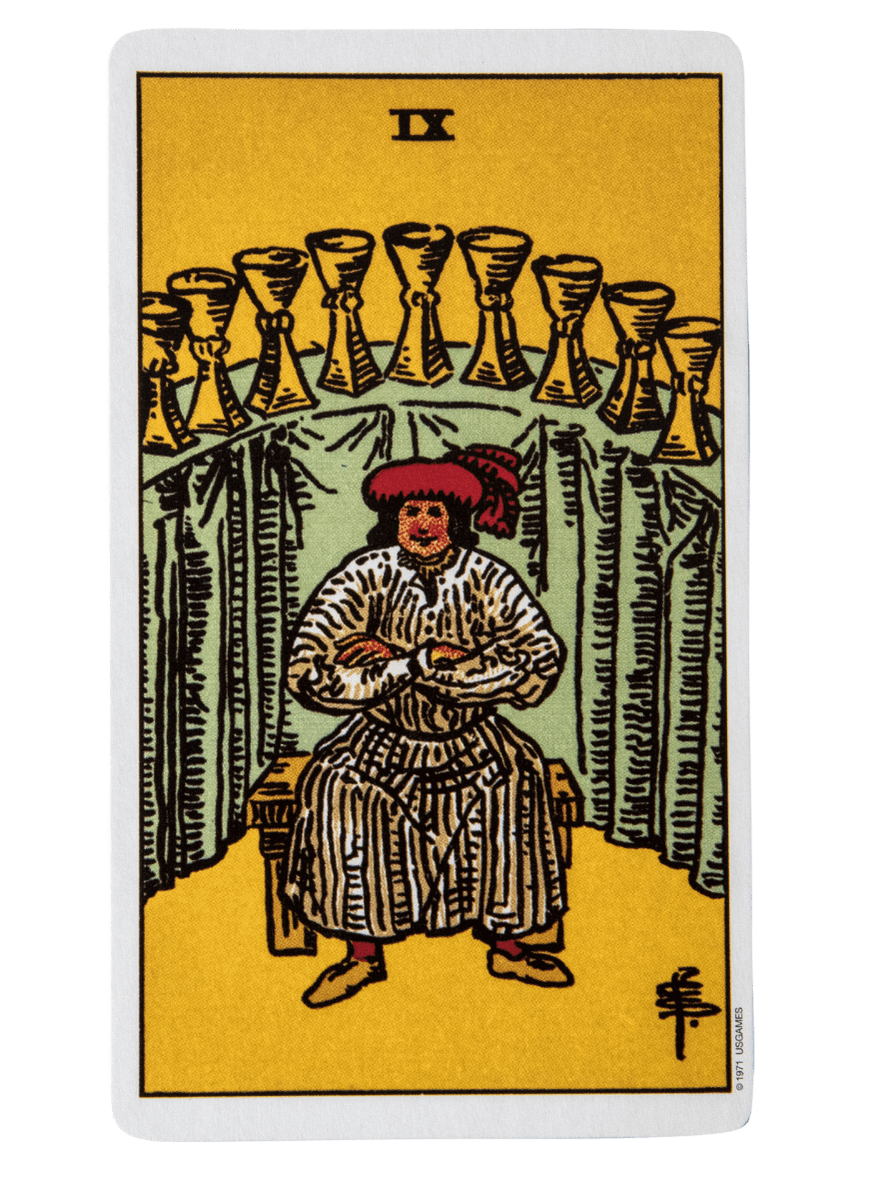
Nine of Cups
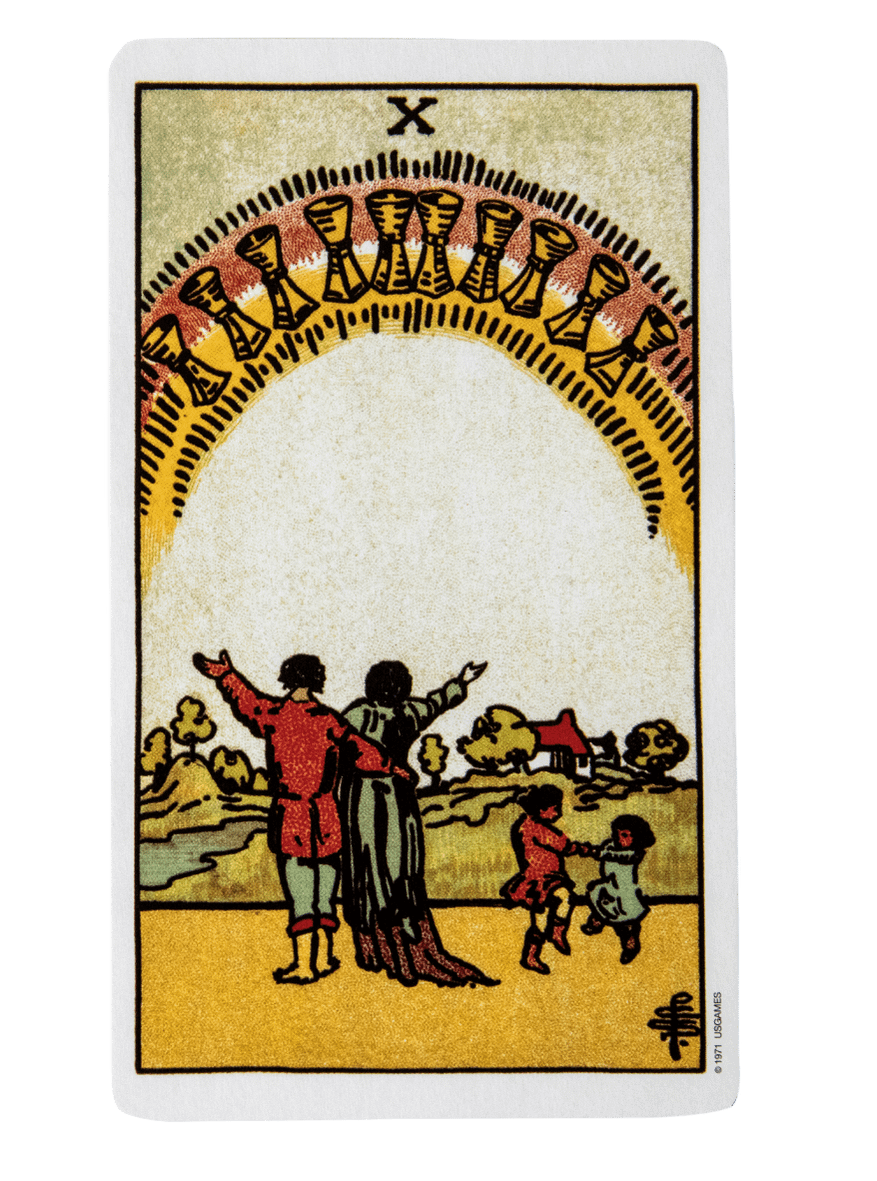
Ten of Cups
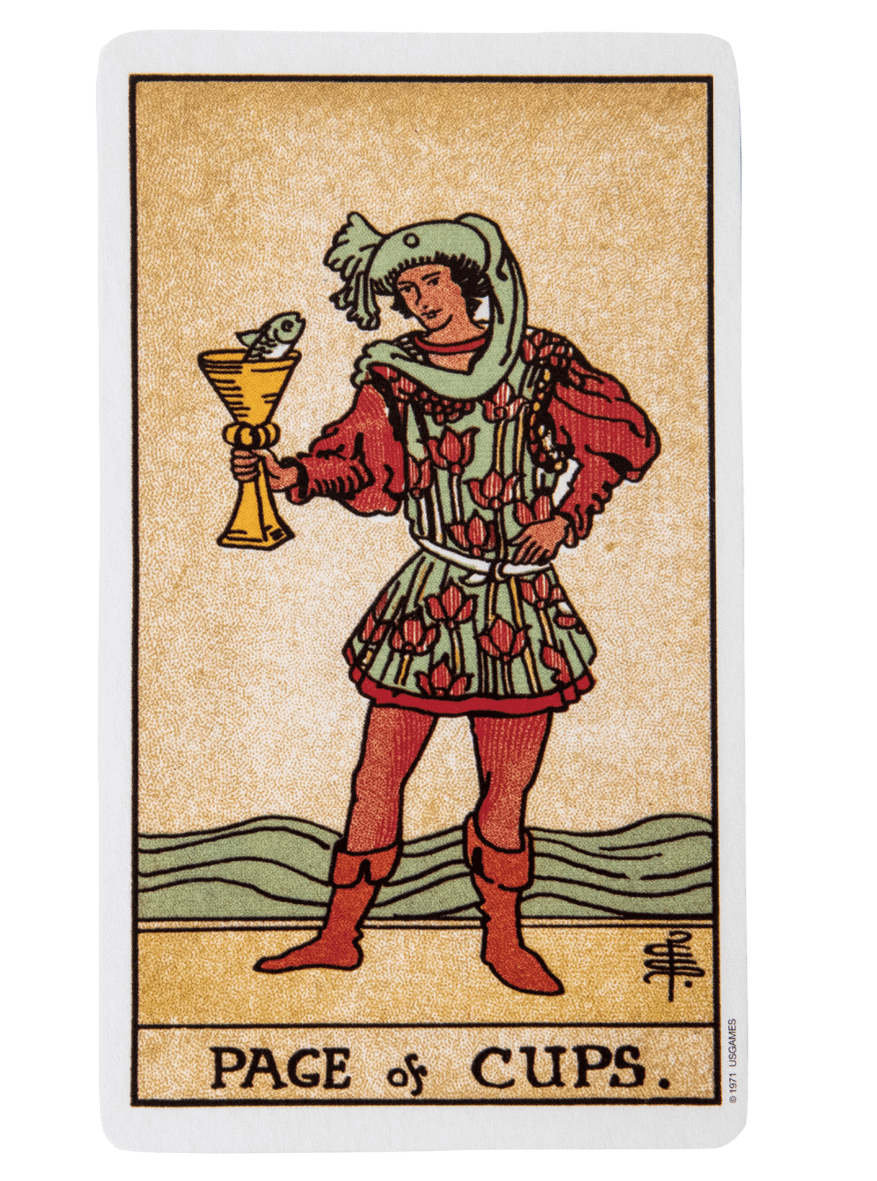
Page of Cups
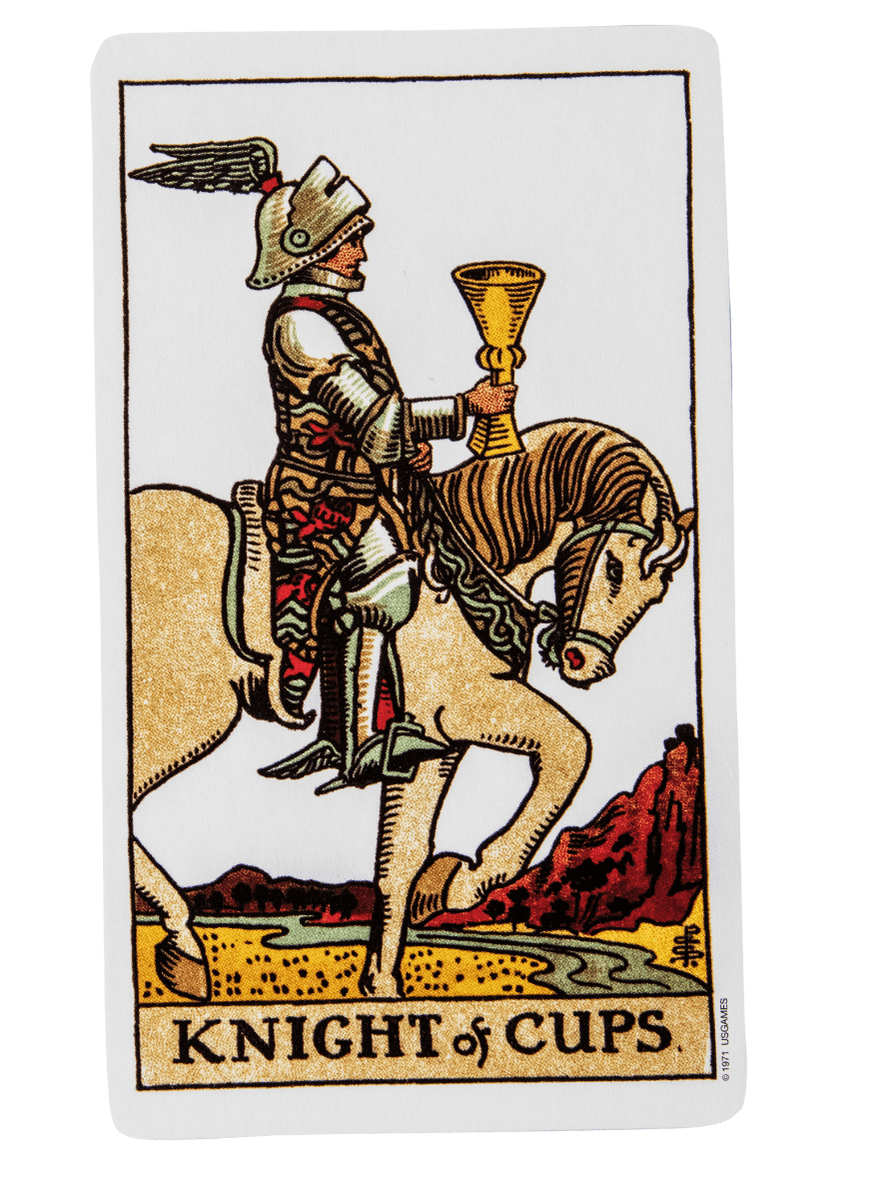
Knight of Cups
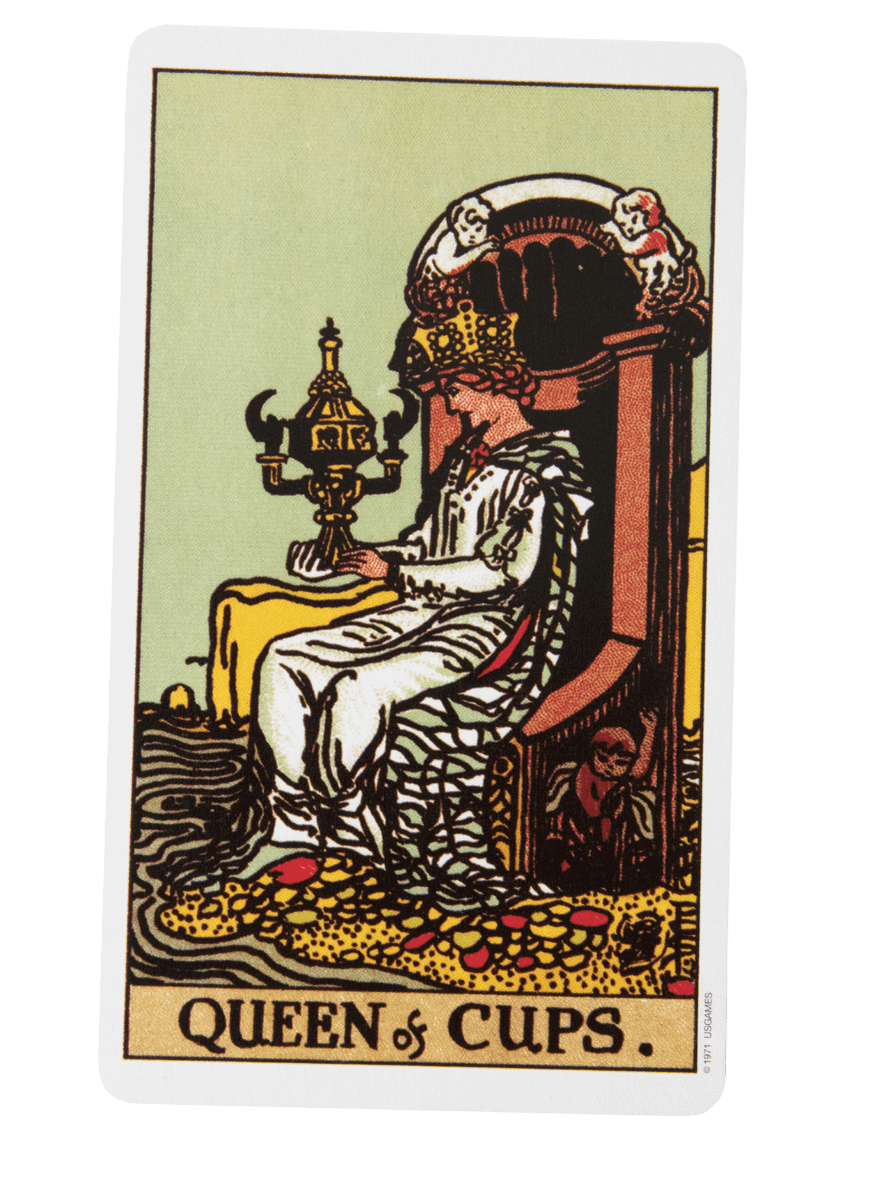
Queen of Cups
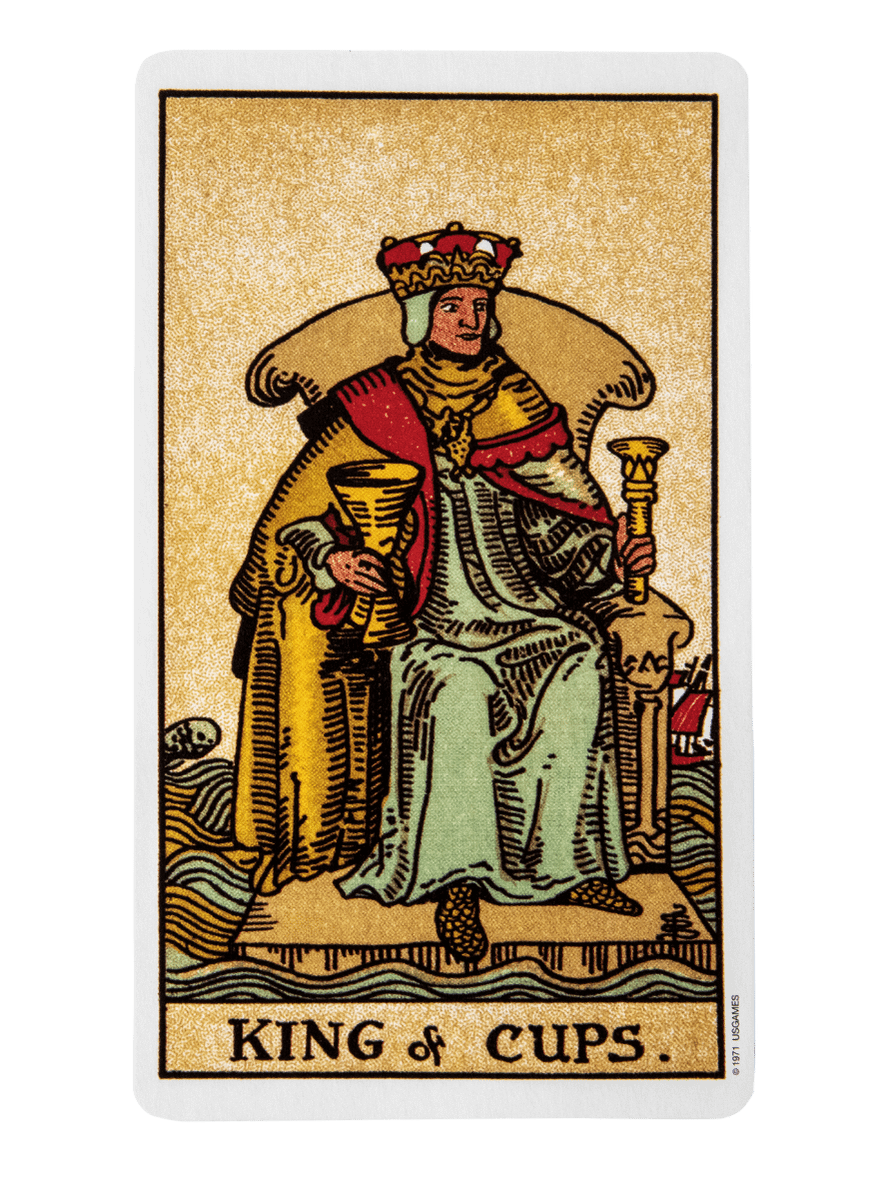
King of Cups
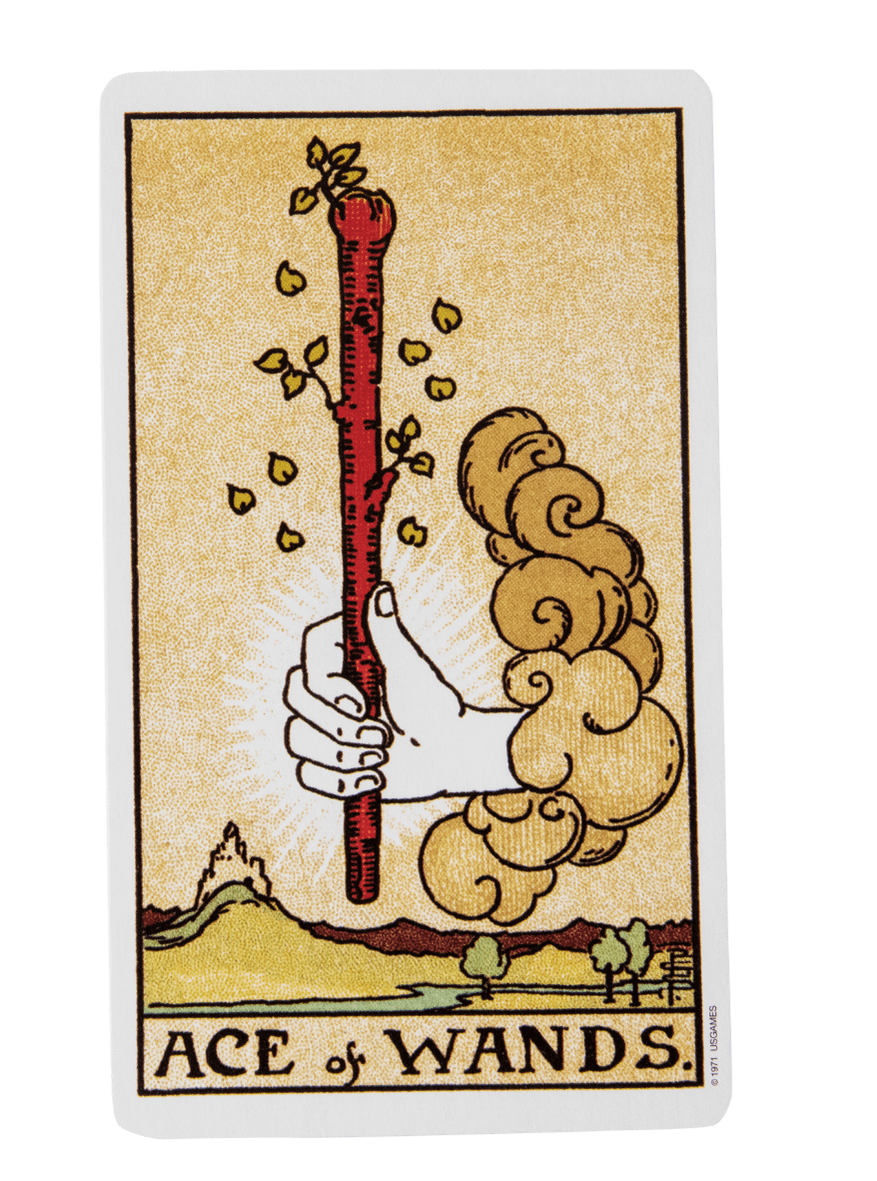
Ace of Wands
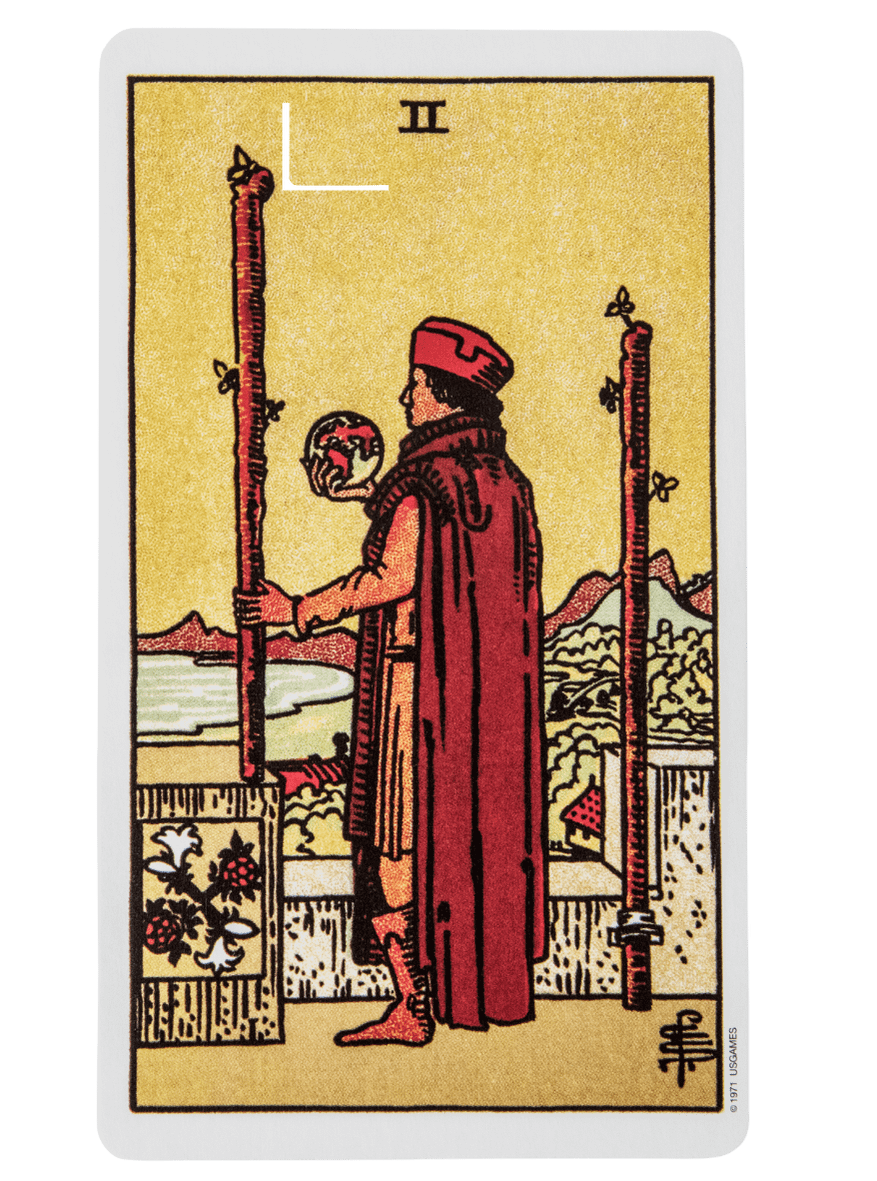
Two of Wands

Three of Wands
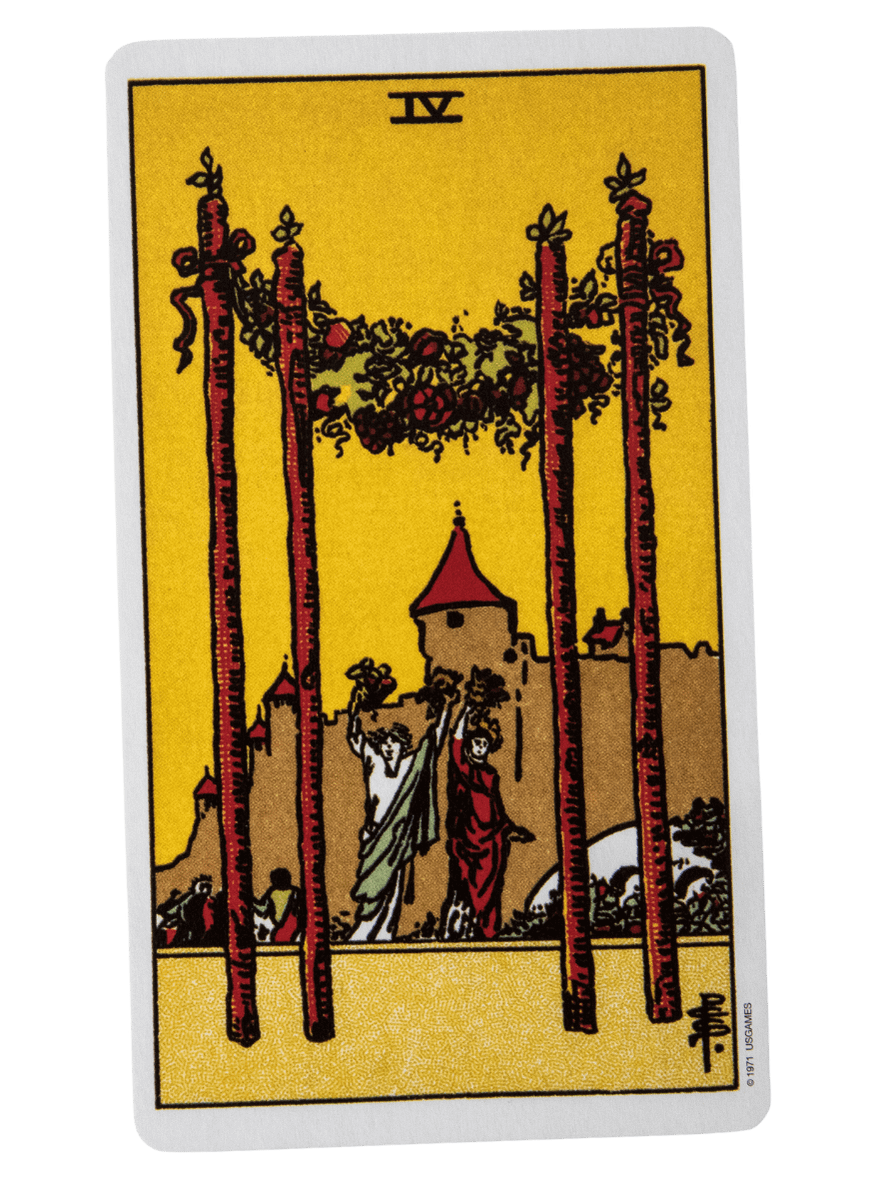
Four of Wands
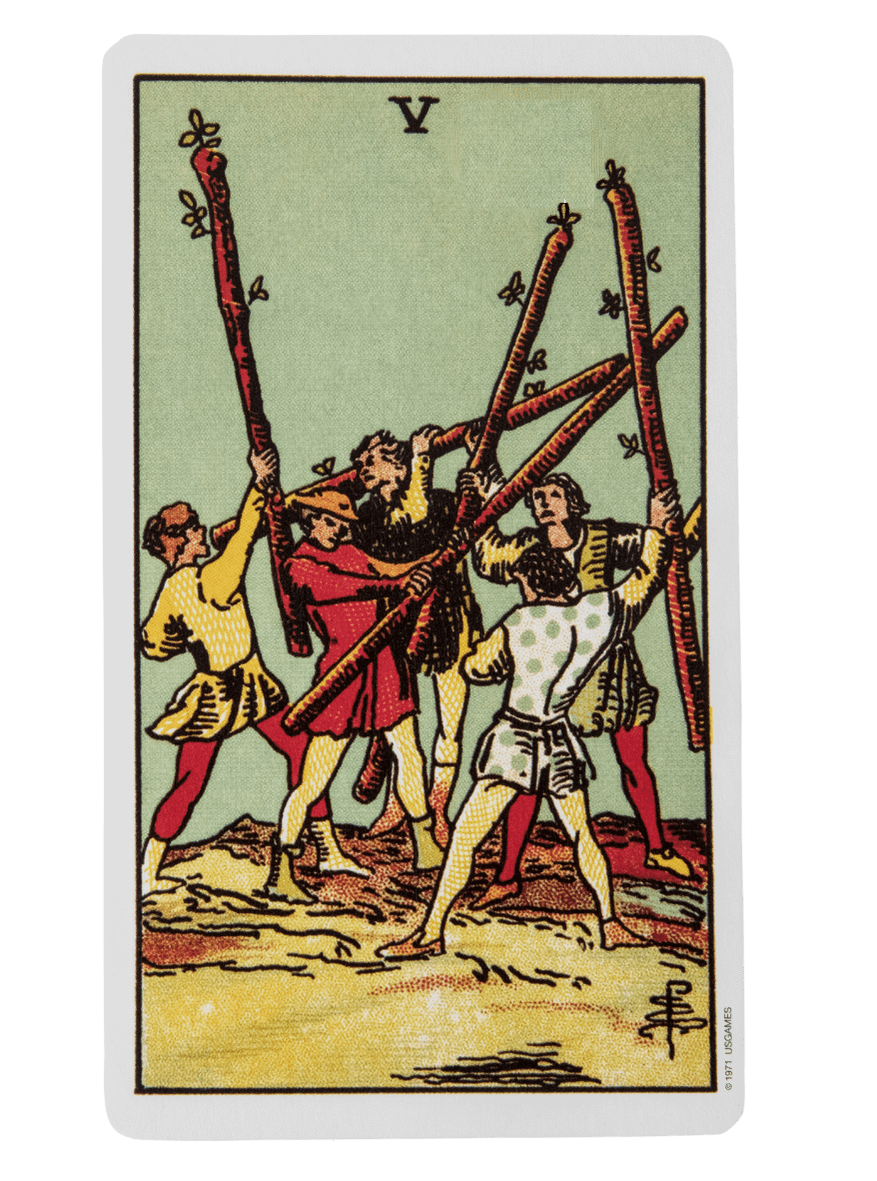
Five of Wands
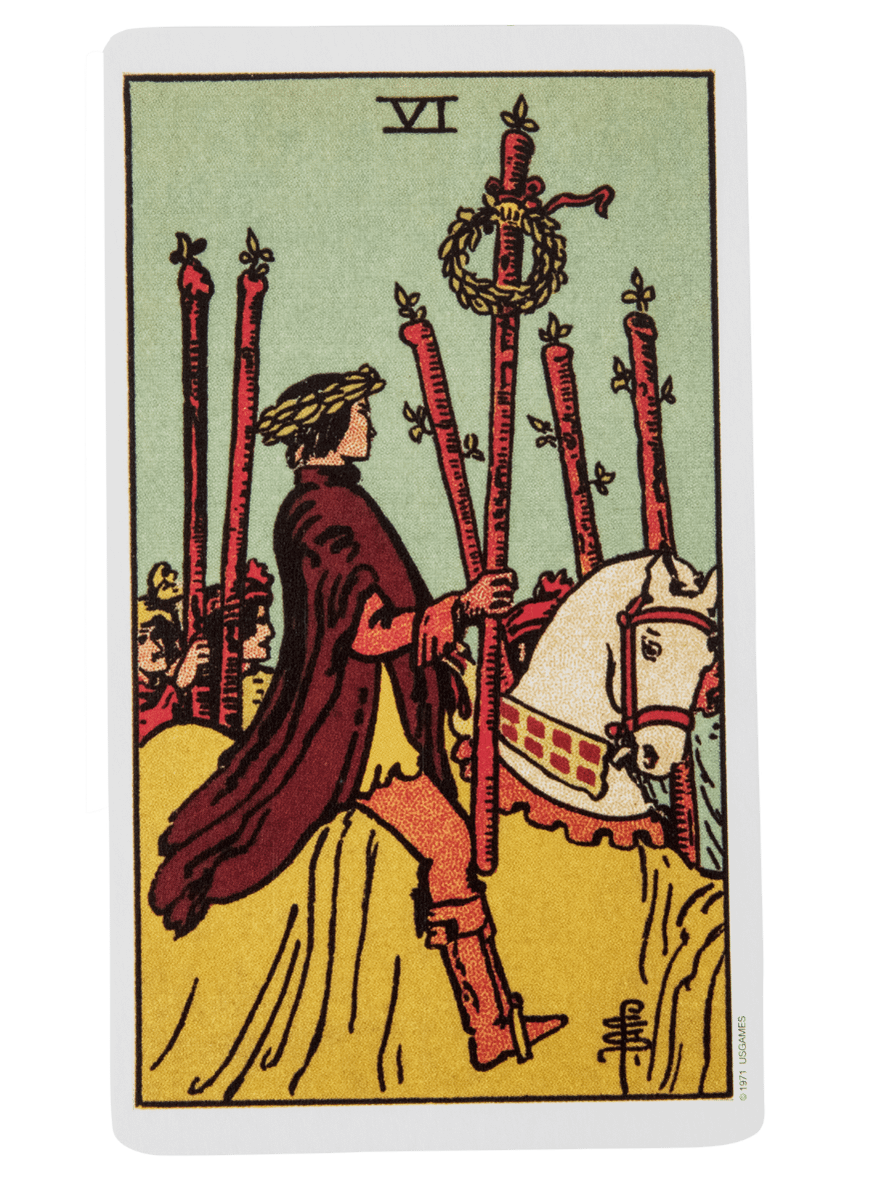
Six of Wands

Seven of Wands
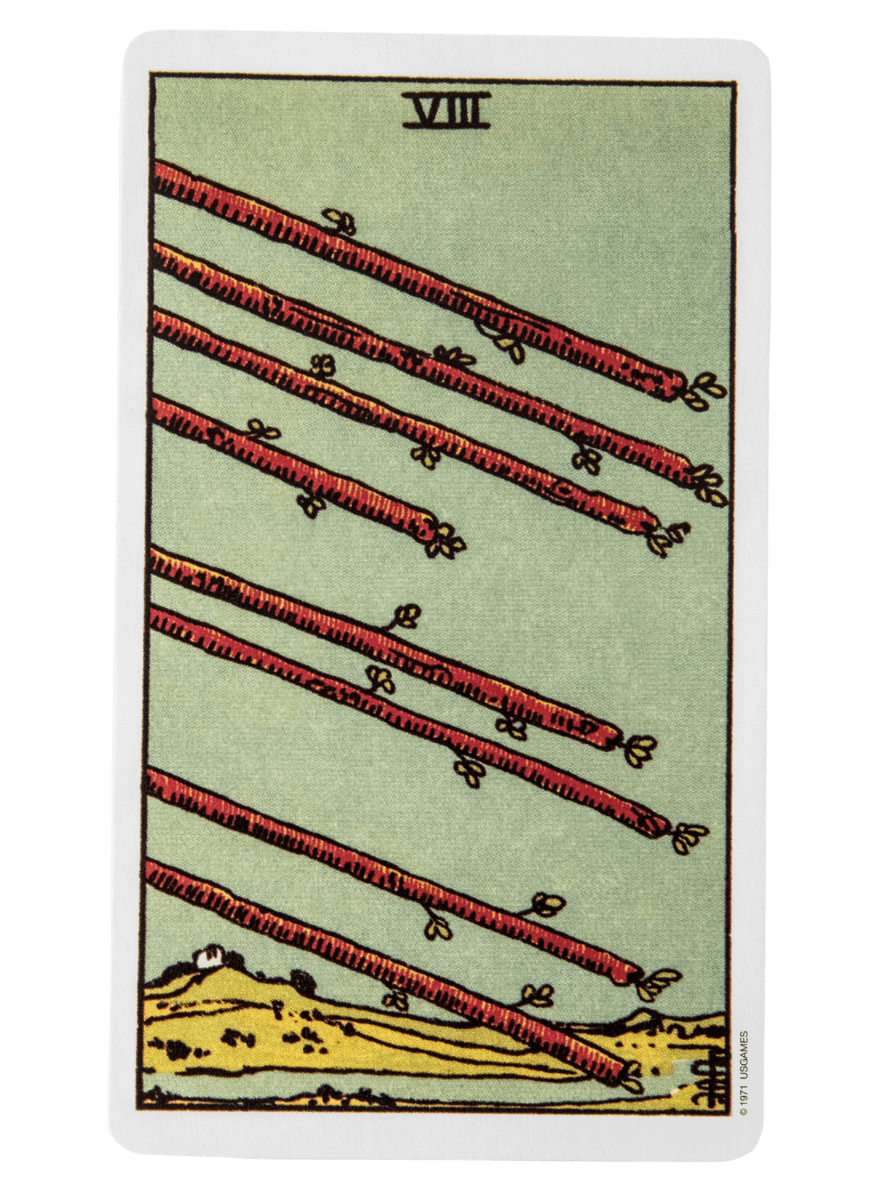
Eight of Wands

Nine of Wands

Ten of Wands
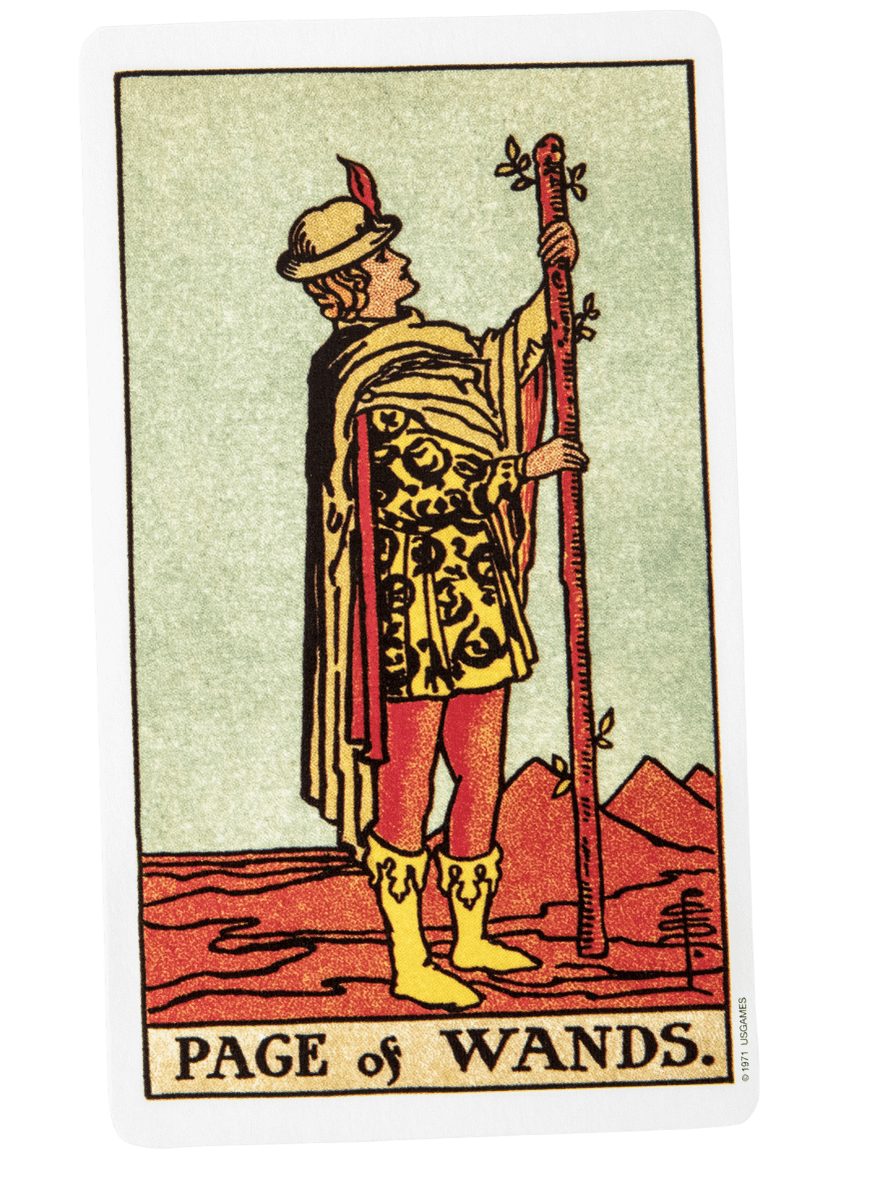
Page of Wands
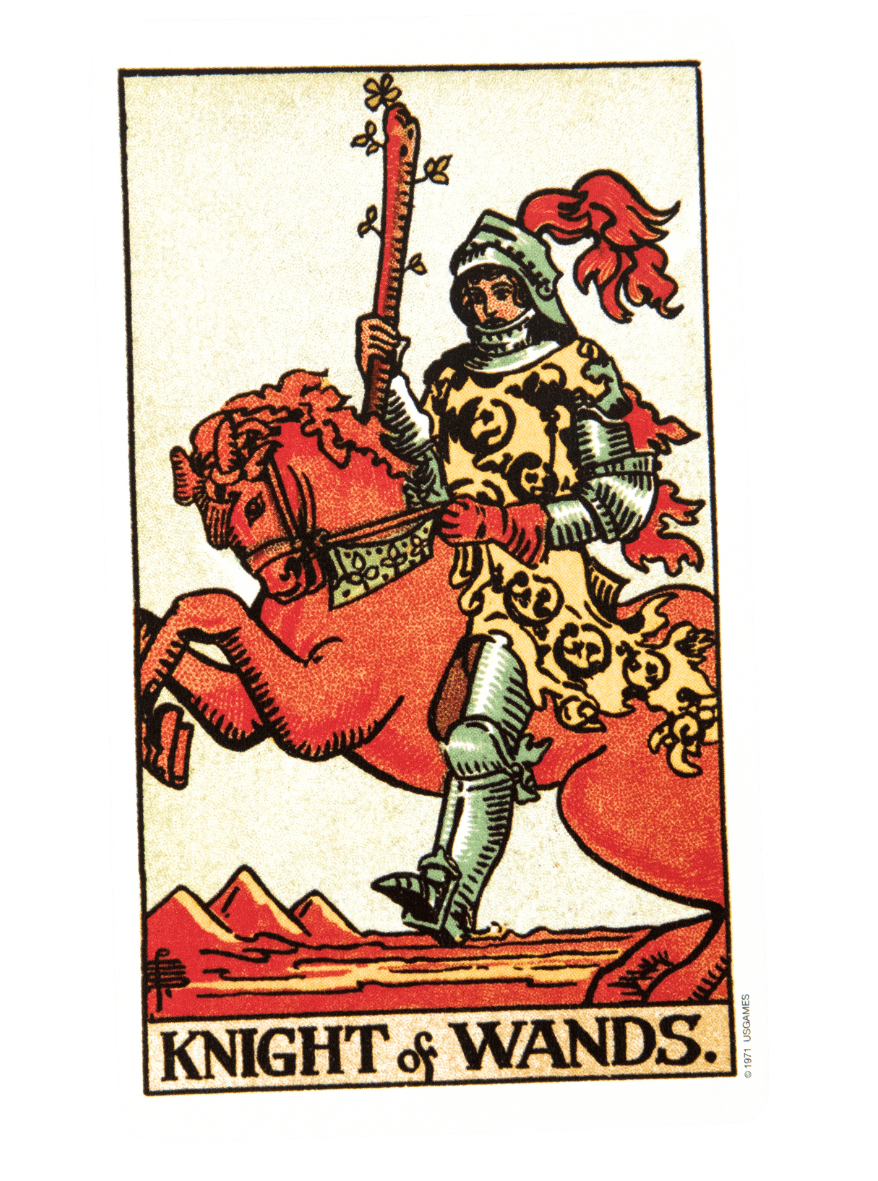
Knight of Wands

Queen of Wands
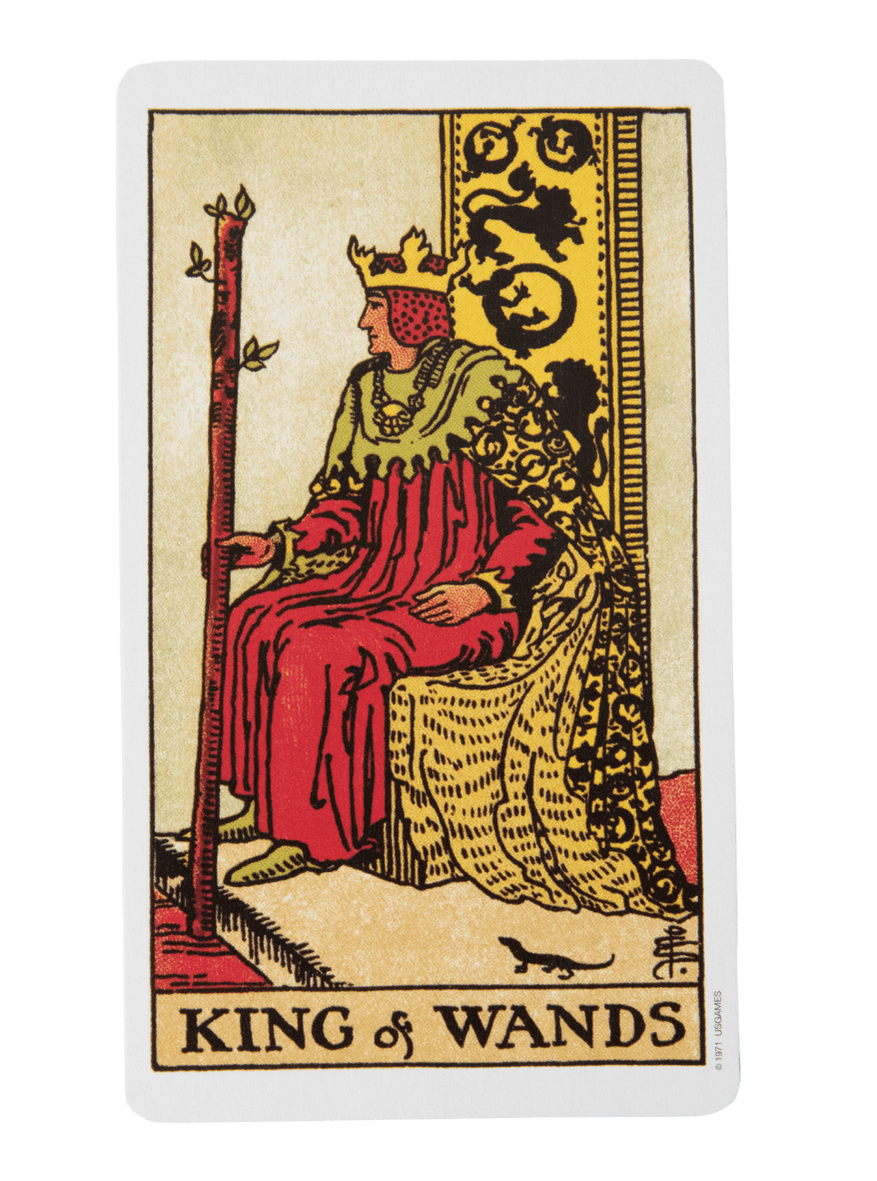
King of Wands

Ace of Swords
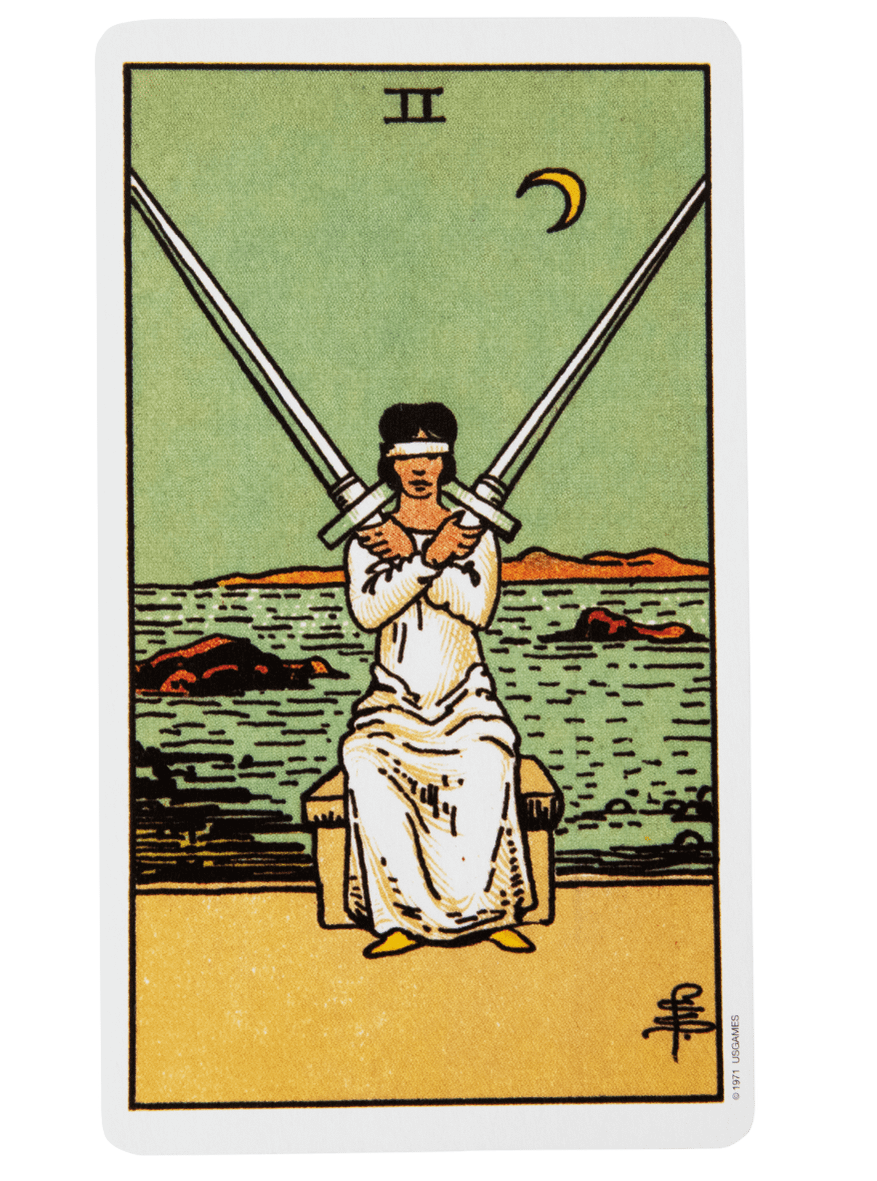
Two of Swords
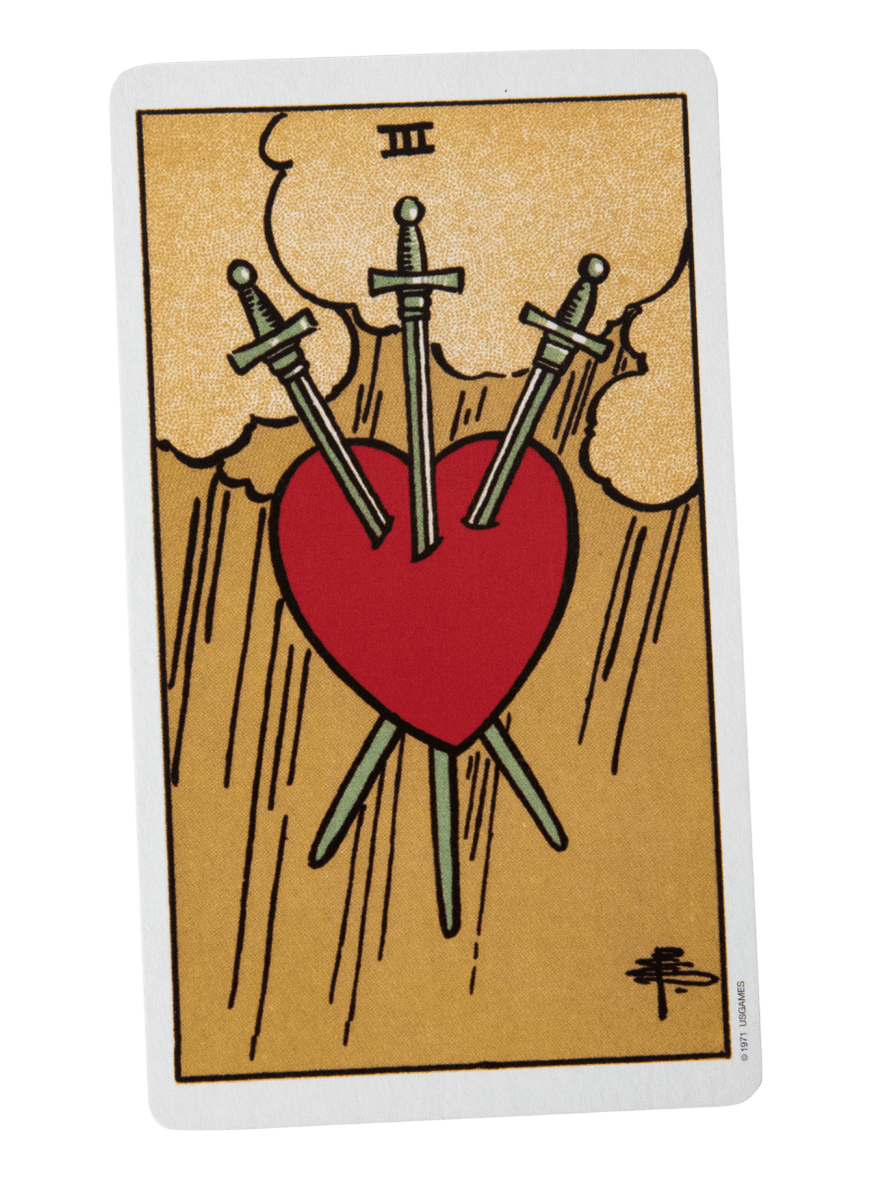
Three of Swords
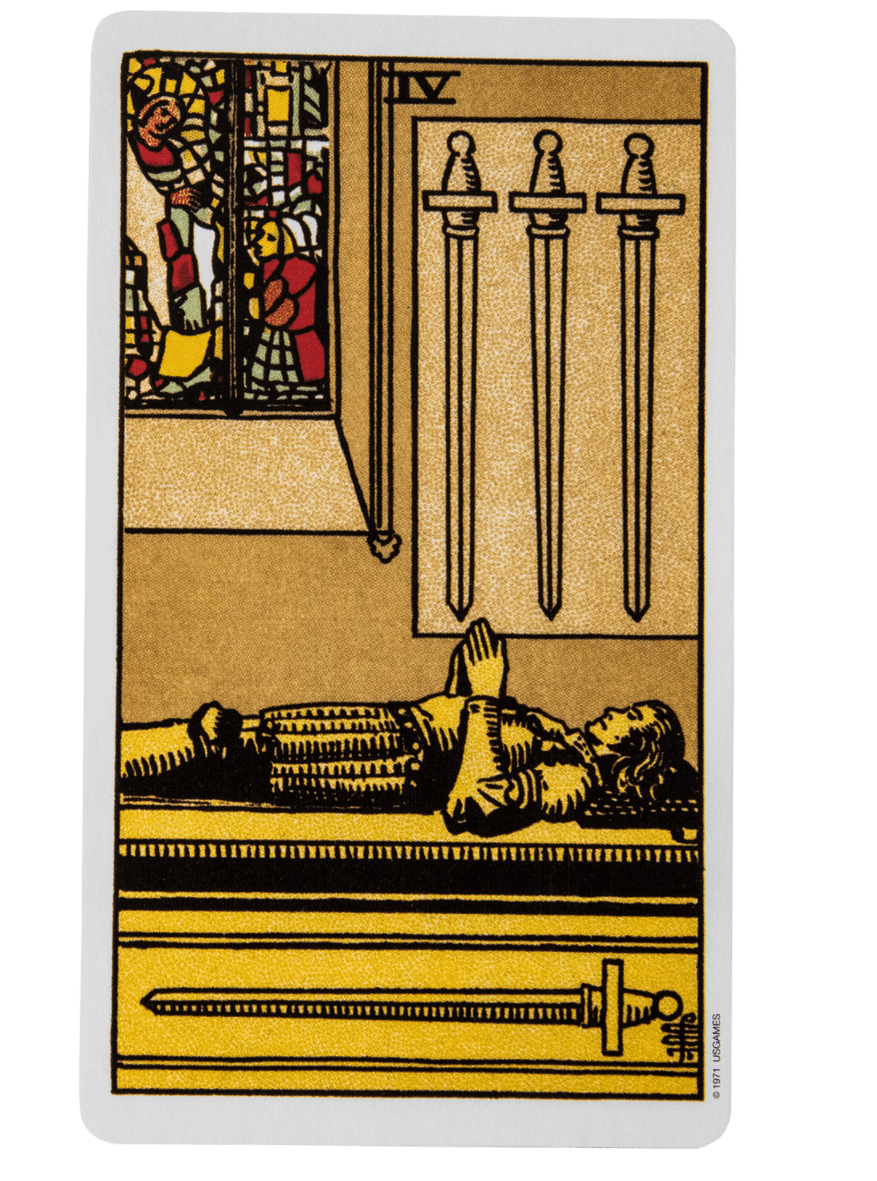
Four of Swords
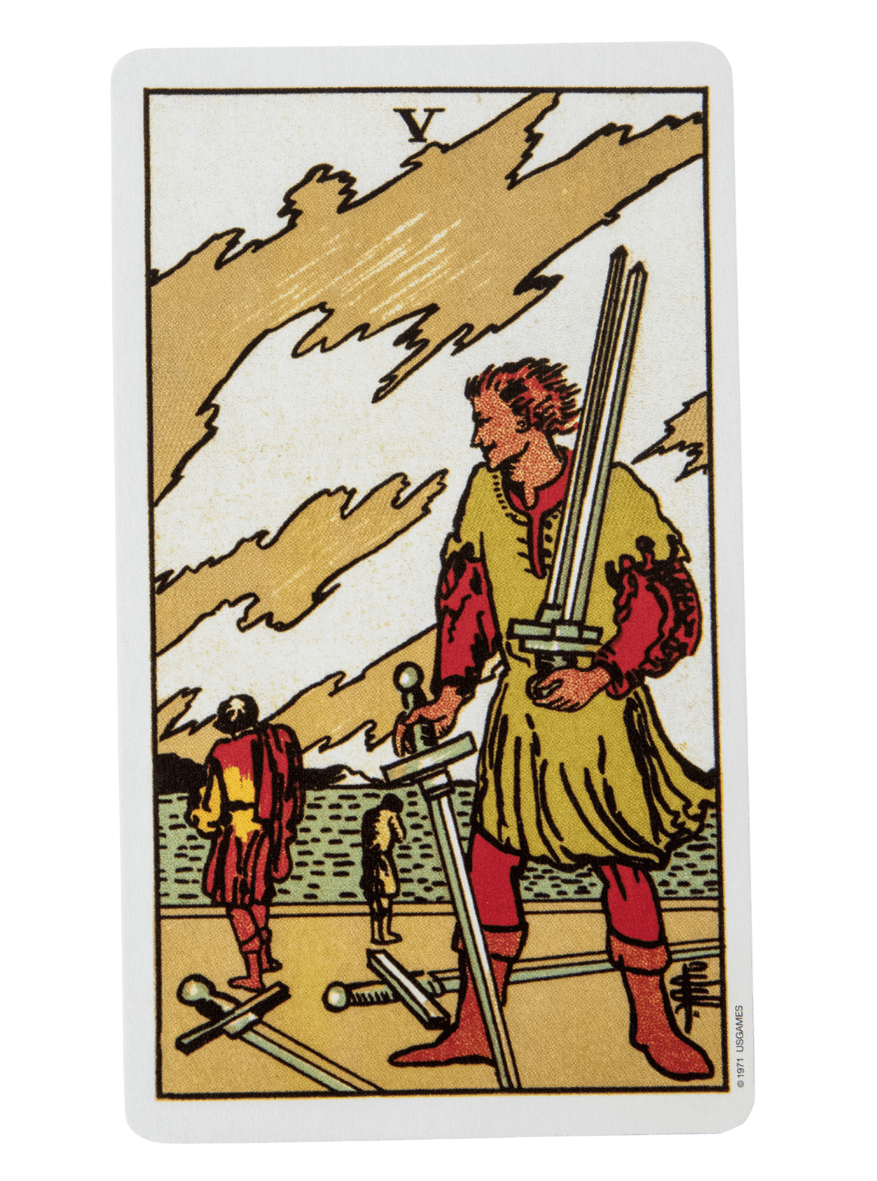
Five of Swords
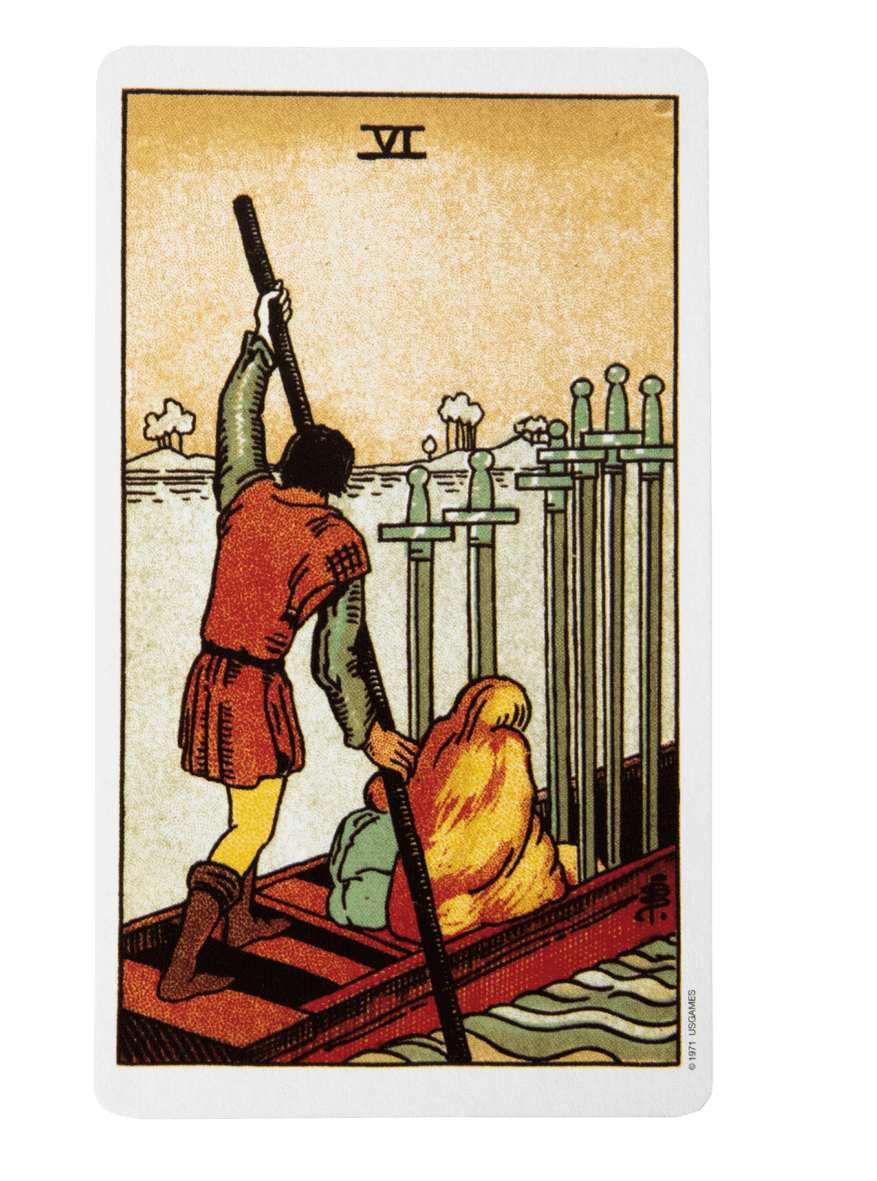
Six of Swords
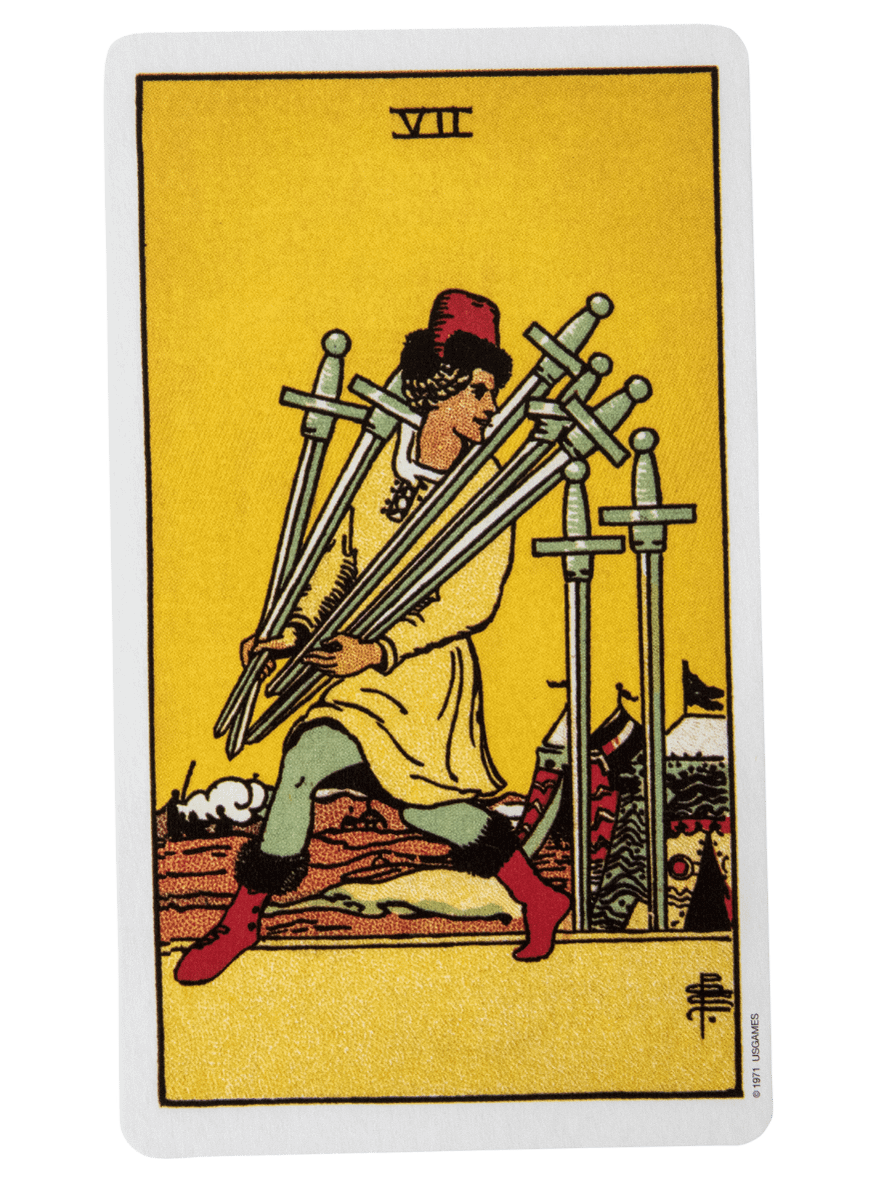
Seven of Swords
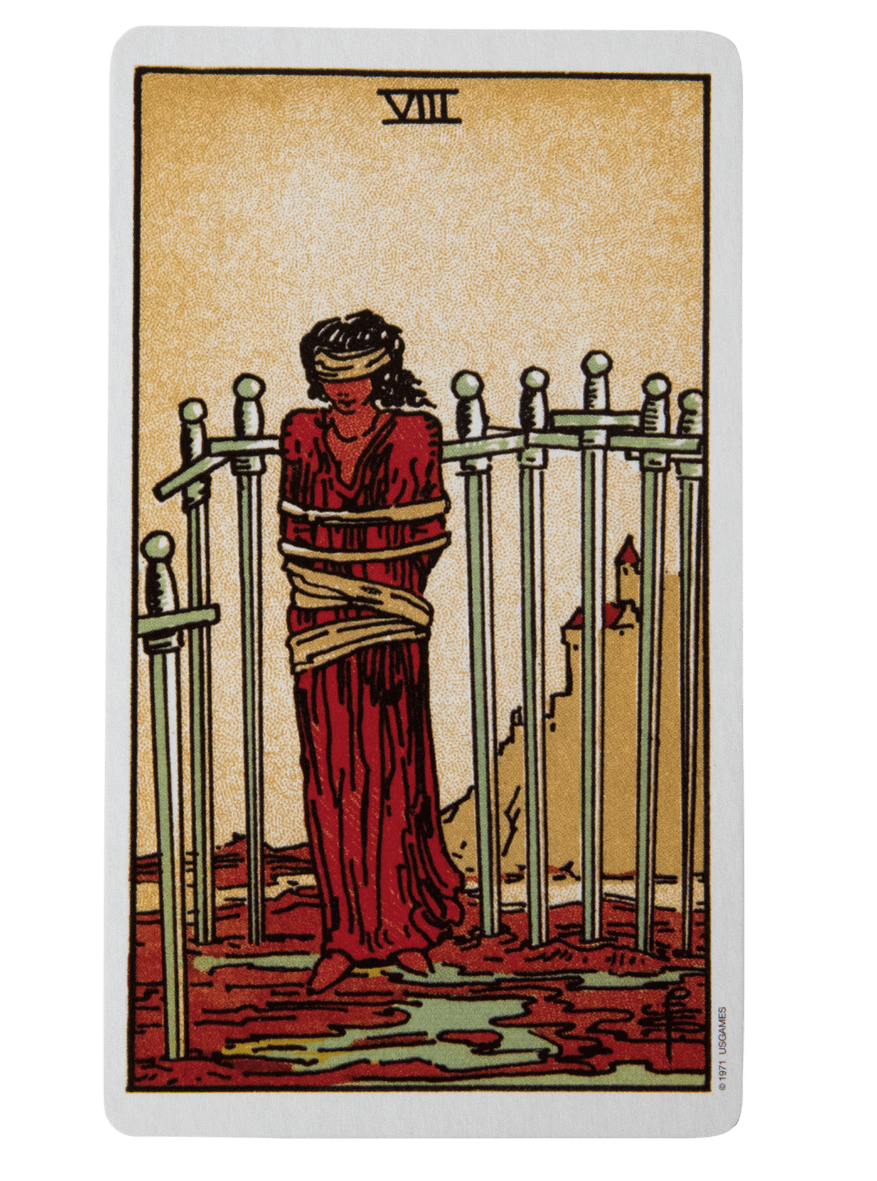
Eight of Swords

Nine of Swords
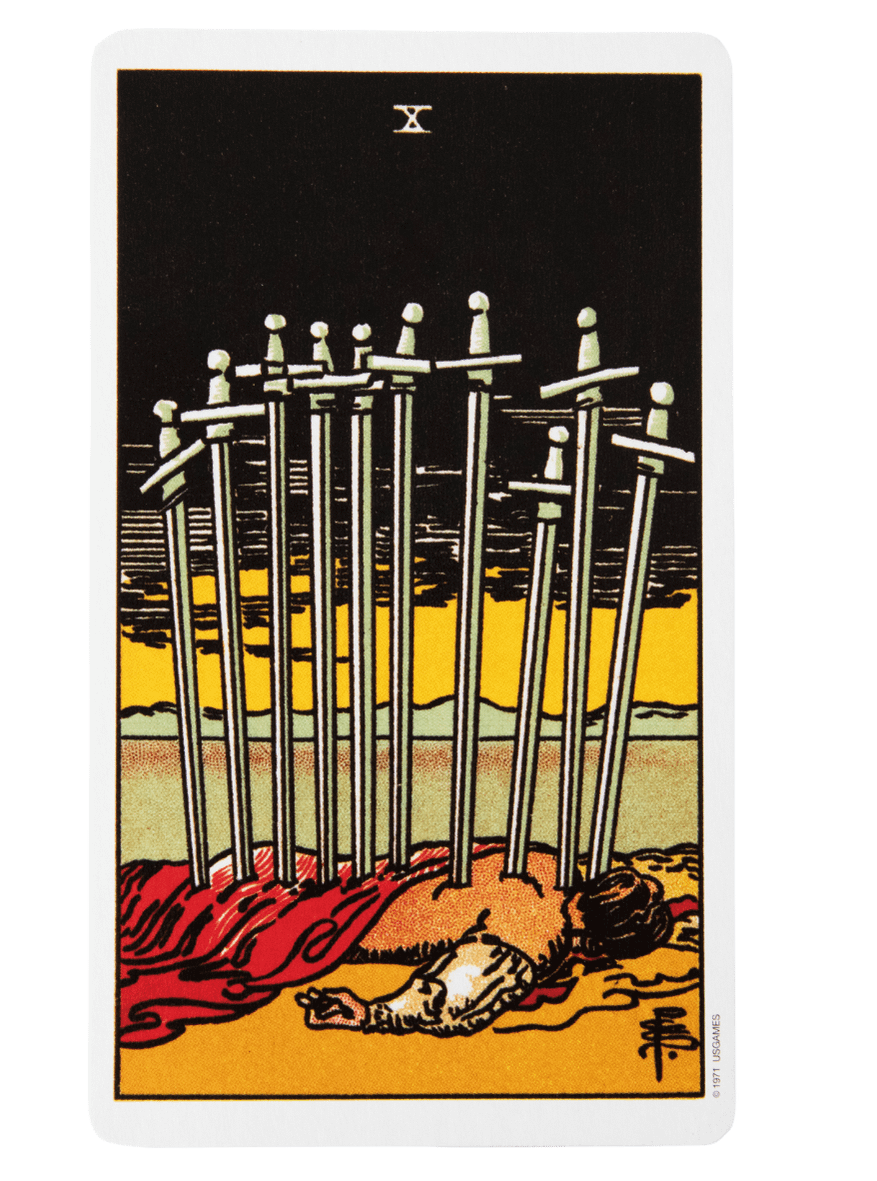
Ten of Swords
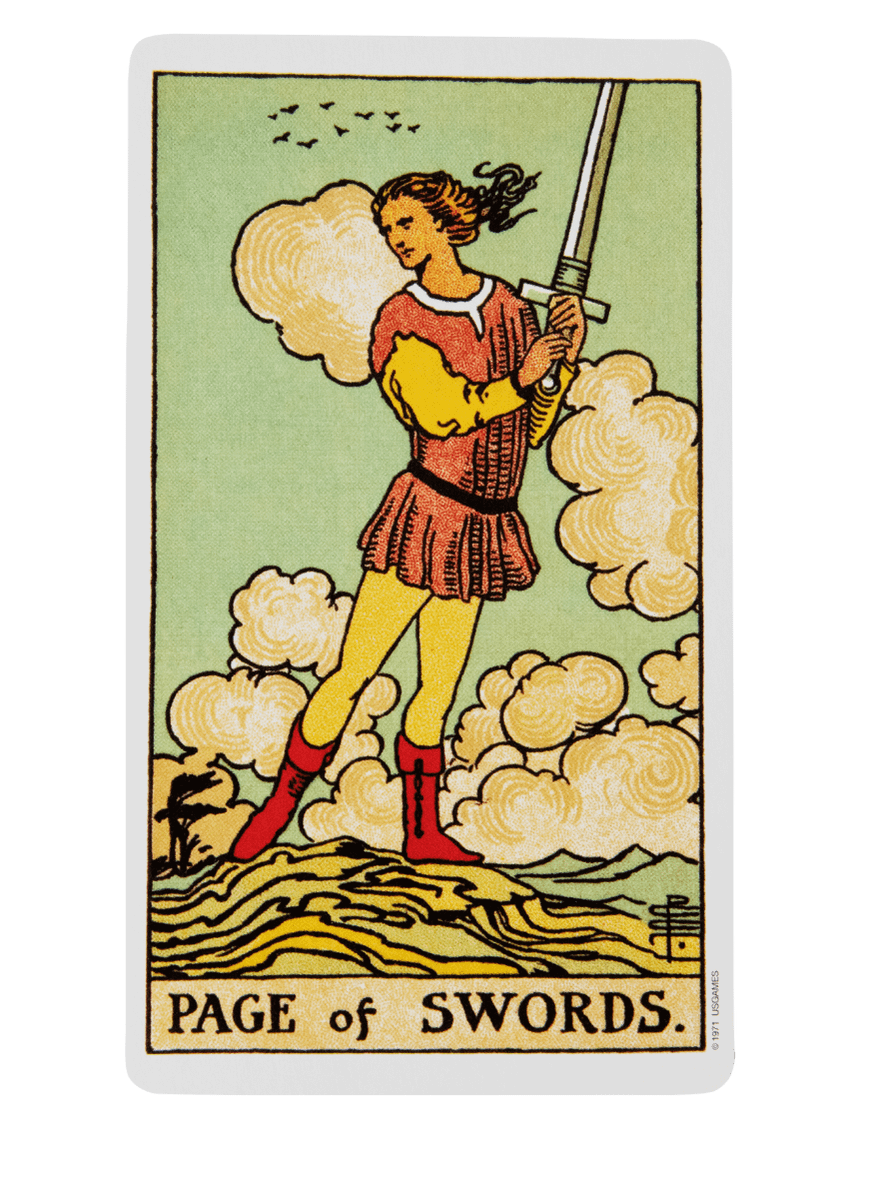
Page of Swords
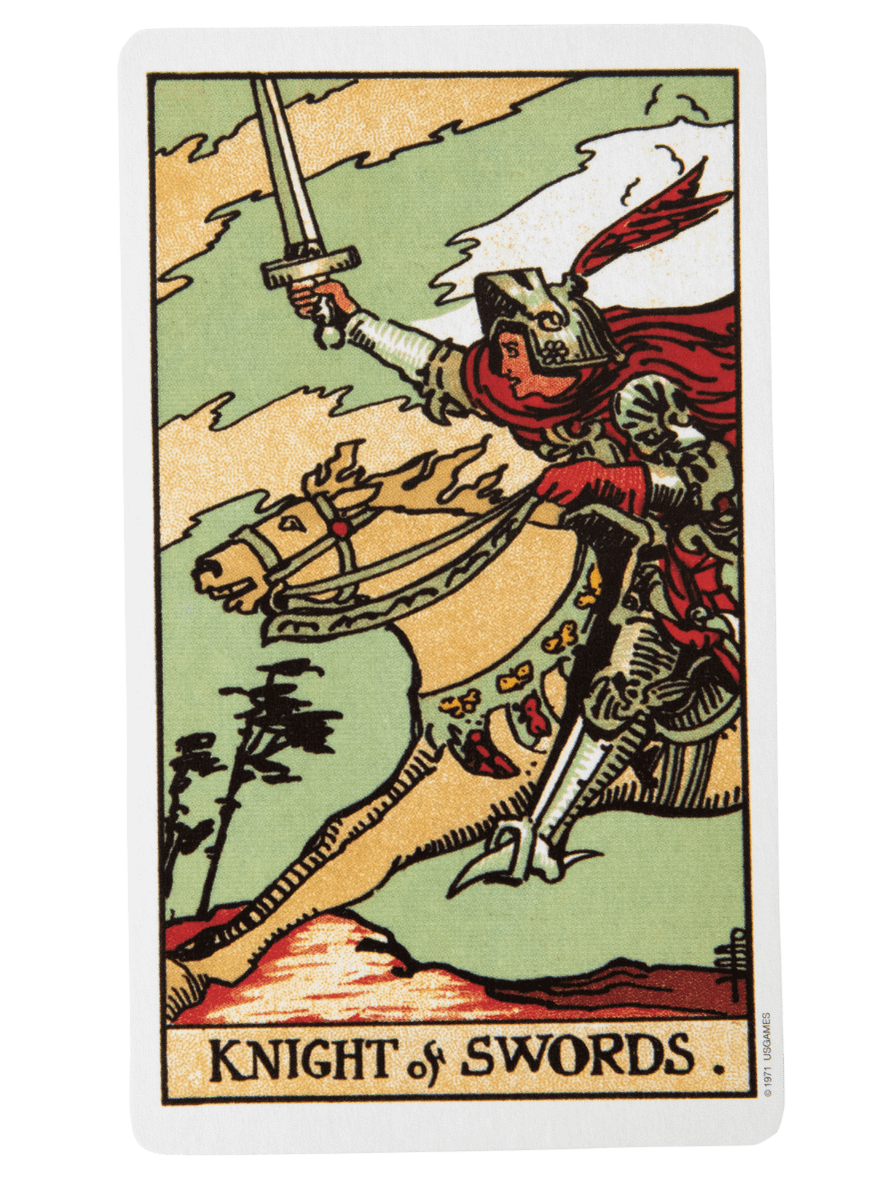
Knight of Swords
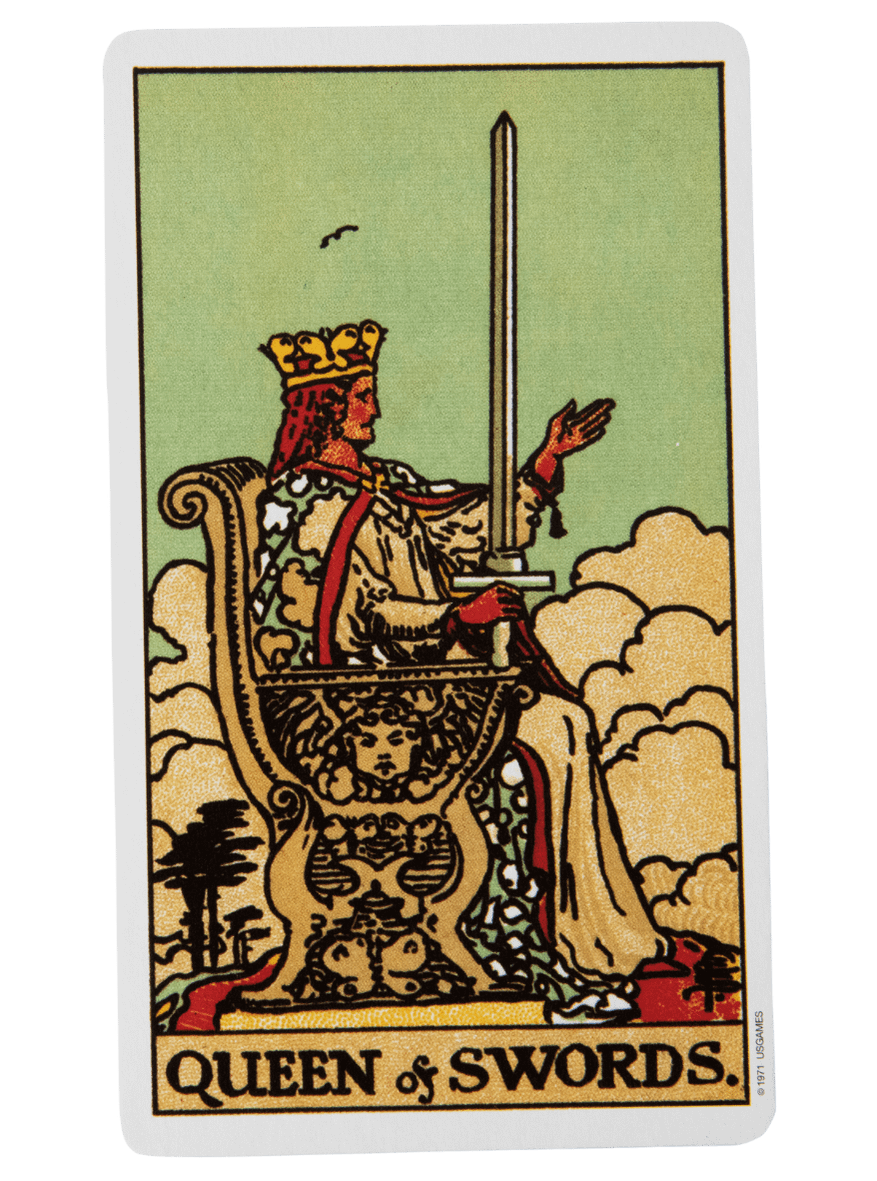
Queen of Swords
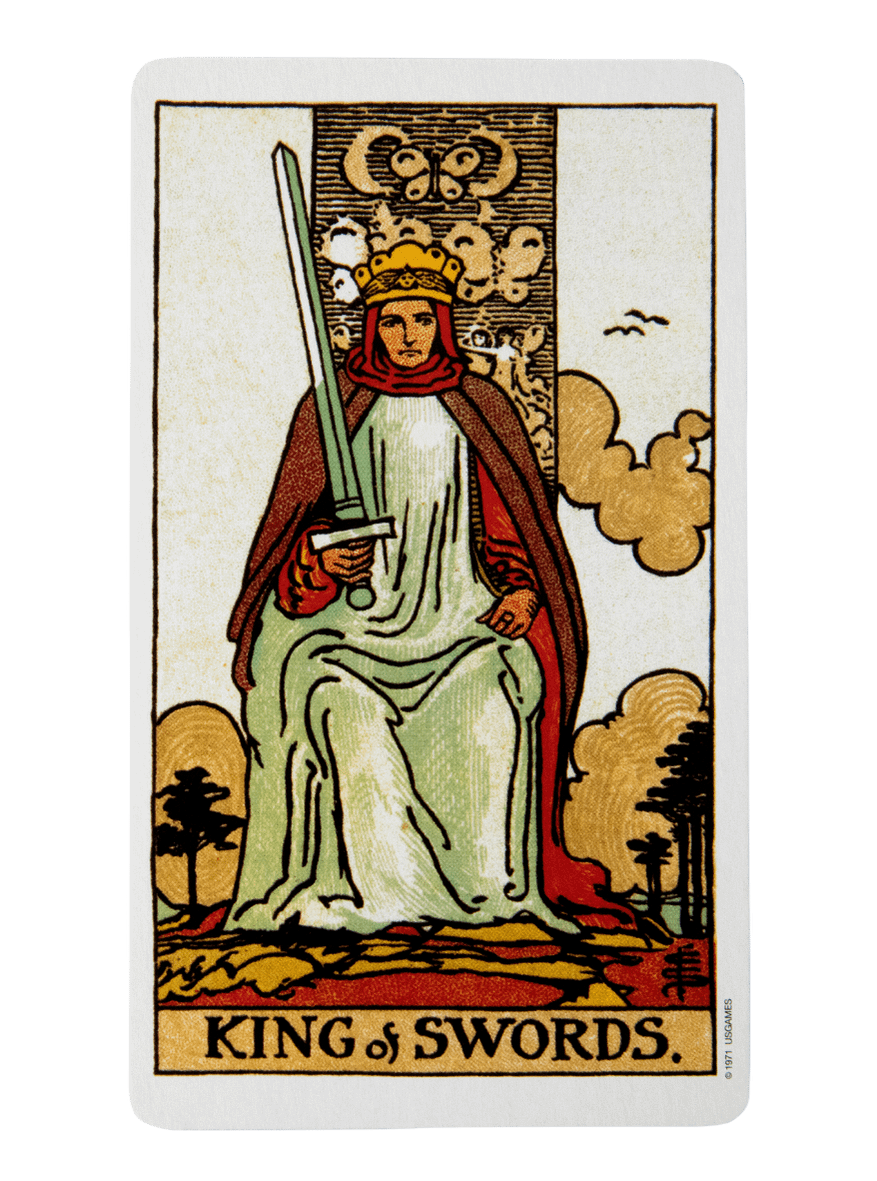
King of Swords
Frequently Asked Questions
How many tarot cards are there?
A standard tarot deck has seventy-eight cards: twenty two Major Arcana and fifty six Minor Arcana. Most decks follow this structure, though some creators add extra cards to expand the scope of the deck and offer new angles on traditional themes or introduce unique archetypes to explore in readings.
Do all tarot decks have the same meanings?
Most decks follow a similar structure and base meanings, but artwork, symbols, and the creator’s vision can shift interpretation. Always check the guidebook for your deck, especially if it uses unique imagery, changes suit names, or adds cards not found in traditional tarot systems based on the Rider Waite Smith tradition.
Should I memorise all tarot card meanings?
Learning the core meanings is helpful, but you do not need to memorise every detail. Combine traditional meanings with your own insights and the context of the reading. Over time, you will develop a flexible understanding that makes it easier to interpret cards naturally and adapt them to different questions and spreads.
Can I learn tarot without a guidebook?
Yes. Practise by drawing cards regularly, reflecting on the imagery, and noting your interpretations in a journal. Guidebooks can offer useful insight, but your personal connection to the cards and real experience with readings are just as valuable for developing the skill and confidence to read for yourself or others.
What is the best way to start learning tarot?
Begin with the Major Arcana, then learn the Minor Arcana suits. Pull a daily card, write down your impressions, and compare them with traditional meanings. This helps you blend memorised knowledge with your personal observations, creating a learning process that is engaging, practical, and rooted in real reading experience.









